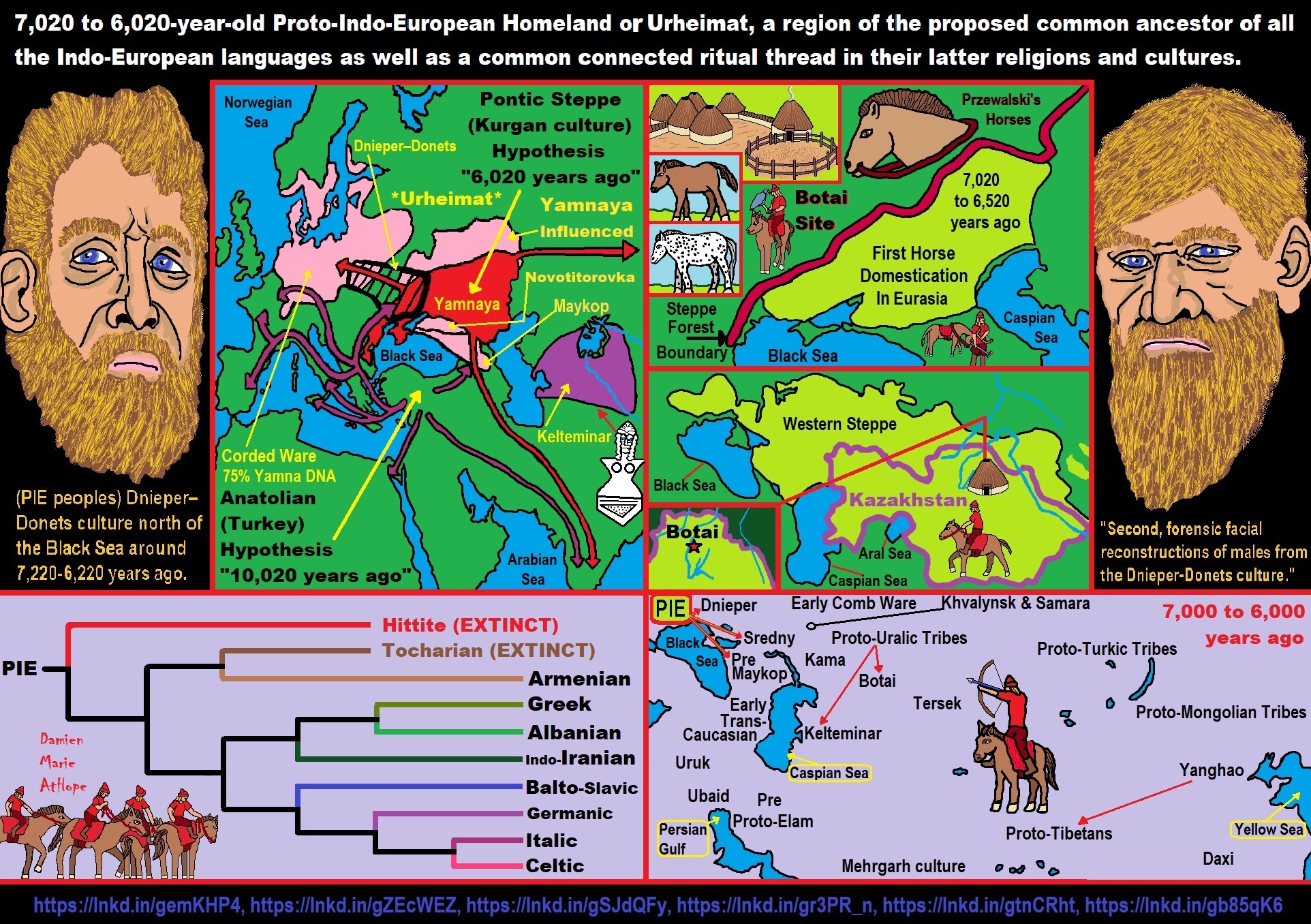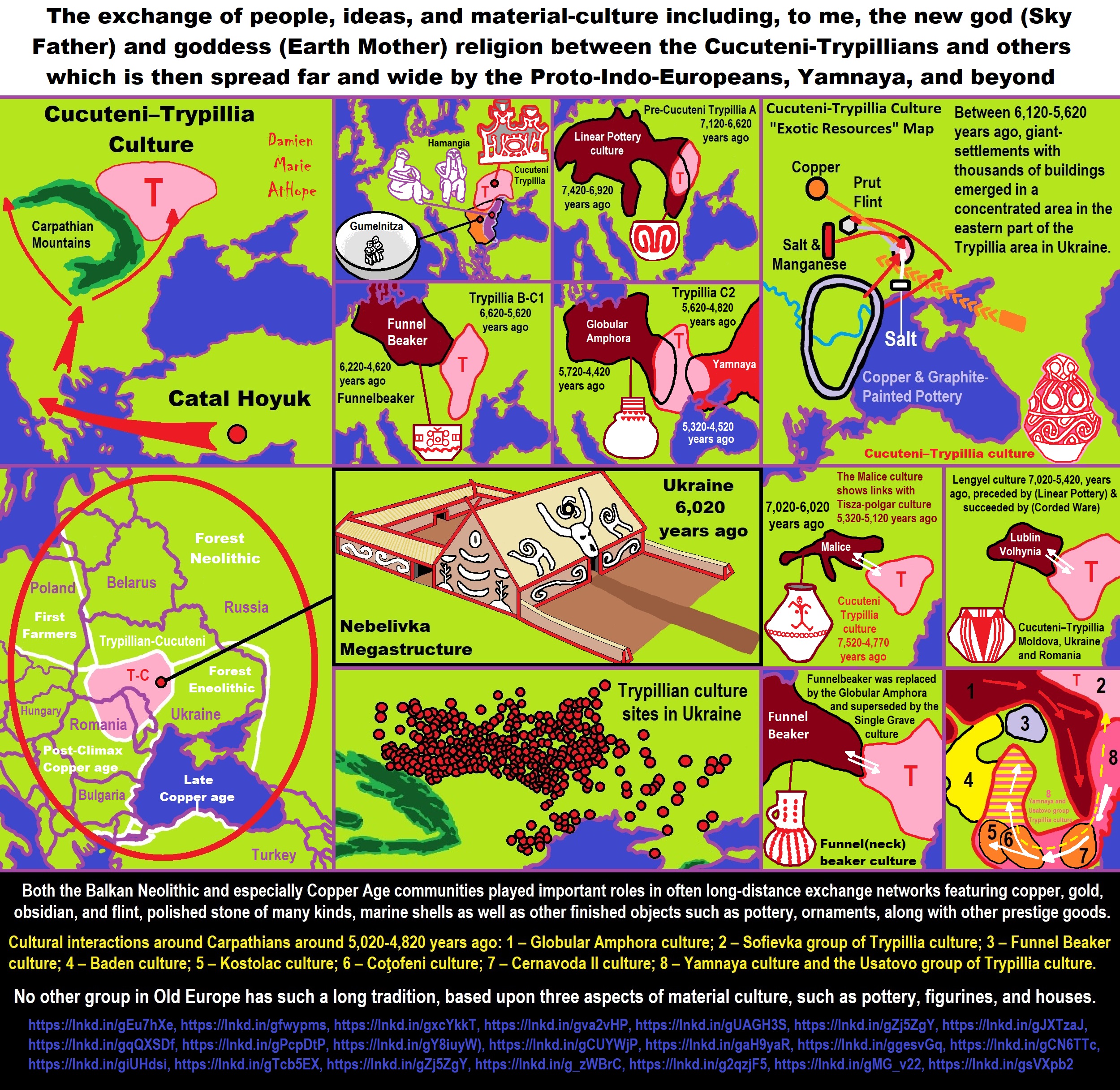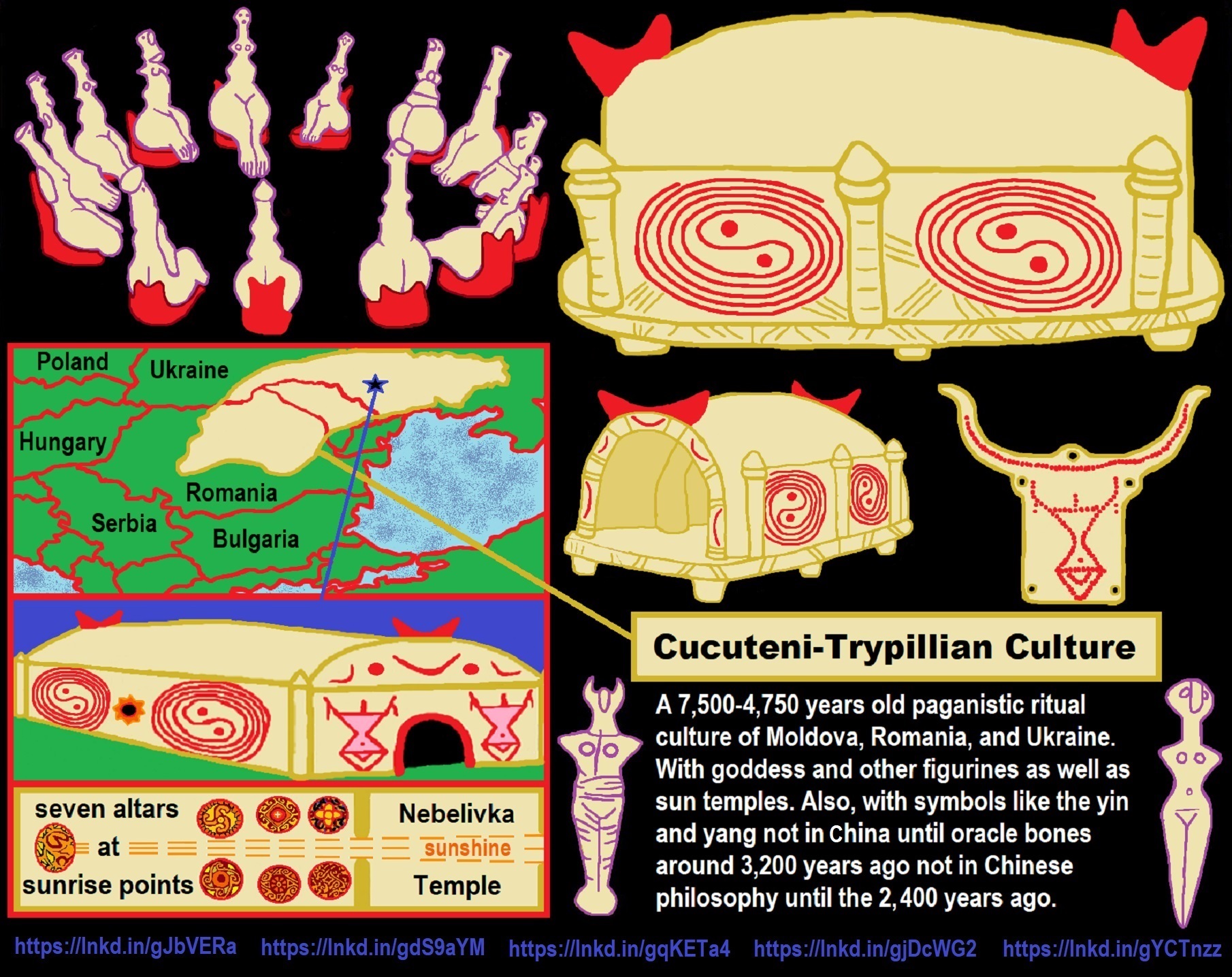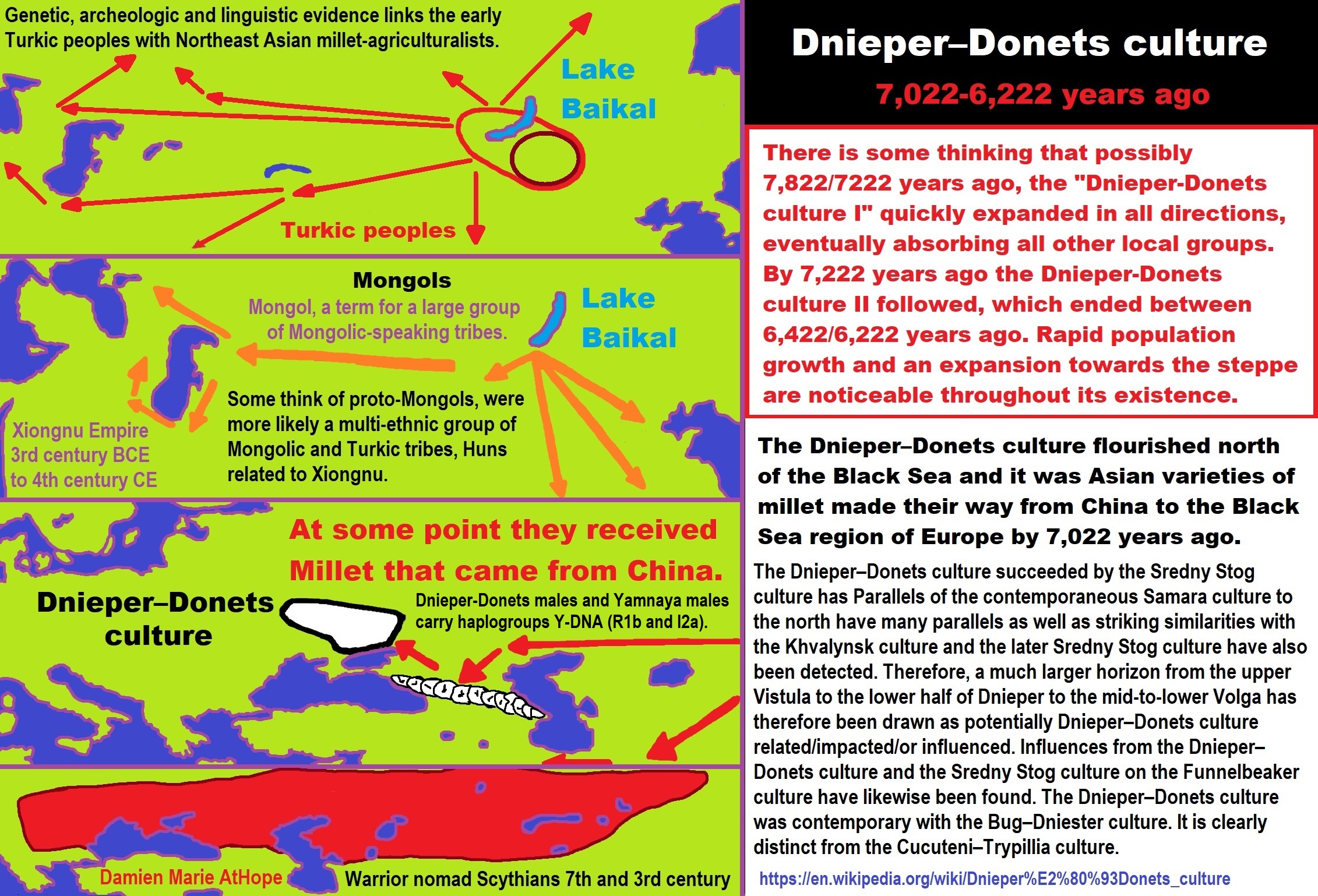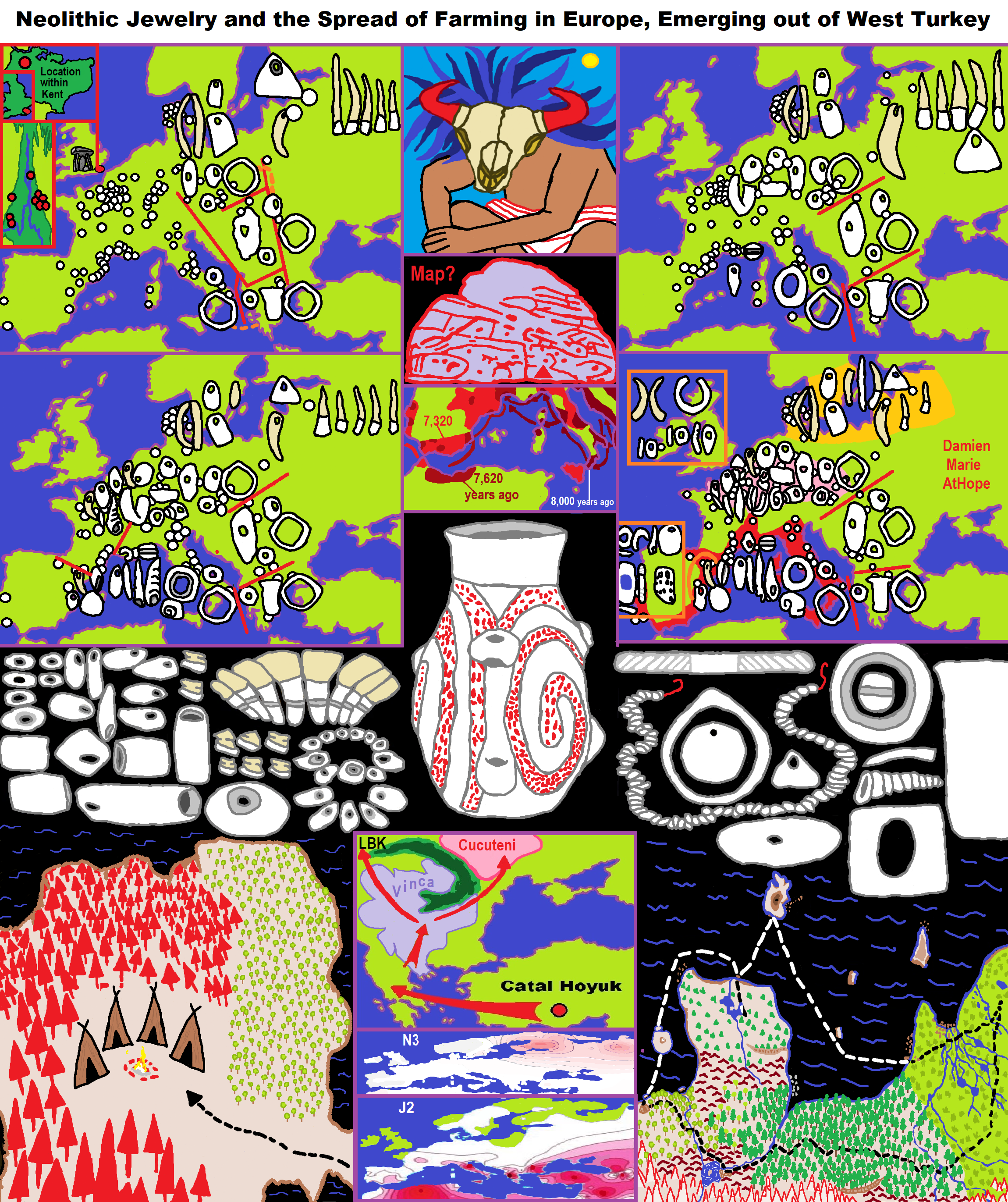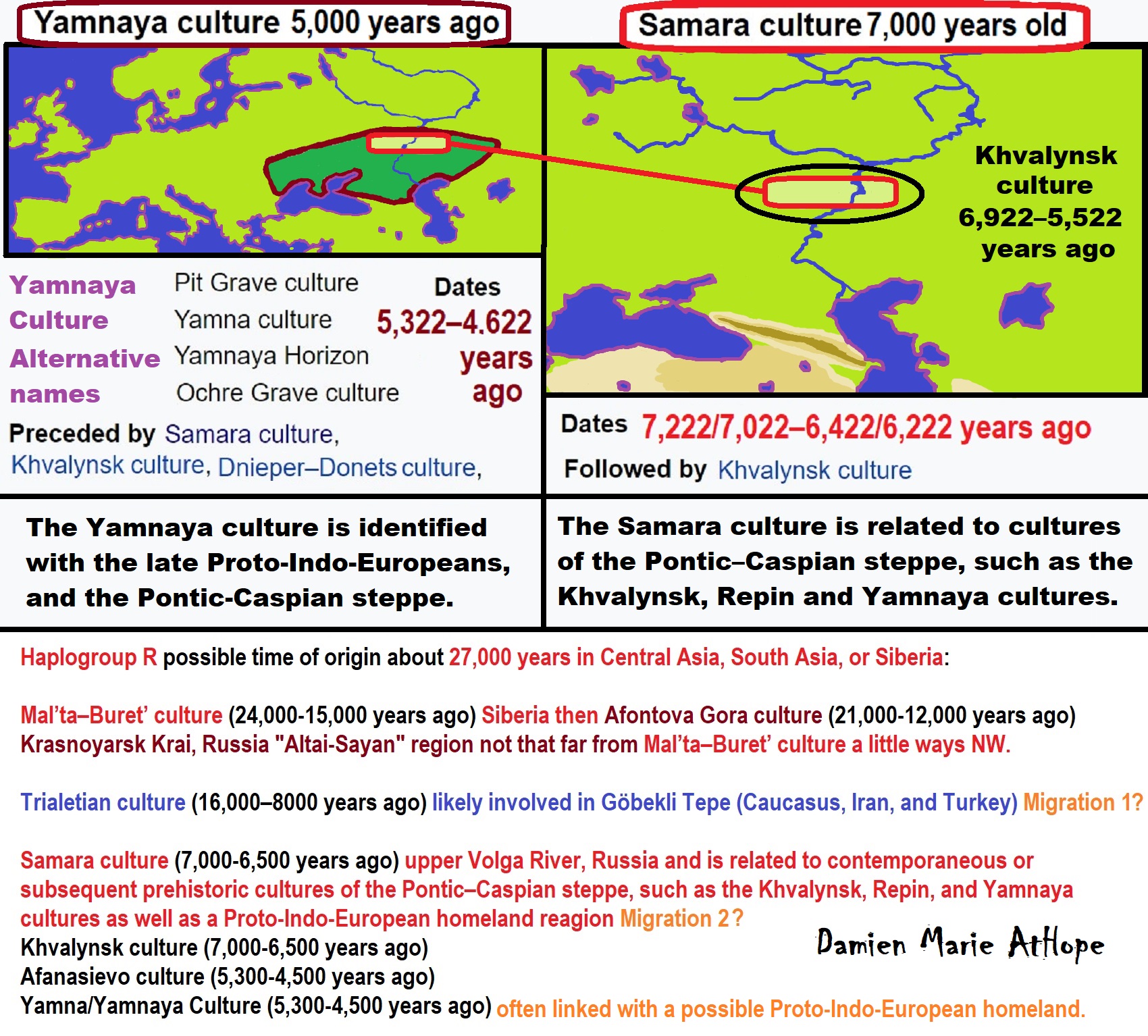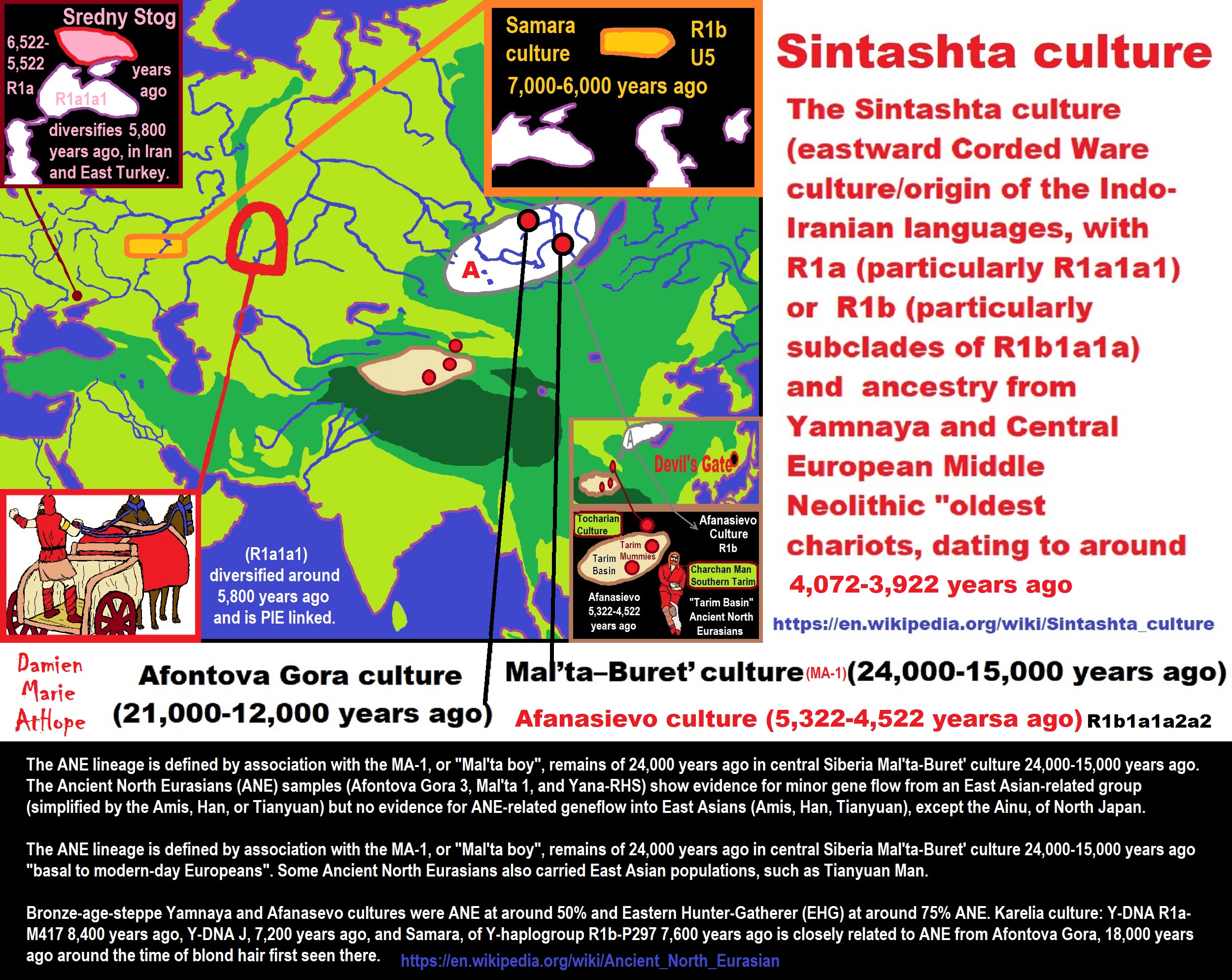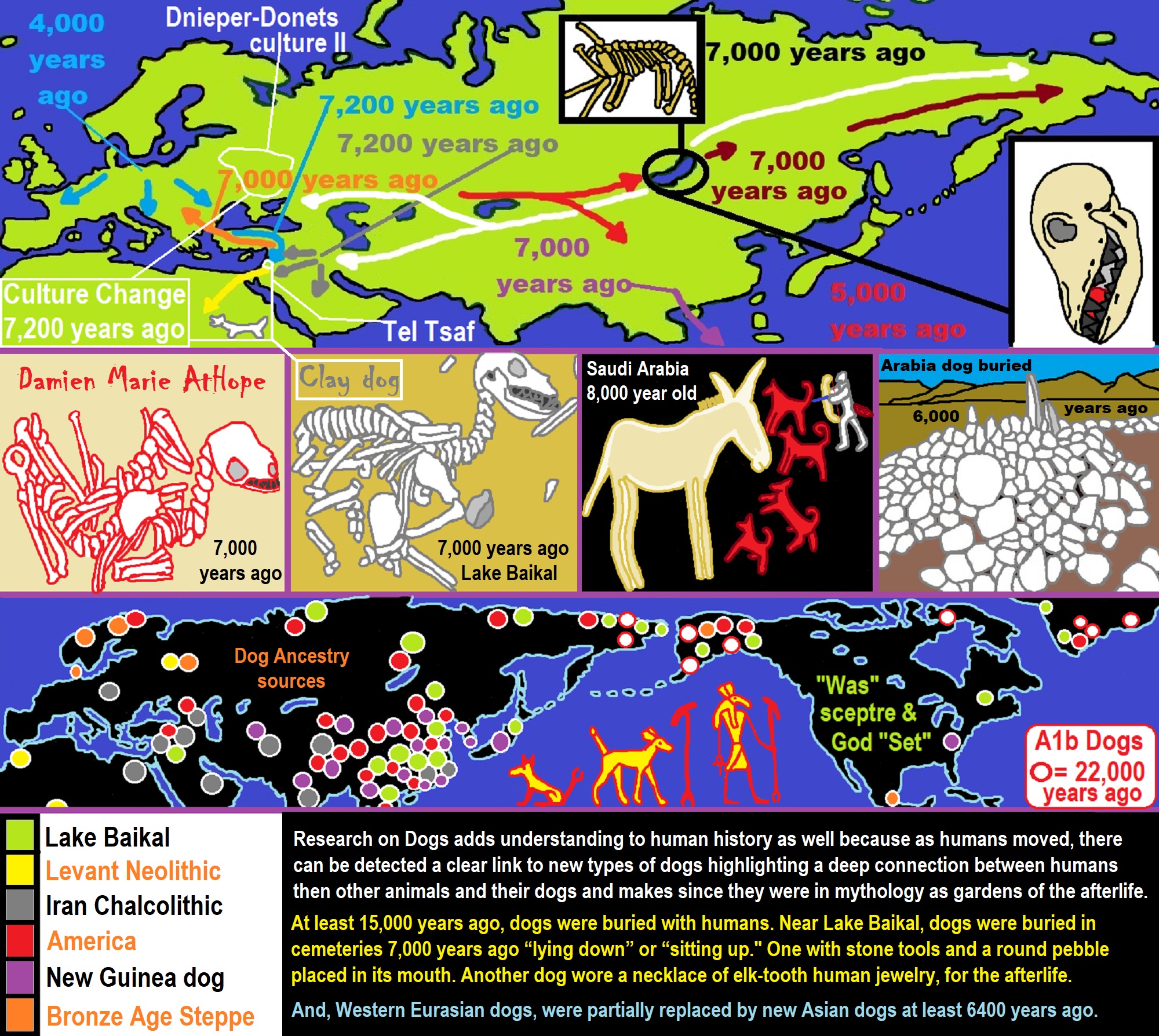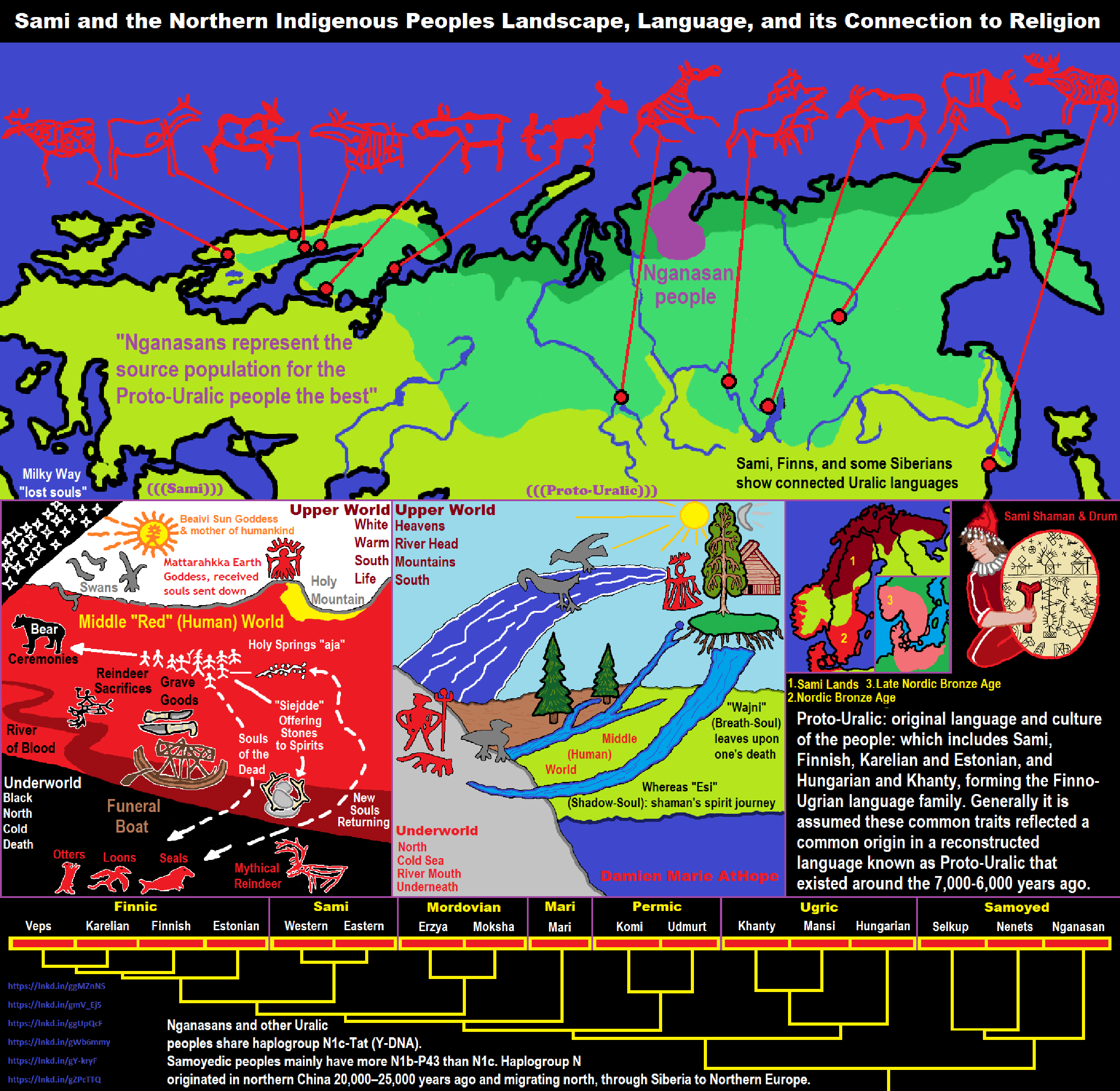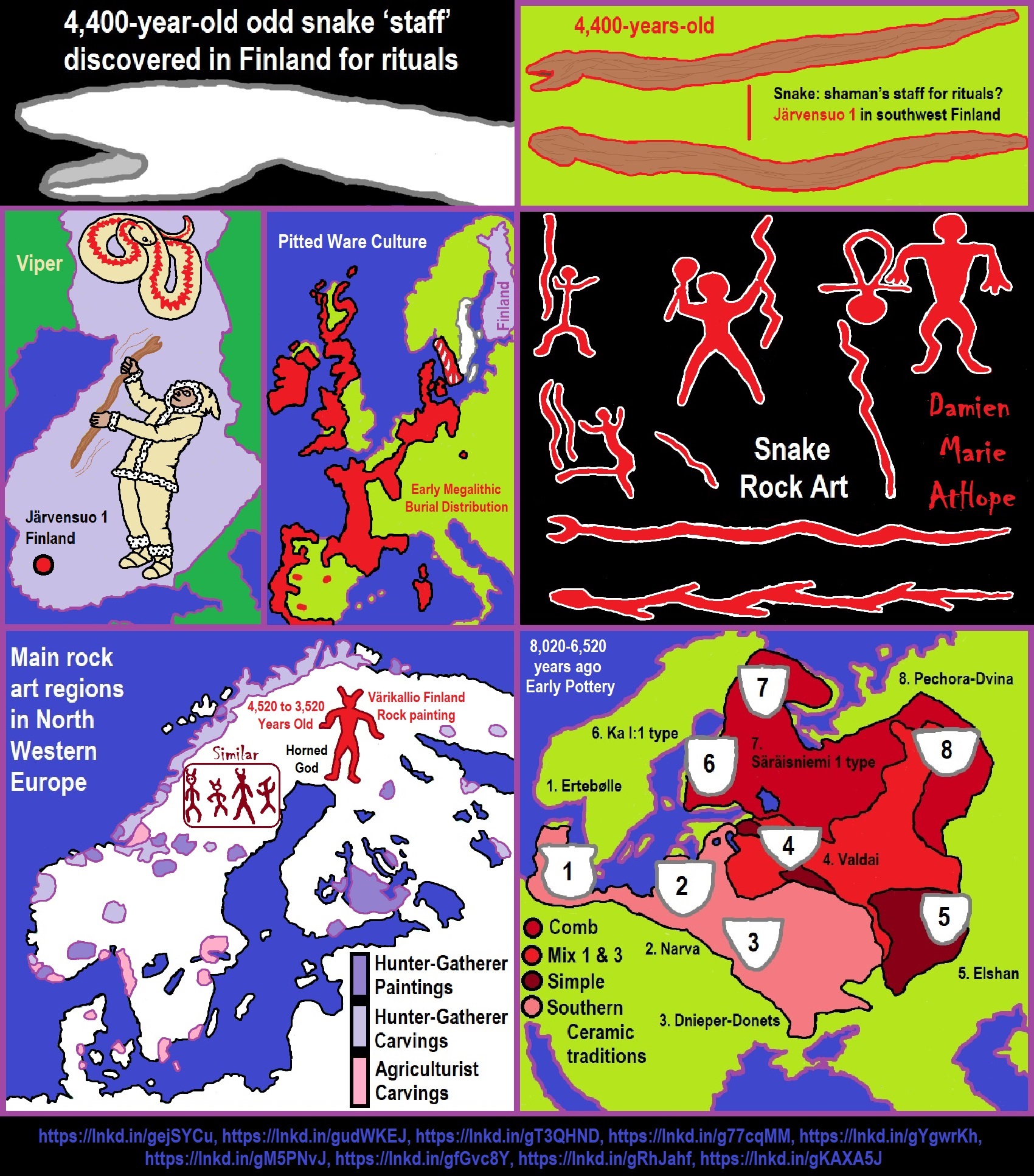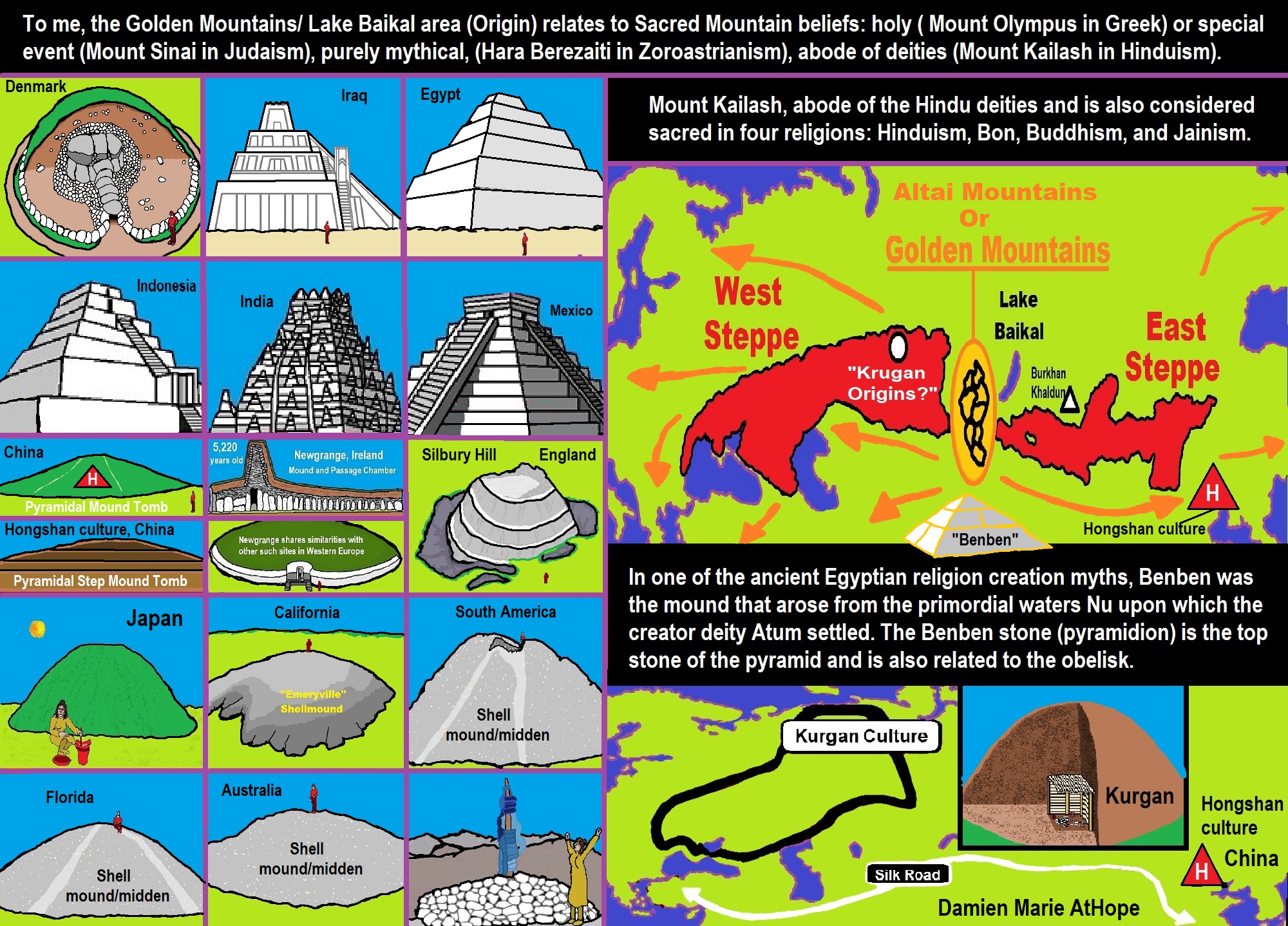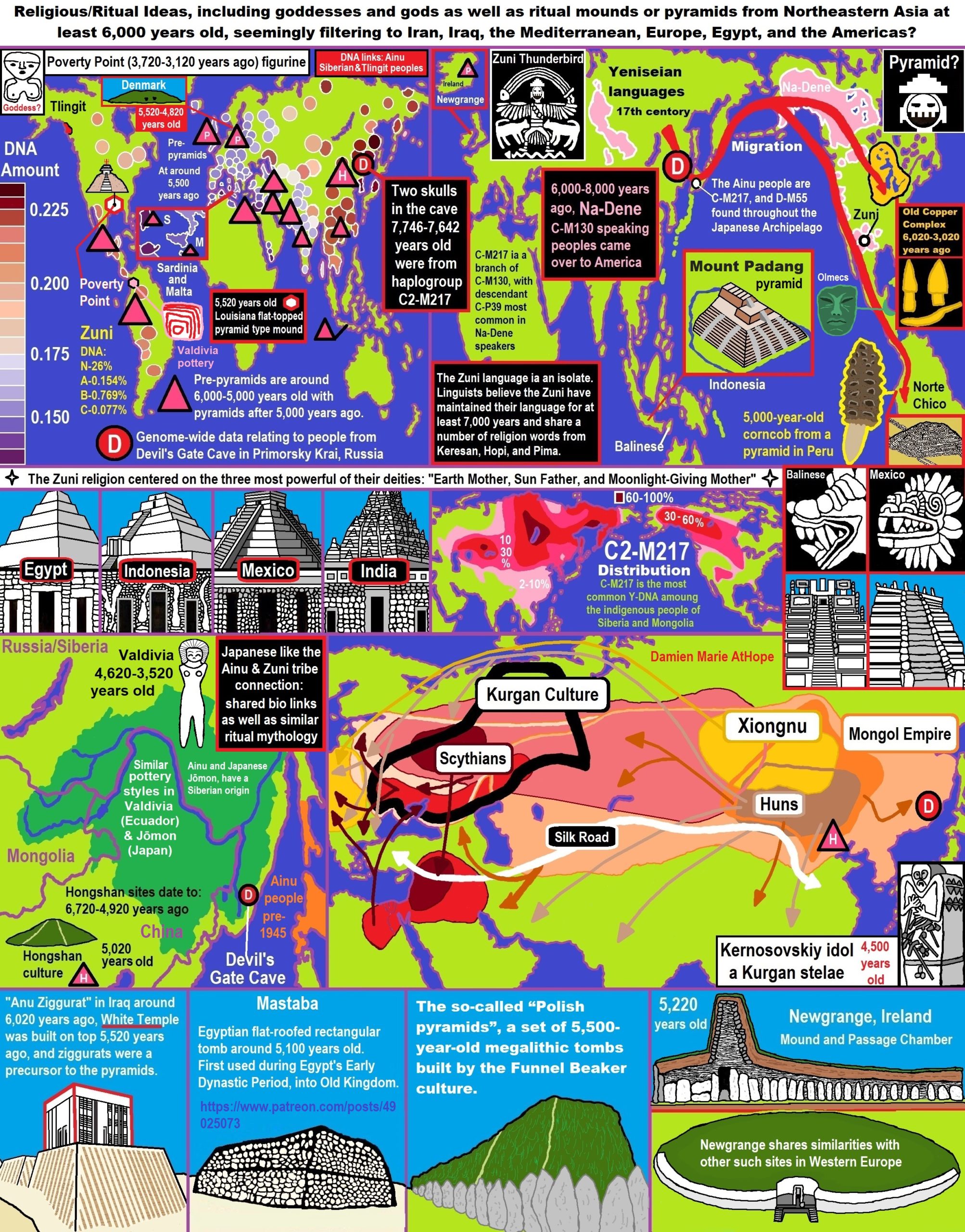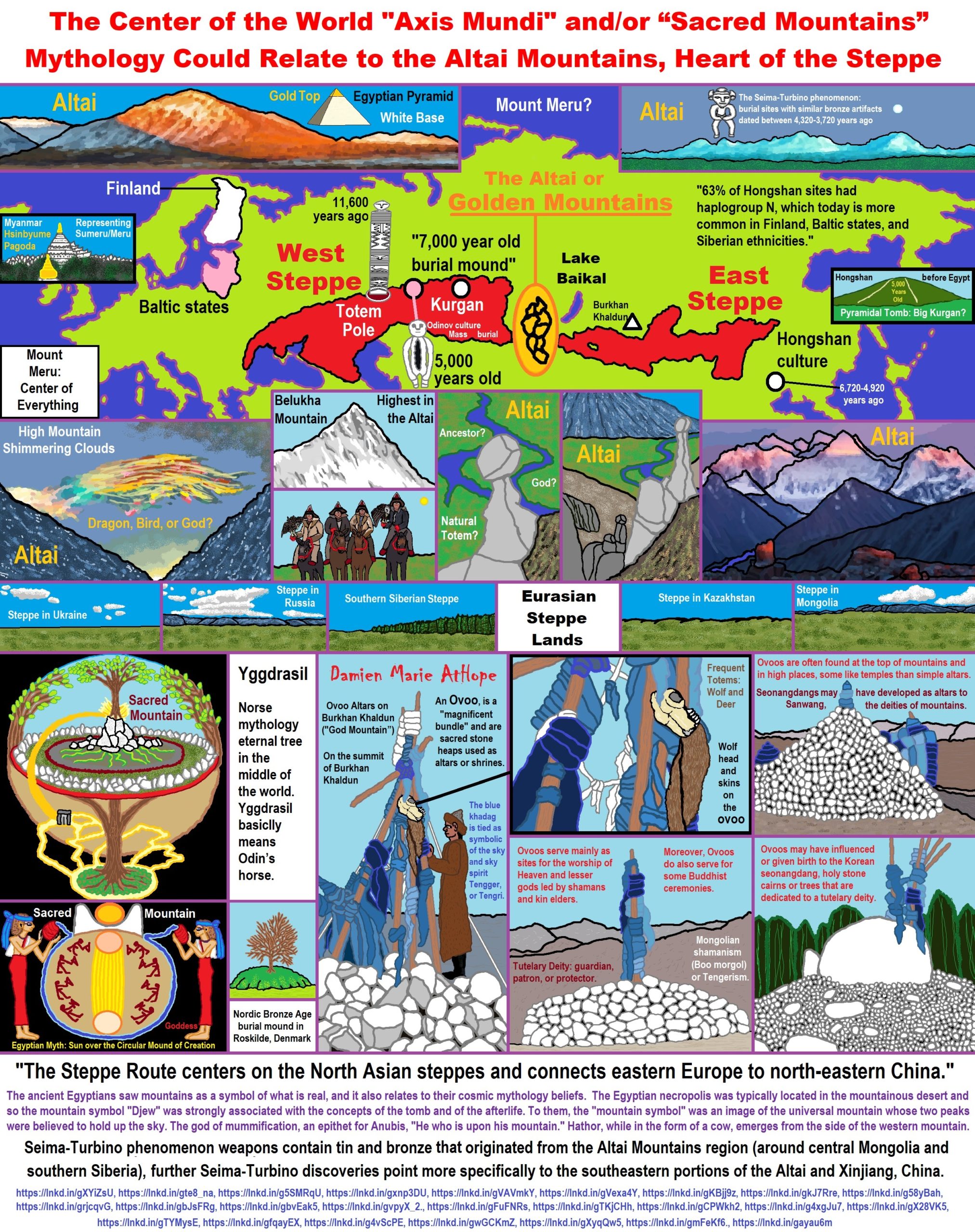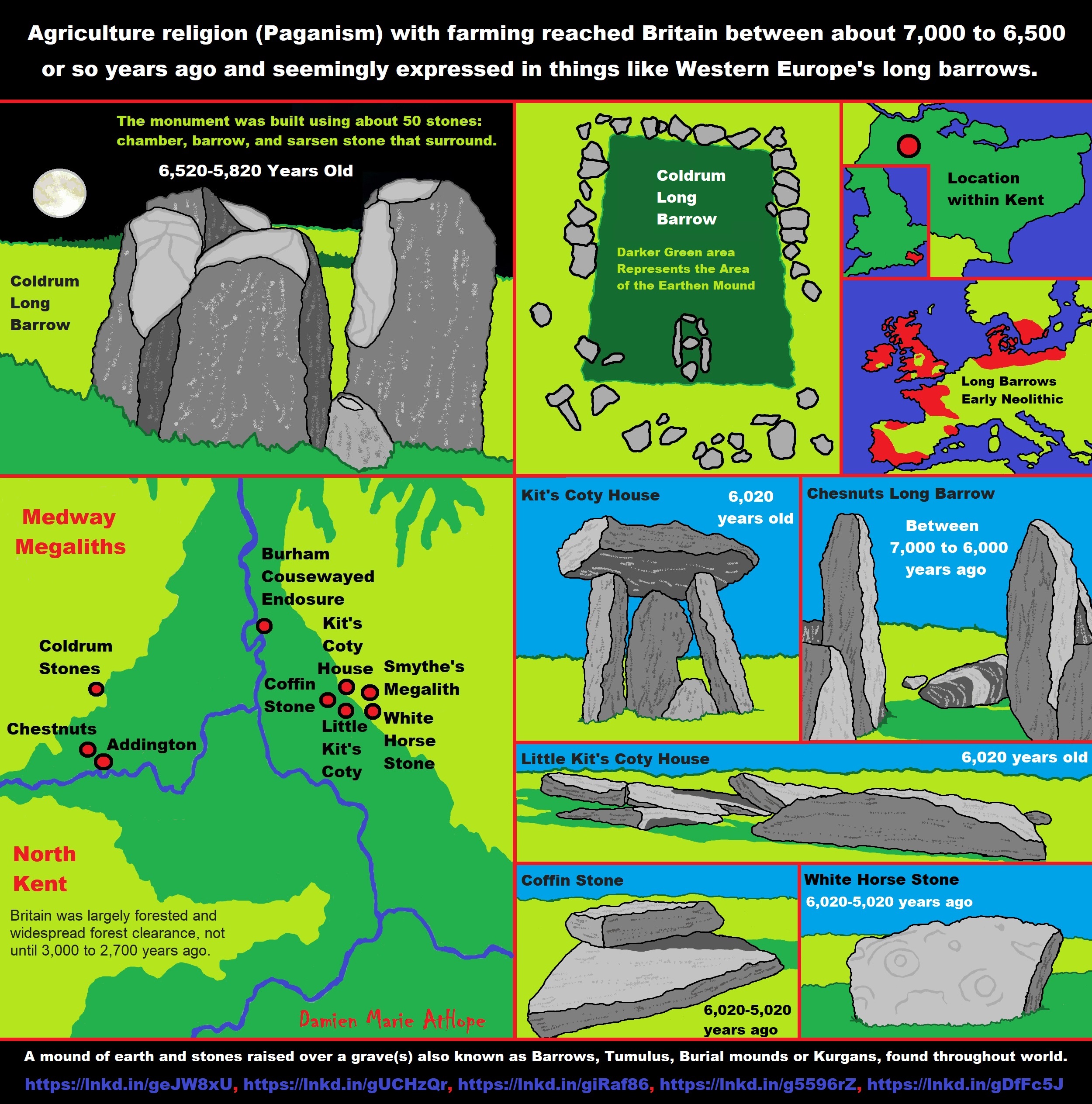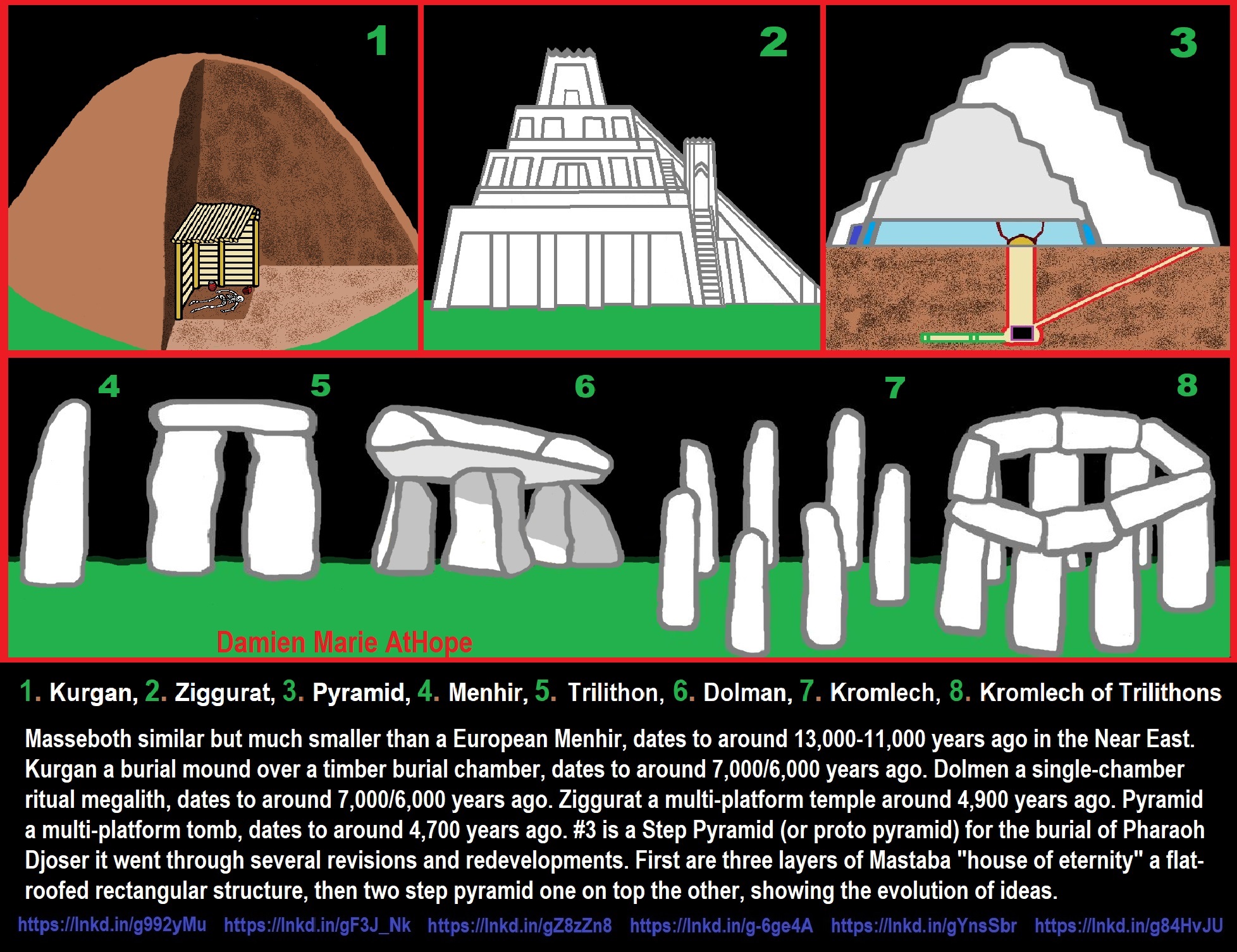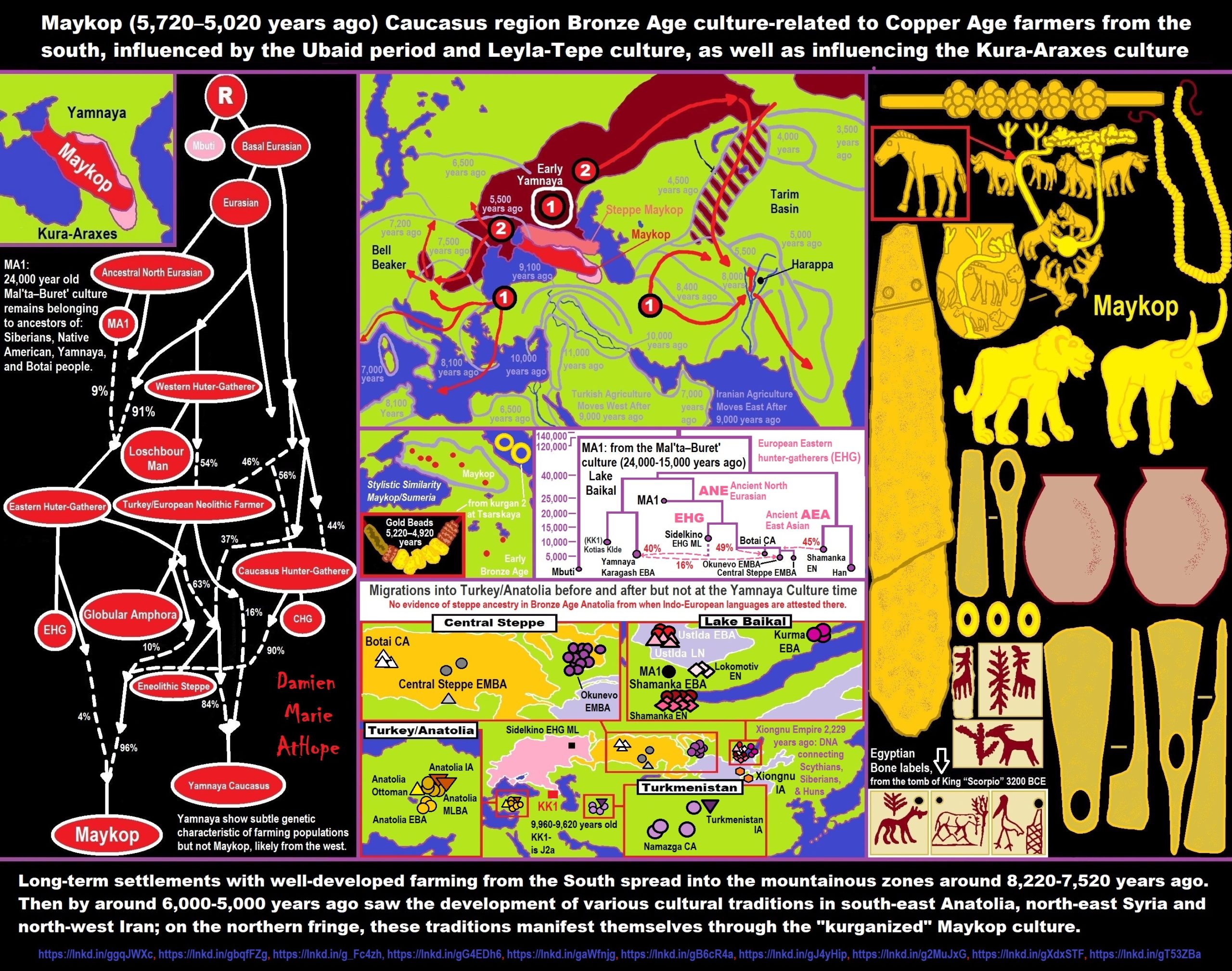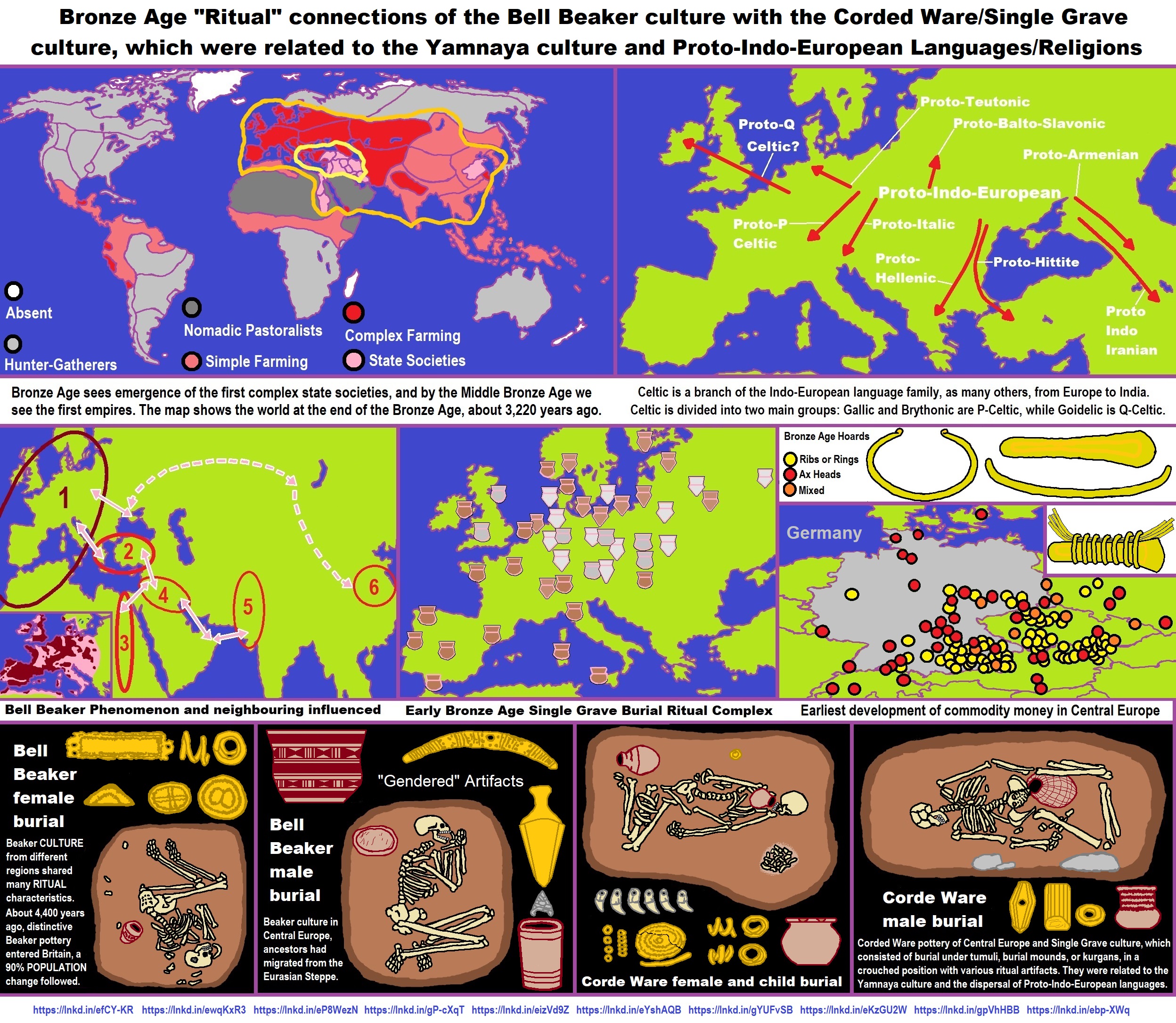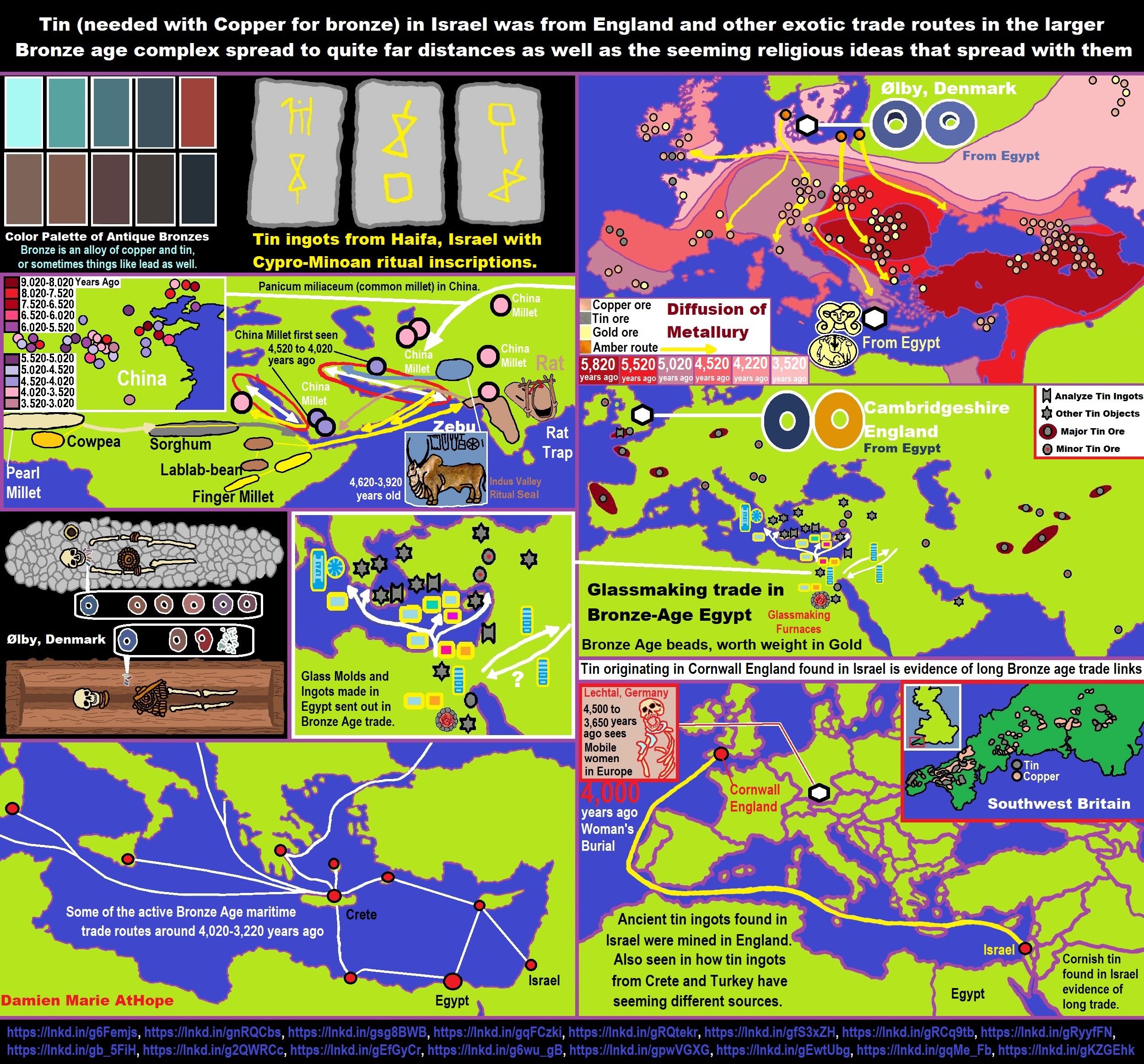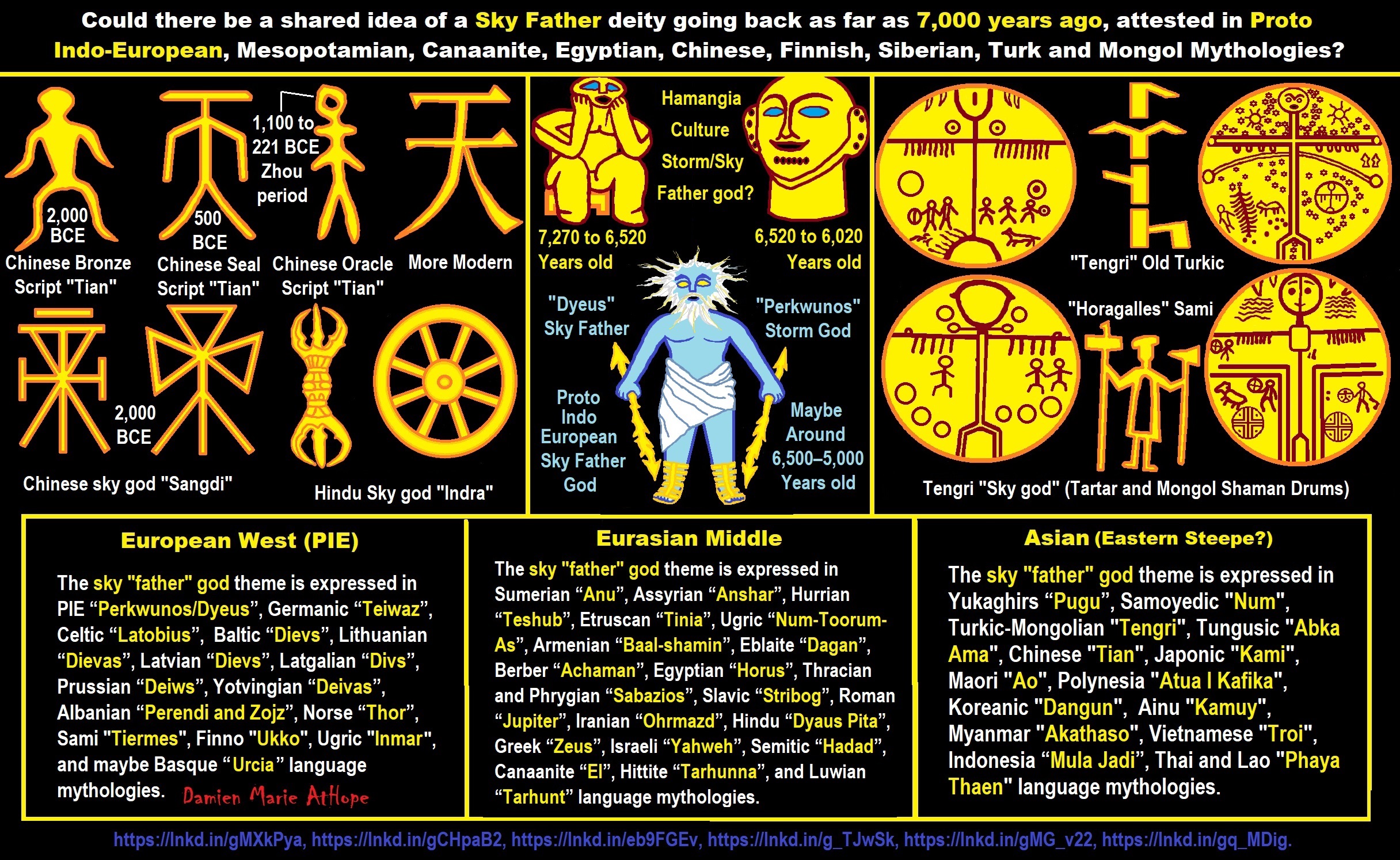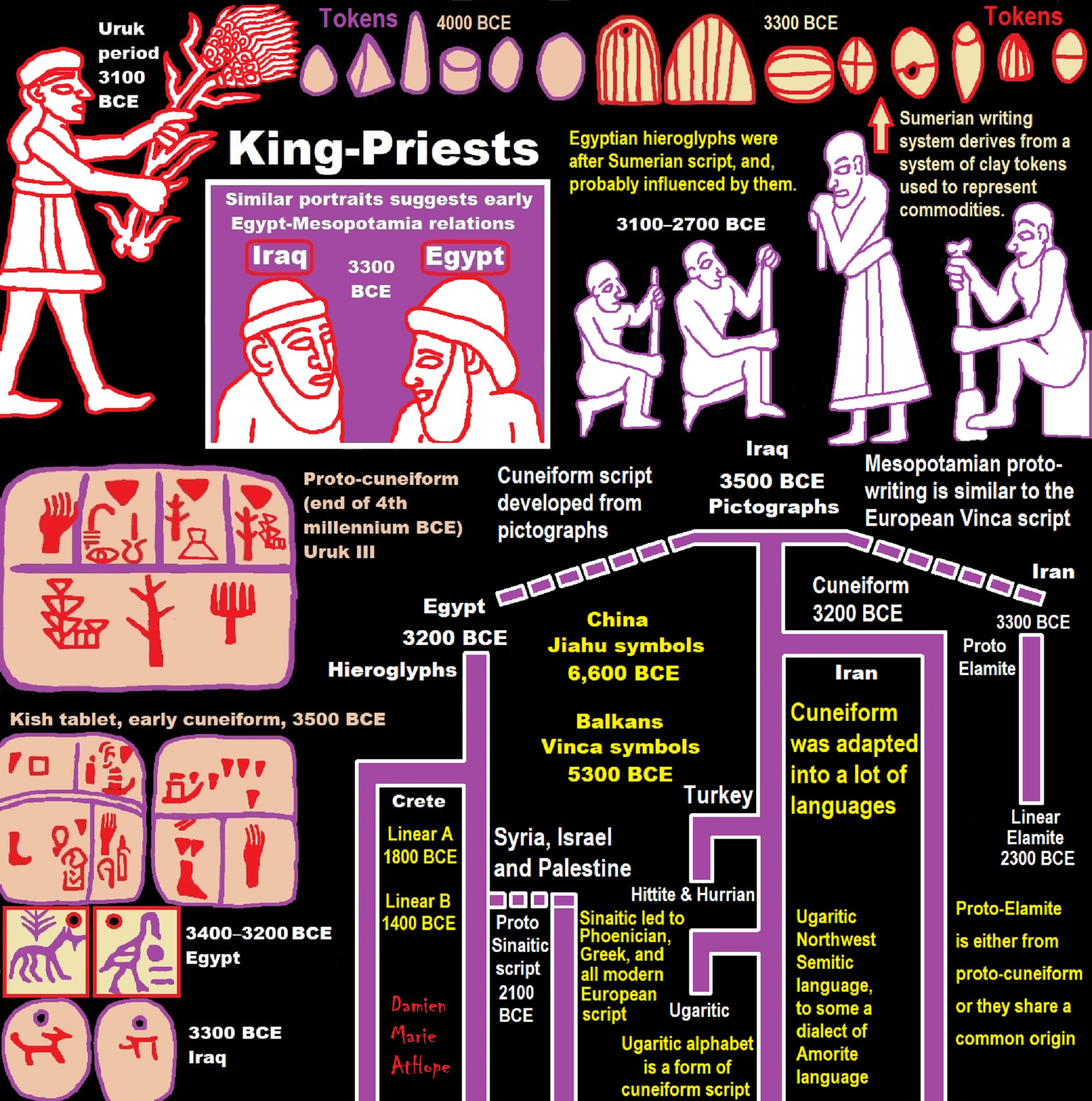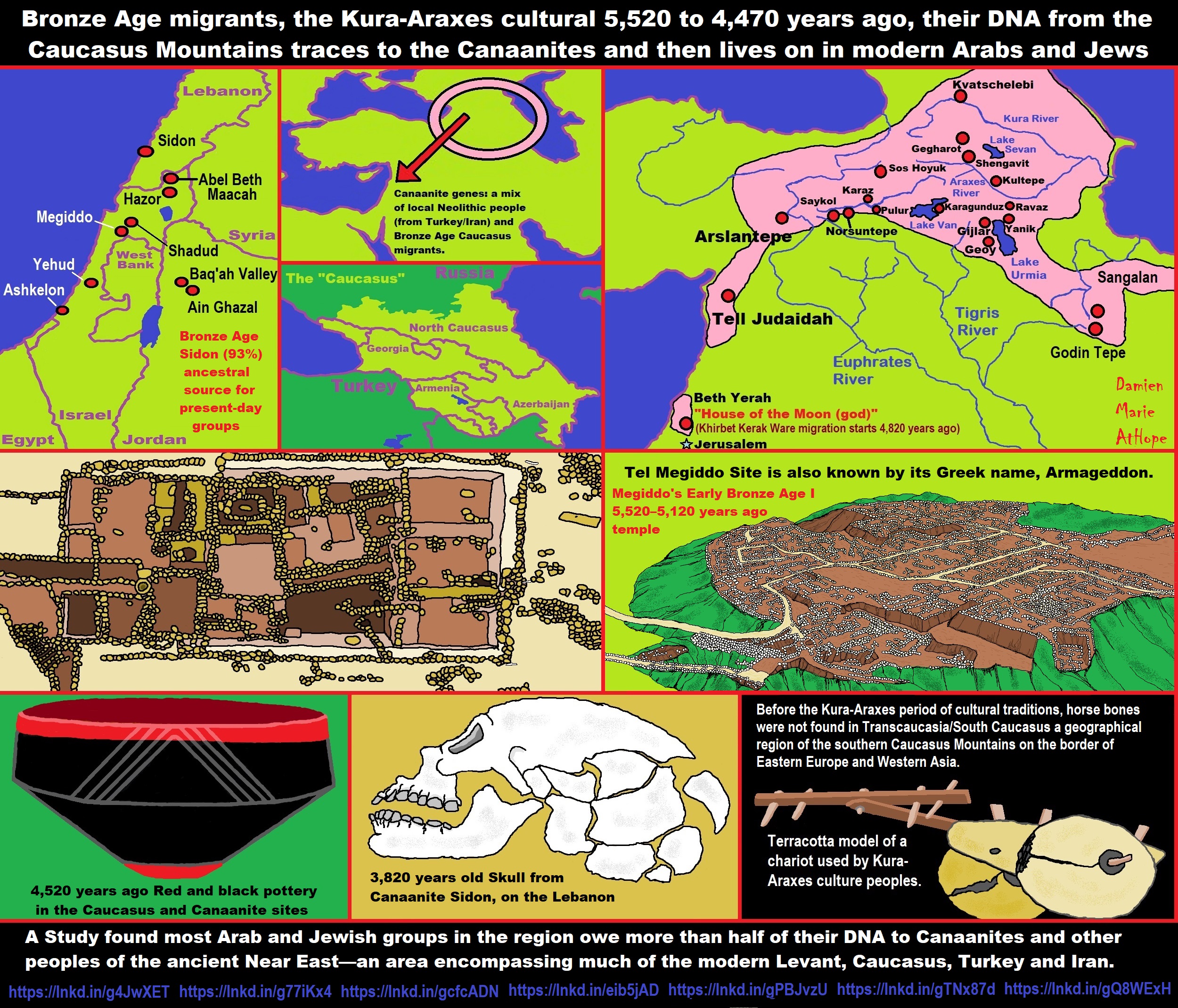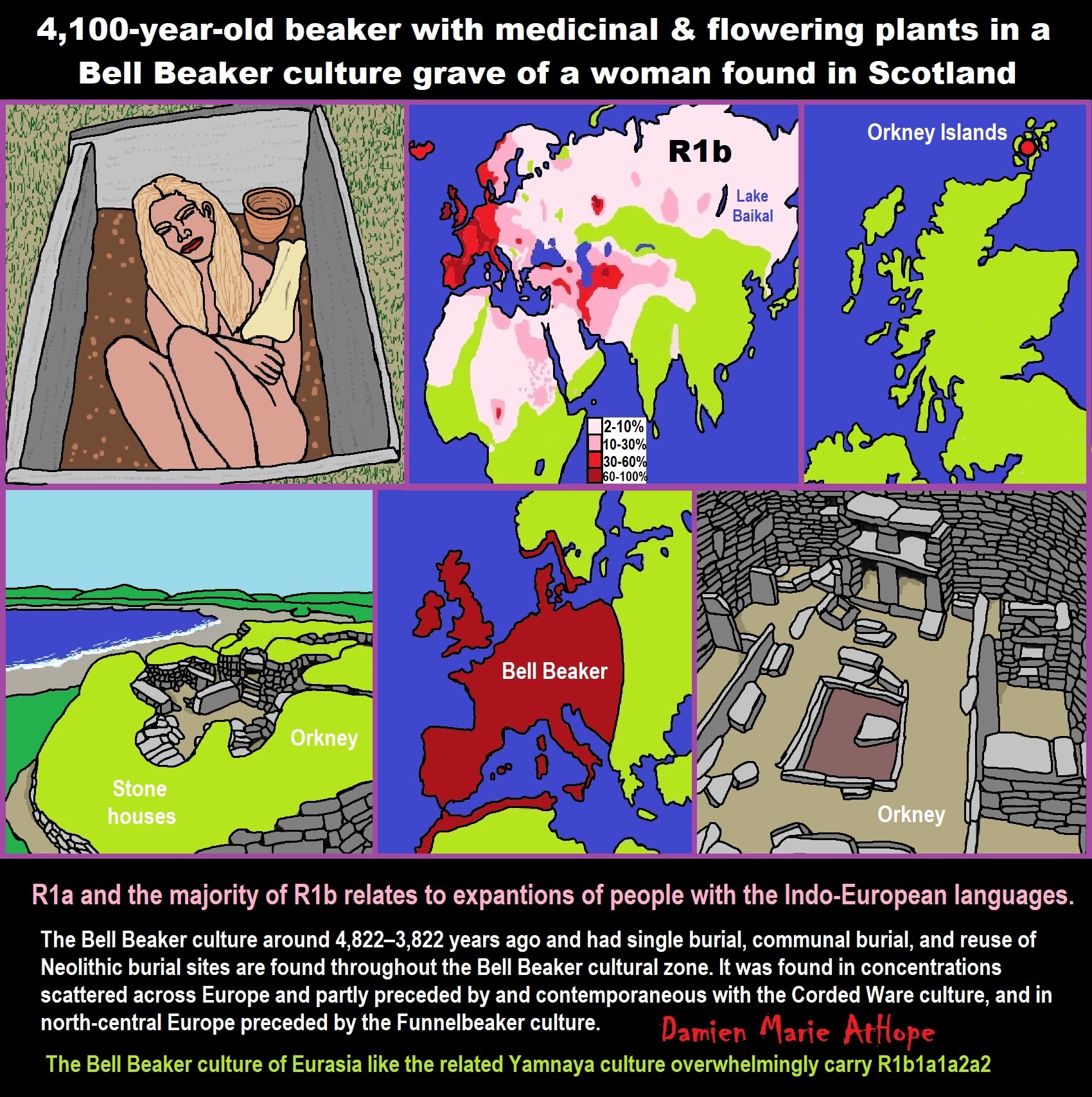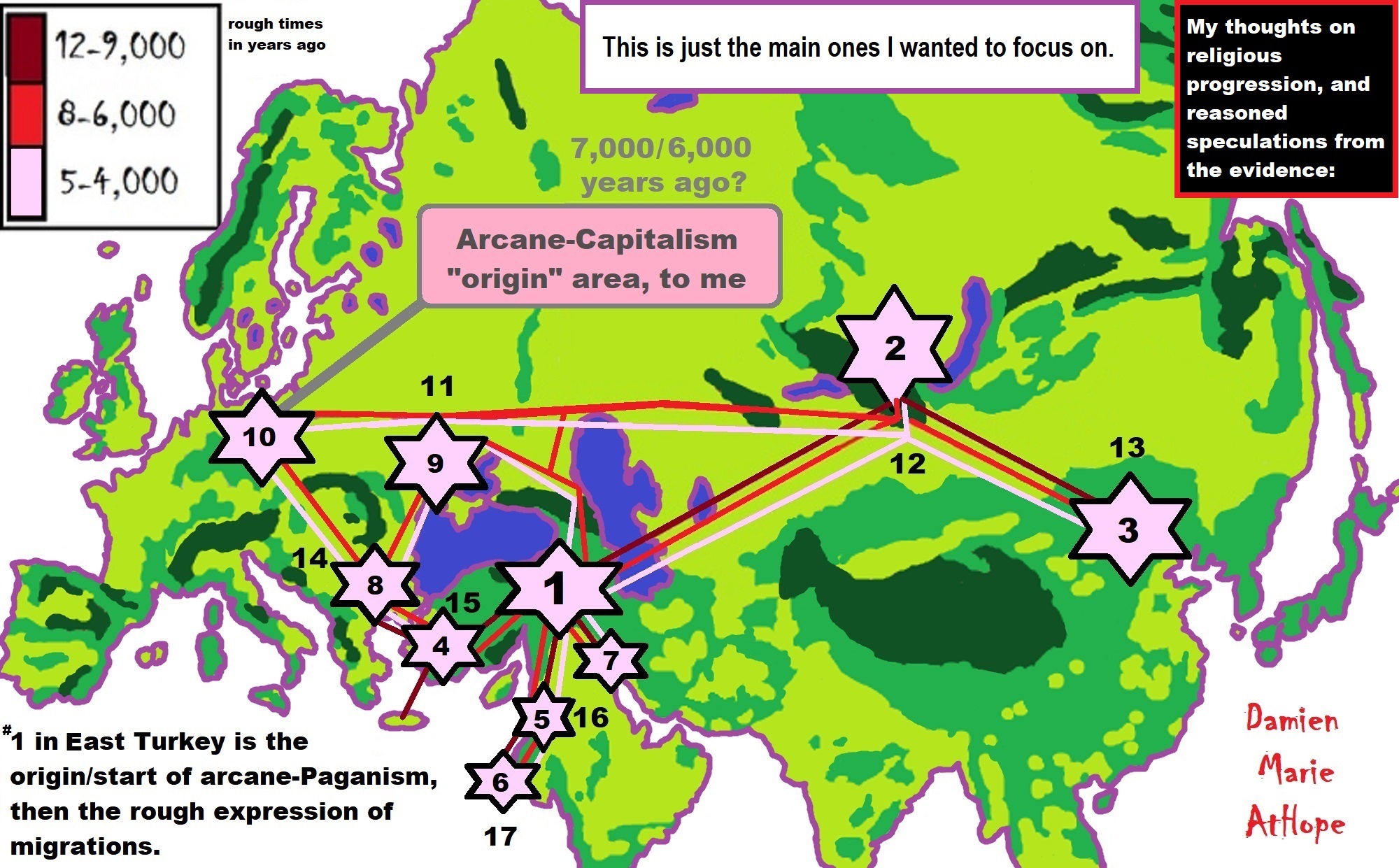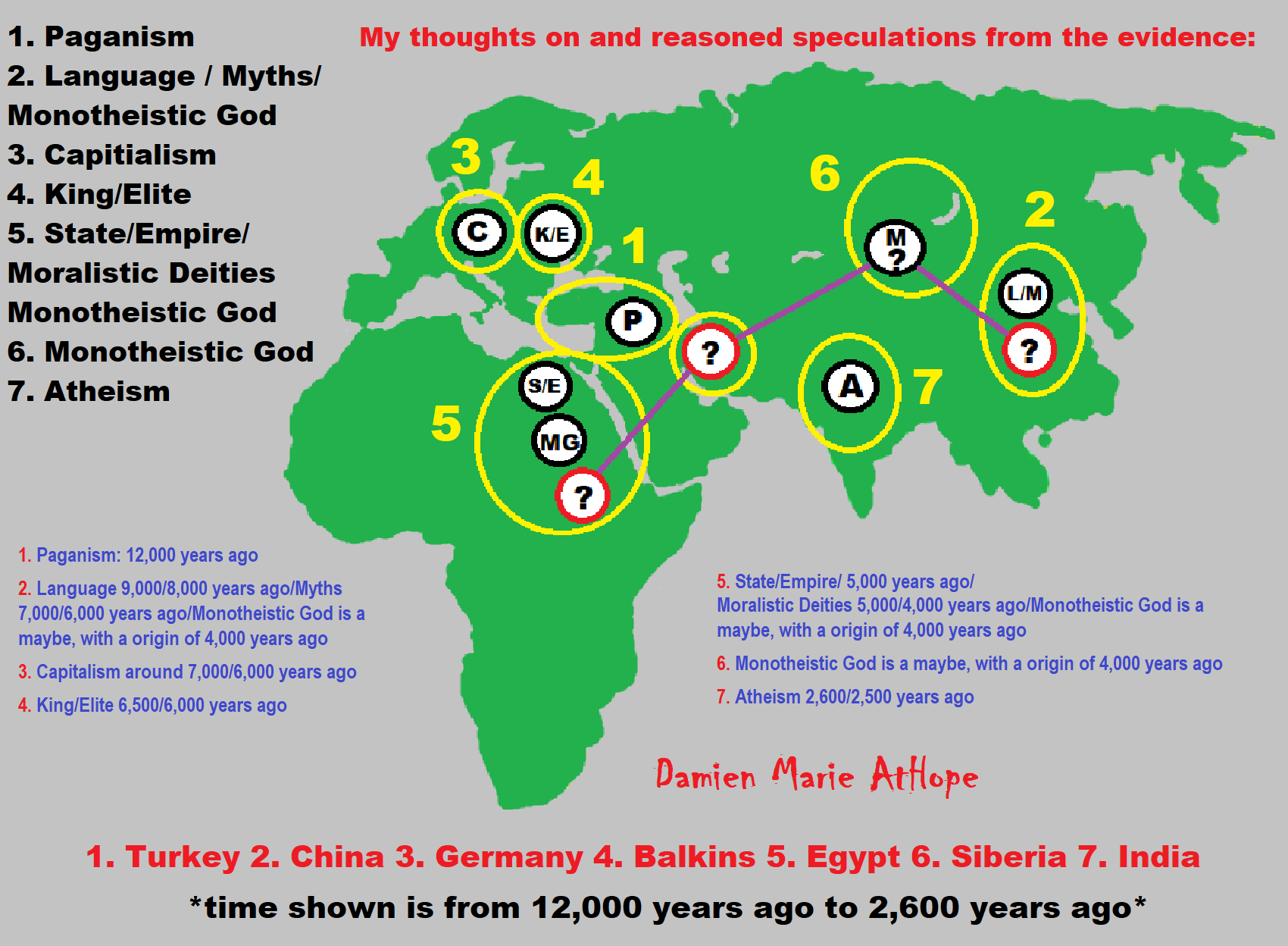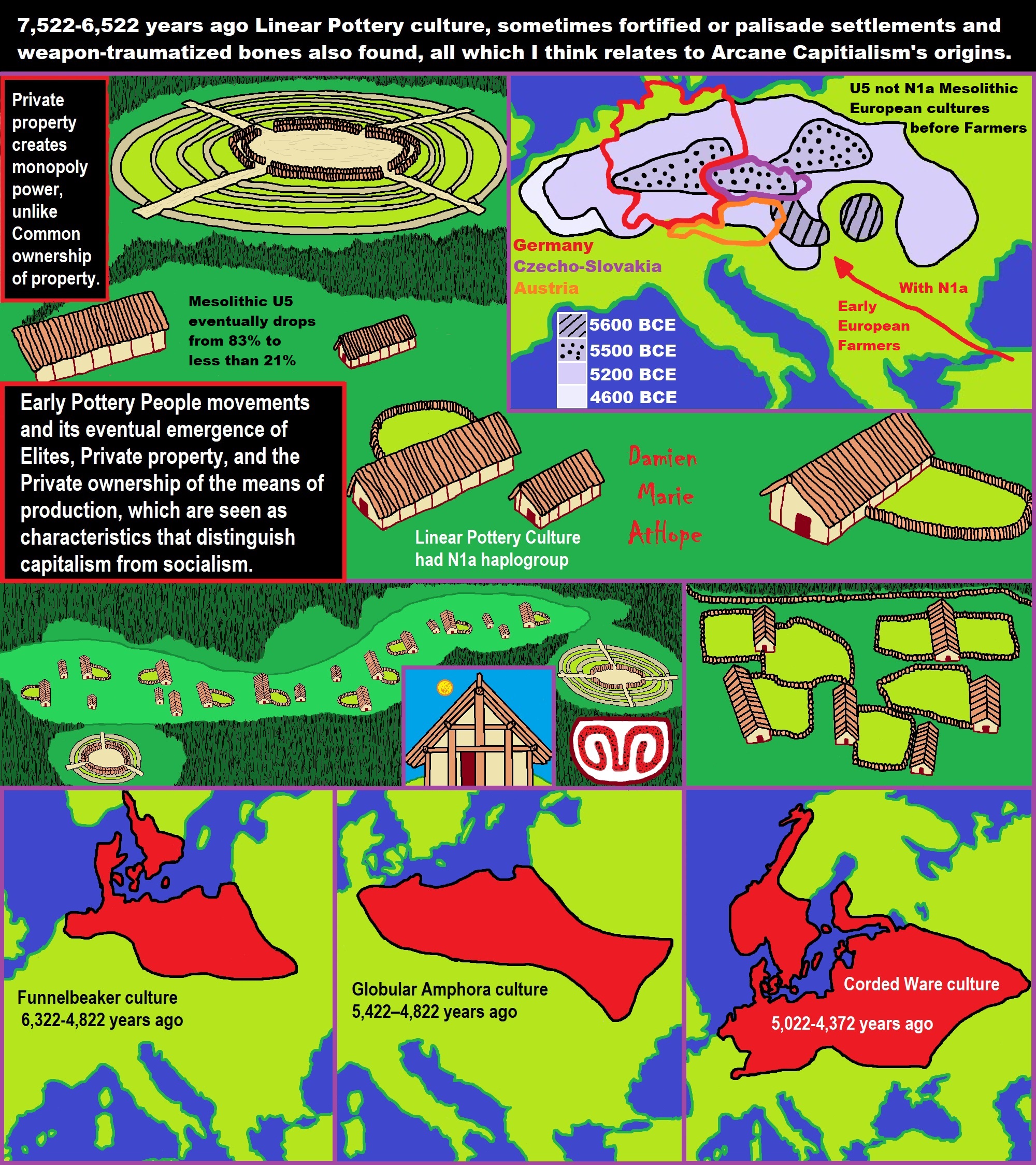
7,522-6,522 years ago Linear Pottery culture, sometimes fortified or palisade settlements and weapon-traumatized bones also found, all which I think relates to Arcane Capitalism’s origins.
Arcane = complicated and therefore understood or known by only a few people
To me, societies start with primitive anarchism and socialism at least 100,000 years ago and are seen in animist-only thinking that is now largely limited to southern Africa today. Then they lose systematic anarchism possibly by 50,000 to 40,000 years ago but keeps socialism/primitive communism with the emergence of totemism largely limited to Europe and then spreading out from there. And to me, arcane/primitive capitalism emerges at or around 7,000 to 5,000 years ago in central Europe especially southern Germany or surrounding areas (Czecho-Slovakia and Austria), and then spread out from there.
Early Pottery People movements and its eventual emergence of Elites, Private property, and the Private ownership of the means of production, (private accumulation of capital) which are seen as characteristics that distinguish capitalism from socialism.
Private property creates monopoly power, harming allocative efficiency, unlike the Common ownership of property helping allocative efficiency. ref
“An earlier view saw the Linear Pottery Culture as living a “peaceful, unfortified lifestyle”. Since then, settlements with palisades and weapon-traumatized bones have been discovered, such as at Herxheim, which, whether the site of a massacre or of a martial ritual, demonstrates, “…systematic violence between groups”. Most of the known settlements, however, left no trace of violence.” ref
“In 2015 a study published in Proceedings of the National Academy of Sciences details the findings of researchers at a site near Schöneck-Kilianstädten, who “found the skeletons of 26 adults and children, who were killed by devastating strikes to the head or arrow wounds. The skull fractures are classic signs of blunt force injuries caused by basic stone-age weapons.” Pottery has been found in long houses, as well as in graves. Analysis of the home pottery reveals that each house had its own tradition.” ref
“The early Neolithic in Europe featured burials of women and children under the floors of personal residences. Remains of adult males are missing. Probably, Neolithic culture featured sex discrimination in funerary customs, and women and children were important in ideology concerning the home. Burials beneath the floors of homes continued until about 4000 BCE or 6,022 years ago. However, in the Balkans and central Europe, the cemetery also came into use at about 5000 BCE or 7,022 years ago.” ref
“Linear Pottery Culture cemeteries contained from 20 to 200 graves arranged in groups that appear to have been based on kinship. Males and females of any age were included. Both cremation and inhumation were practiced. The inhumed were placed in a flexed position in pits lined with stones, plaster, or clay. Cemeteries were close to, but distinct from, residential areas. The presence of grave goods indicates both a sex and a dominance discrimination. Male graves included stone celts, flint implements, and money or jewelry of Spondylus shells. Female graves contained many of the same artifacts as male graves, but also most of the pottery and containers of ochre.” ref
“The goods have been interpreted as gifts to the departed or personal possessions. Only about 30% of the graves have goods. This circumstance has been interpreted as some sort of distinction in dominance, but the exact nature is not known. If the goods were gifts, then some were more honored than others; if they were possessions, then some were wealthier than others. These practices are contrasted with mass graves, such as the Talheim Death Pit and the Herxheim archeological site.” ref
“Their Neolithic agricultural economy was based primarily on the cultivation of crops from the Fertile Crescent, such as Emmer wheat, Einkorn wheat, peas, and lentils, and to a lower extent barley, millet, rye, and broad beans. The Linear Pottery Culture people settled on fluvial terraces and in the proximities of rivers, especially in regions rich in fertile loess. Stockbreeding was also practiced, of cattle in particular, but also of goats and pigs. The Linear Pottery Culture farmers supplemented their diets by hunting deer and wild boar in the open forests.” ref
I surmise the millet came from china with language and warrior ideas
“Millets have been consumed by a wide variety of humans for about 7,000 years and potentially had “a pivotal role in the rise of multi-crop agriculture and settled farming societies.” ref
“Some of the earliest evidence of millet cultivation in China was found at Cishan (north), where proso millet husk phytoliths and biomolecular components have been identified around 10,300–8,700 years ago in storage pits along with remains of pit-houses, pottery, and stone tools related to millet cultivation. Evidence at Cishan for foxtail millet dates back to around 8,700 years ago. The cultivation of common millet as the earliest dry crop in East Asia has been attributed to its resistance to drought, and this has been suggested to have aided its spread. Asian varieties of millet made their way from China to the Black Sea region of Europe by 5000 BCE or 7,022 years ago. Millets and their wild ancestors, such as barnyard grass and panic grass, were also cultivated in Japan during the Jōmon period sometime after 4000 BCE or 6,022 years ago.” ref
“People lived in trapezoidal or rectangular wooden longhouses built with massive timber posts. They had thatched roofs and were chinked with wattle and daub mortar. The longhouses measured from 7 to 45 meters in length and 5 to 7 meters in width. Villages were composed of five to eight longhouses, about 20 meters apart. Some villages were fortified for some time with a palisade and outer ditch.” ref
“The Linear Pottery Culture people settled on fluvial terraces and in the proximities of rivers. They were quick to identify regions of fertile loess. On it, they raised a distinctive assemblage of crops and associated weeds in small plots, an economy that Gimbutas called a “garden type of civilization”. The difference between a crop and a weed in Linear Pottery Culture contexts is the frequency.” ref
“Crop foods are:
- Triticum dicoccum, emmer wheat
- Triticum monococcum, einkorn wheat
- Pisum sativum, pea
- Lens culinaris, lentil
Species that are found so rarely are:
- Hordeum, barley
- Panicum miliaceum, broom corn millet
- Secale cereale rye
- Vicia ervilia, bitter vetch
- Vicia faba, broad or field bean” ref
“The emmer and the einkorn were sometimes grown as maslin, or mixed crops. The lower-yield einkorn predominates over emmer, which has been attributed to its better resistance to heavy rain. Hemp (Cannabis sativum) and flax (Linum usitatissimum) gave the Linear Pottery Culture people the raw material of rope and cloth, which they no doubt manufactured at home as a cottage industry. From poppies (Papaver somniferum), introduced later from the Mediterranean, they may have manufactured palliative medicine.” ref
“The Linear Pottery Culture people were stock-raisers, as well, with cattle favored, though goats and swine are also recorded. Like farmers today, they may have used the better grain for themselves and the lower grades for the animals. The ubiquitous dogs are present here too, but scantly. Substantial wild faunal remains are found. The Linear Pottery Culture supplemented their diets by hunting deer and wild boar in the open forests of Europe as it was then.” ref
“The fast expansion of the Linear Pottery Culture culture of mostly Near Eastern farmers did not intermingle much with Mesolithic European hunter-gatherers – a fact now confirmed by the analysis of several LBK genomes that show only about 5 to 10% of indigenous European admixture. However, Mesolithic Europeans continued to live side by side with Linear Pottery Culture farmers and progressively interbred with them during the later Rössen (4600-4300 BCE) and Schöningen (4200-3950 BCE) periods. The only exception is northern France, where the Linear Pottery Culture-derived RRBP (French acronym standing for Recent Linear Pottery of the Parisian Basin) immediately shows high levels of indigenous European admixture.” ref
“Linear Pottery Culture people had an average body height of 166.6 cm for men (ranging from 156.5 to 175.5 cm) and 158 cm for women, considerably shorter than Mesolithic Europeans of the same period. Ancient DNA tests have shown that Linear Pottery Culture people had fair skin, brown eyes, and dark hair, while Mesolithic Europeans had darker skin, dark hair, but blue eyes. Both groups were lactose intolerant.” ref
“The initial Linear Pottery Culture population theory hypothesized that the culture was spread by farmers moving up the Danube practicing slash-and-burn methods. The presence of the Mediterranean sea shell, Spondylus gaederopus, and the similarity of the pottery to gourds, which did not grow in the north, seemed to be evidence of the immigration, as does the genetic evidence cited below. The lands into which they moved were believed untenanted or too sparsely populated by hunter-gatherers to be a significant factor. The barrier causing the hiatus mentioned above does not have an immediate geographical cause. The Körös culture ended in the middle of the Hungarian plain, and although the climate to the north is colder, the gradient is not so sharp as to form a barrier there.” ref
“The earliest theory of Linear Pottery culture origin is that it came from the Starčevo-Körös culture of Serbia and Hungary. Supporting this view is the fact that the Linear Pottery Culture appeared earliest about 5600–5400 BCE on the middle Danube in the Starčevo range. Presumably, the expansion northwards of early Starčevo-Körös produced a local variant reaching the upper Tisza that may have well been created by contact with native epi-Paleolithic people. This small group began a new tradition of pottery, substituting engravings for the paintings of the Balkanic cultures.” ref
“A site at Brunn am Gebirge just south of Vienna seems to document the transition to Linear Pottery Culture. The site was densely settled in a long house pattern around 5550–5200. The lower layers feature Starčevo-type plain pottery, with large number of stone tools made of material from near Lake Balaton, Hungary. Over the time frame, Linear Pottery Culture pottery and animal husbandry increased, while the use of stone tools decreased.” ref
“A second theory proposes an autochthonous development out of the local Mesolithic cultures. Although the Starčevo-Körös entered southern Hungary about 6000 BCE and the Linear Pottery Culture spread very rapidly, there appears to be a hiatus of up to 500 years in which a barrier seems to have been in effect. Moreover, the cultivated species of the near and middle eastern Neolithic do not do well over the Linear Pottery culture range. And finally, the Mesolithics in the region prior to the Linear Pottery Culture used some domestic species, such as wheat and flax. The La Hoguette culture on the northwest of the Linear Pottery Culture range developed their own food production from native plants and animals.” ref
“A third theory attributes the start of Linear Pottery to an influence from the Mesolithic cultures of the East European plain. The pottery was used in intensive food gatherings. The rate at which it spread was no faster than the spread of the Neolithic in general. Accordingly, Dolukhanov and others postulate that an impulse from the steppe to the southeast of the barrier stimulated the Mesolithics north of it to innovate their own pottery. This view only accounts for the pottery; presumably, the Mesolithics combined it de novo with local food production, which began to spread very rapidly throughout a range that was already producing some food.” ref
Early European Farmers
“In archaeogenetics, the terms Early European Farmers (EEF), First European Farmers (FEF), Neolithic European Farmers, Ancient Aegean Farmers (ANF), or Anatolian Neolithic Farmers (ANF) are names given to a distinct ancestral component that represents descent from early Neolithic farmers of Europe.” ref
“Ancestors of Early European Farmers are believed to have split off from Western Hunter-Gatherers (WHGs) around 43,000 BCE, and to have split from Caucasian Hunter-Gatherers (CHGs) around 23,000 BCE. They appear to have migrated from Anatolia to the Balkans in large numbers during the 7th millennium BCE or 9,022-8,022 years ago, where they almost completely replaced the WHGs. The Y-DNA (Men) of Early European Farmers was typically types of haplogroup G2a, and to a lesser extent H, T, J, C1a2, and E1b1, while their mtDNA (Women) was diverse. In the Balkans, the Early European Farmers appear to have divided into two wings, who expanded further west into Europe along the Danube (Linear Pottery culture) or the western Mediterranean (Cardial Ware). Large parts of Northern Europe and Eastern Europe nevertheless remained unsettled by Early European Farmers. During the Middle Neolithic there was a largely male-driven resurgence of WHG ancestry among many Early European Farmer-derived communities, leading to increasing frequencies of the hunter-gatherer paternal haplogroups among them.” ref
“Lazaridis et al. 2014 identified Early European Farmers as a distinct ancestral component in a study published in Nature in 2014. Along with Ancient North Eurasians (ANEs) and Western Hunter-Gatherers, Early European Farmers were determined to be one of the three major ancestral populations of modern-Europeans. About 44% of Early European Farmers ancestry was determined to come from a “Basal Eurasian” population that split prior to the diversification of other non-African lineages. Ötzi was identified as Early European Farmers. Early European Farmers were determined to be largely of Near Eastern origin, with slight WHG admixture. It was through their Early European Farmers ancestors that most modern Southern Europeans acquired their WHG ancestry. Early European Farmers ancestry in modern Europe ranged from 30% in the Baltic States to 90% near the Mediterranean Sea.” ref
“Olalde et al. 2015 found that the people of the Linear Pottery culture (LBK) in Central Europe and people of the Cardial Ware culture along the Mediterranean coast were descended from a homogenous community of Early European Farmers with a common origin in the Balkans. Early European Farmer’s ancestors of the Linear Pottery Culture people were expected to have migrated into Central Europe along the Danube river, while Early European Farmers ancestors of the Cardials were expected to have migrated along the Mediterranean coast. The Cardials appeared to have acquired a significant amount of hunter-gatherer ancestry during this process. Among modern populations, Sardinians and Basque people were found to harbor the largest amount of Early European Farmers ancestry, which they probably acquired through descent from the Cardials.” ref
“Malmström et al. 2015 found that the people of the Funnelbeaker culture of southern Scandinavia were largely of Early European Farmers descent, with slight hunter-gatherer admixture, suggesting that the emergence of the Neolithic in Scandinavia was a result of human migration from the south. The Funnelbeakers were found to be genetically highly different from people of the neighboring hunter-gatherer Pitted Ware culture; the latter carried no Early European Farmers admixture and were instead genetically similar to other European hunter-gatherers.” ref
“During the Chalcolithic and Early Bronze Age, the Early European Farmer-derived cultures of Europe were overwhelmed by successive invasions of Western Steppe Herders (WSHs) from the Pontic–Caspian steppe, who carried about 60% Eastern Hunter-Gatherer (EHG) and 40% Caucasus Hunter-Gatherer (CHG) admixture. These invasions led to Early European Farmers Y-DNA in Europe being almost entirely replaced with EHG/WSH Y-DNA (mainly R1b and R1a). Early European Farmers mtDNA however remained frequent, suggesting admixture between EHG/WSH males and Early European Farmers females. Through subsequent migrations of WSHs into Northern Europe and back into the Eurasian Steppe, Early European Farmers’ mtDNA was brought to new corners of Eurasia. Early European Farmers’ ancestry remains throughout Europe, ranging from about 60% near the Mediterranean Sea (with a peak of 65% in the island of Sardinia) and diminishing northwards to about 30% around the Baltic Sea.” ref
“The Linear Pottery Culture is viewed as the first true farming communities in central Europe and thus, is considered the first Neolithic culture in the European continent. the Name is related to the distinctive banded decoration found on pottery vessels on sites spread throughout central Europe, from south-western Ukraine and Moldova in the east to the Paris Basin in the west. In general, Linear Pottery Culture pottery consists of fairly simple bowl forms, made of local clay tempered with organic material, and decorated with curved and rectilinear lines incised in bands. The Linear Pottery Culture people are considered the importers of agricultural products and methods, moving the first domesticated animals and plants from the Near East and Central Asia into Europe.” ref
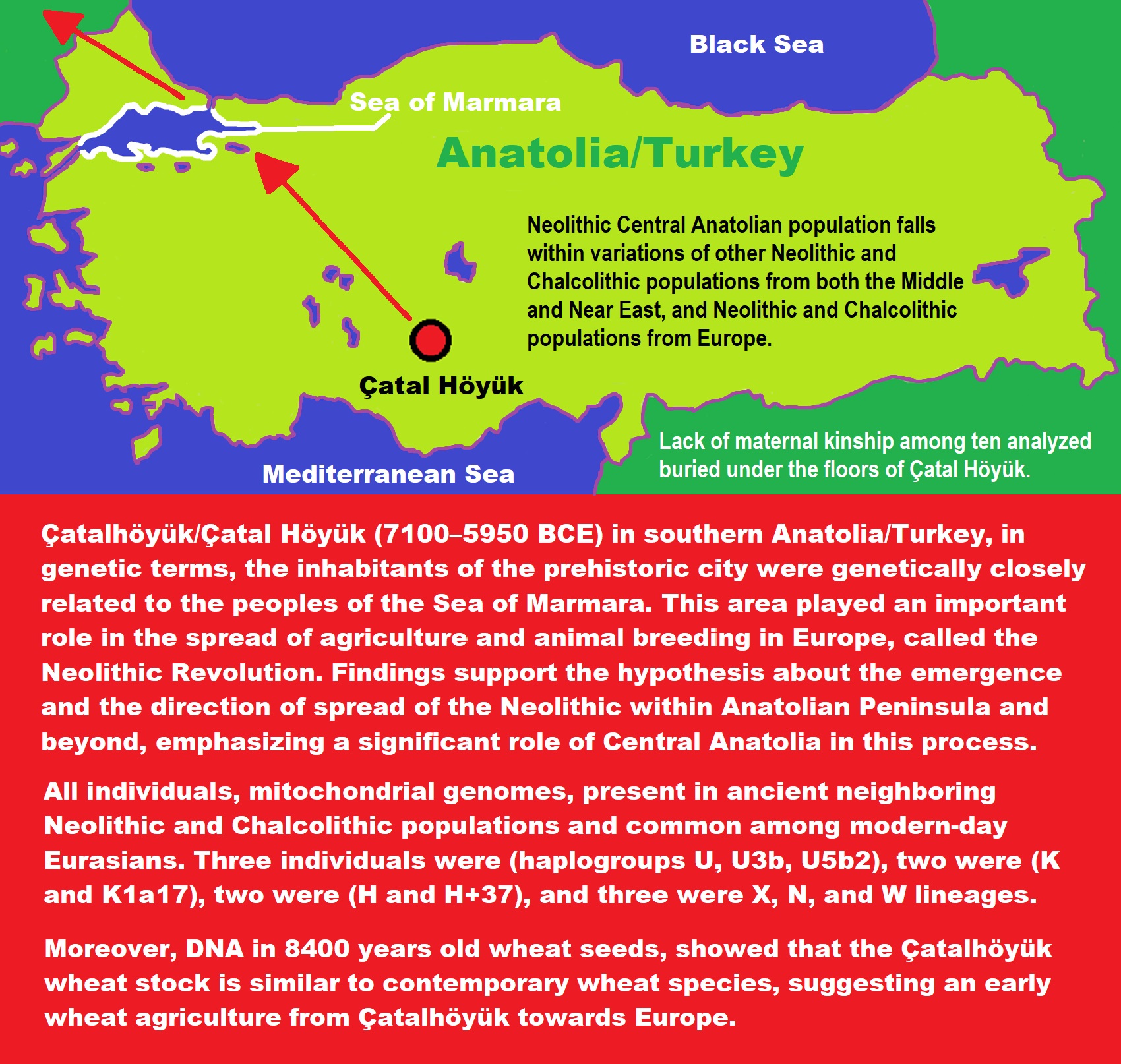
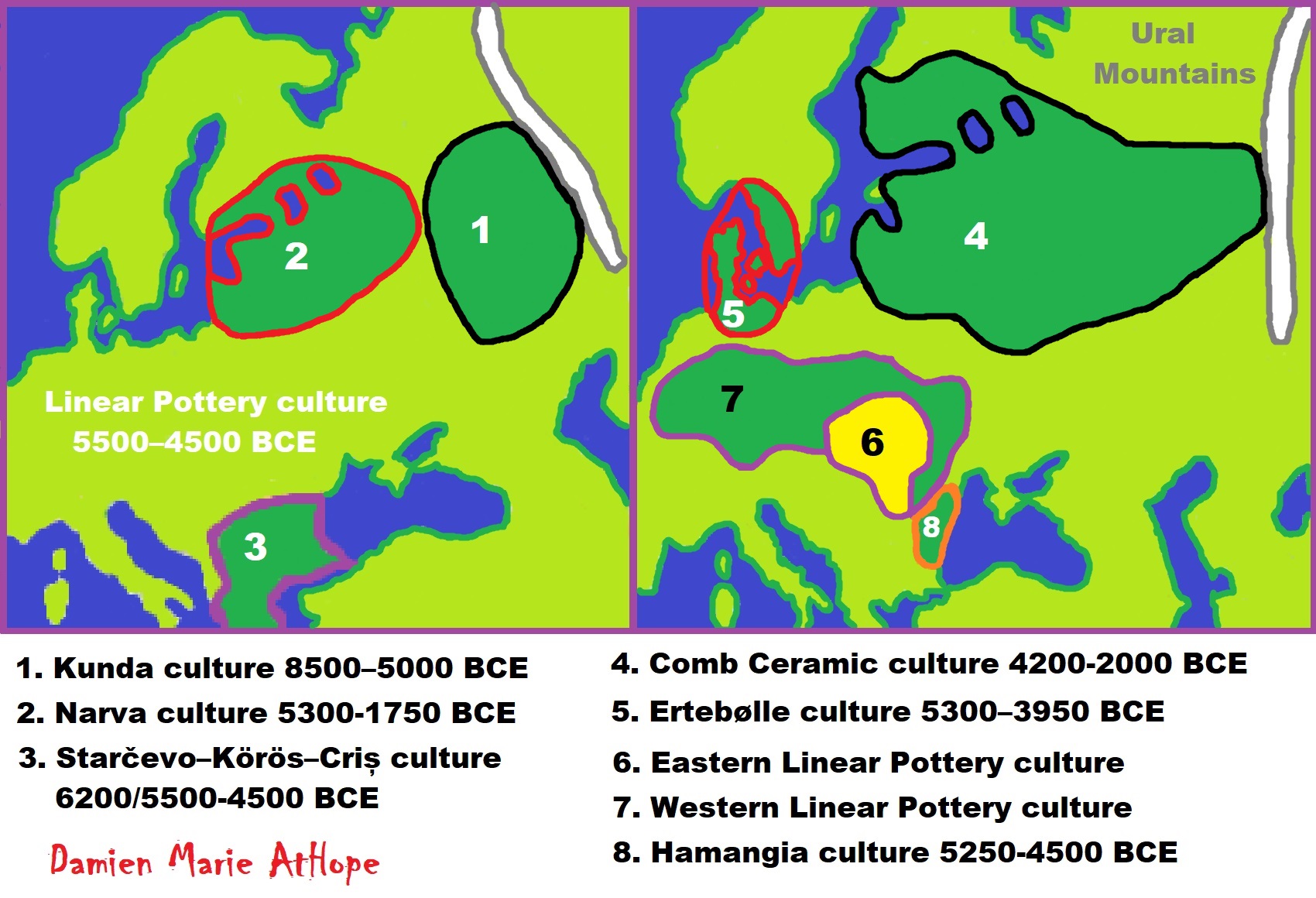
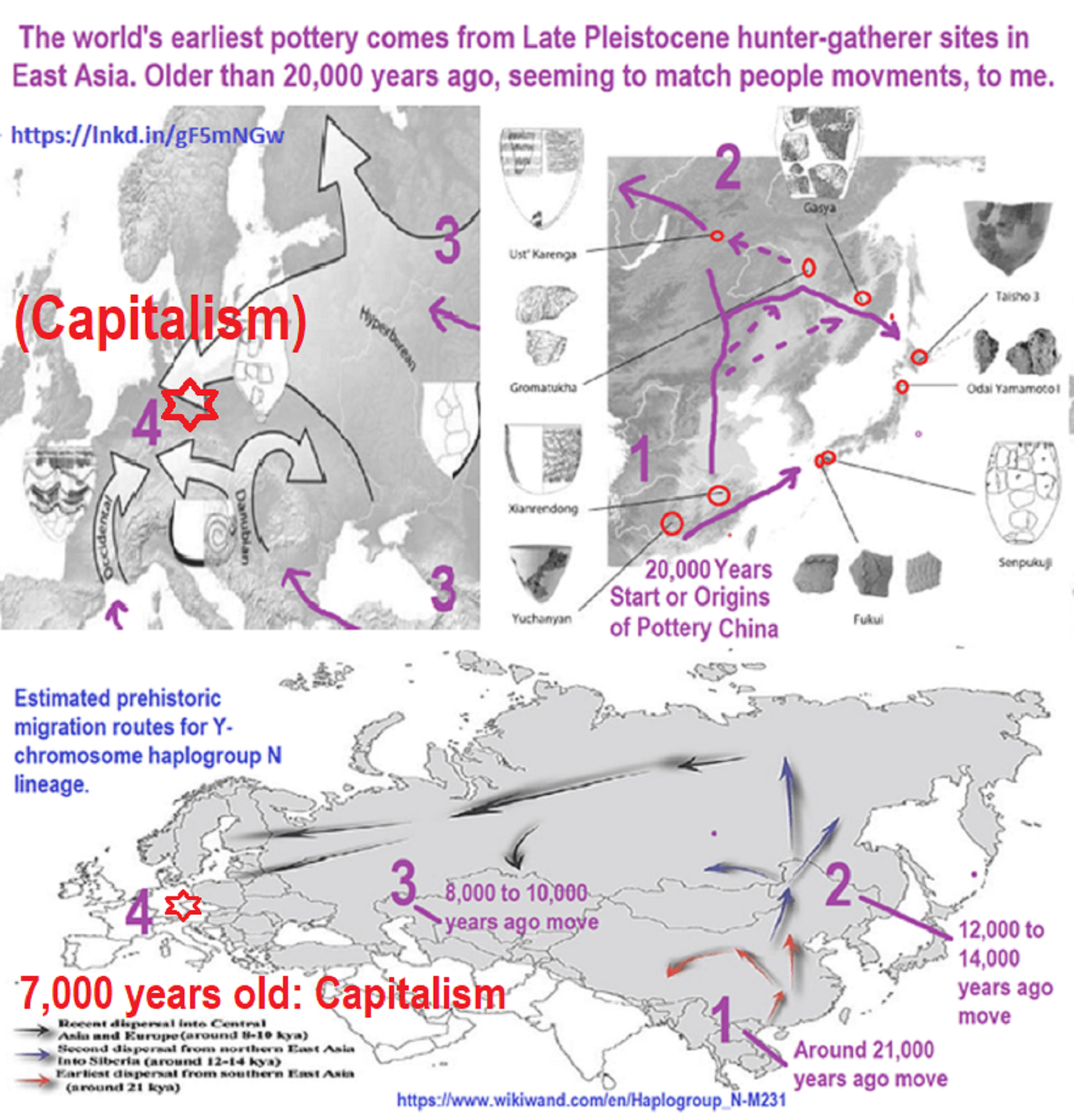

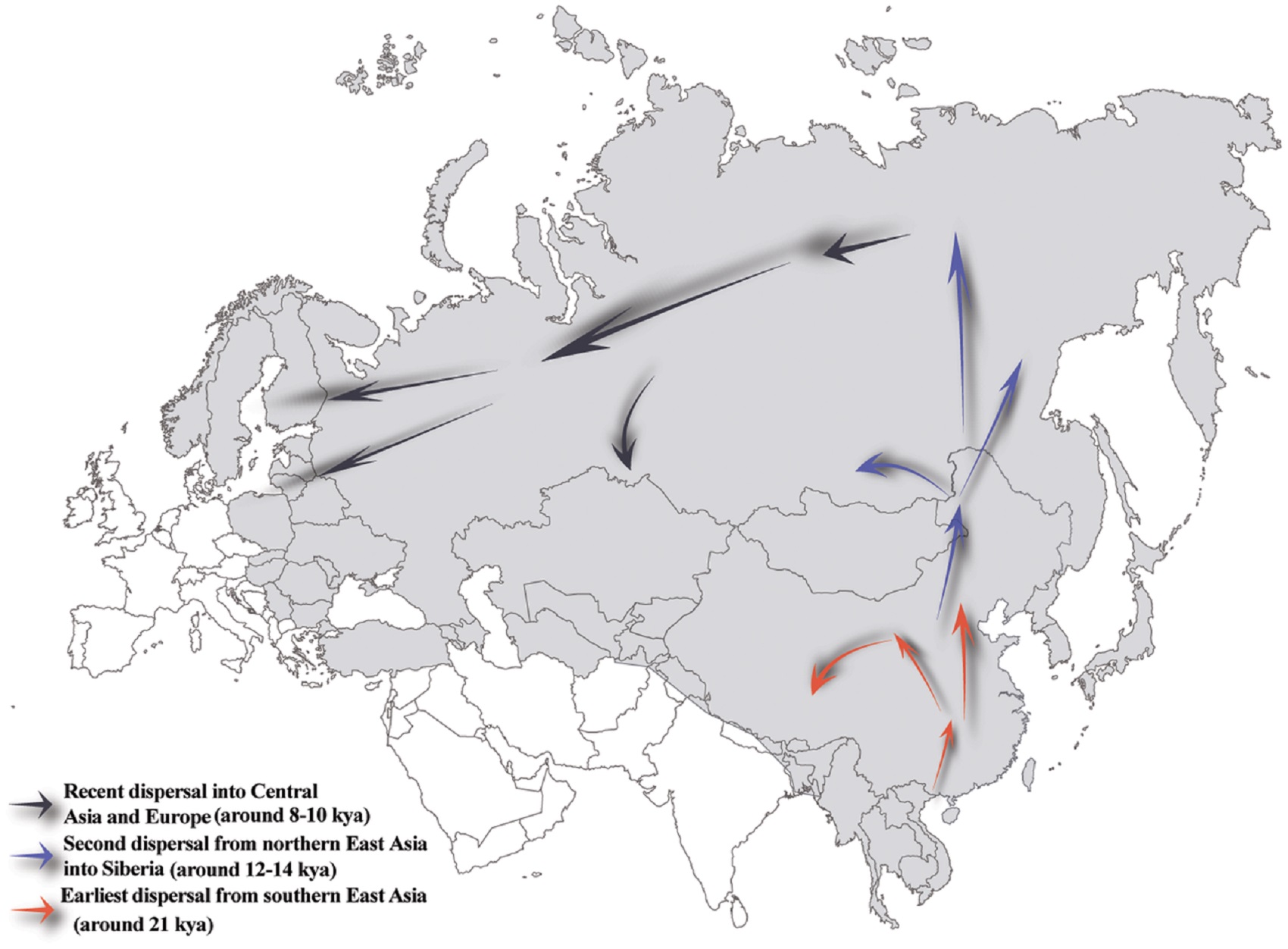
“N1a became particularly prominent in this debate when a team led by Wolfgang Haak analyzed skeletons from Linear Pottery Culture sites. The Linear Pottery Culture is credited with the first farming communities in Central Europe, marking the beginning of Neolithic Europe in the region some 7,500 years ago. As of 2010, mitochondrial DNA analysis has been conducted on 42 specimens from five locations. Seven of these ancient individuals were found to belong to haplogroup N1a.” ref
“A separate study analyzed 22 skeletons from European hunter-gatherer sites dated 13400-2300 BCE. Most of these fossils carried the mtDNA haplogroup U, which was not found in any of the Linear Pottery Culture sites. Conversely, N1a was not identified in any of the hunter-gatherer fossils, indicating a genetic distinction between Early European Farmers and late European hunter-gatherers.” ref
“Haak’s team concludes that “the transition to farming in central Europe was accompanied by a substantial influx of people from outside the region.” However, they note that haplogroup frequencies in modern Europeans are substantially different from early farming and late hunter-gatherer populations. This indicates that “the diversity observed today cannot be explained by admixture between hunter-gatherers and early farmers alone” and that “major demographic events continued to take place in Europe after the early Neolithic.” ref
“Critics of these studies claim that the Linear Pottery Culture N1a specimens could have derived from local communities established in Europe before the introduction of farming. Ammerman’s team voiced concern due to some of the Linear Pottery Culture specimens coming from communities several hundred years after farming was first established in the region; a rebuttal was given.” ref
“In 2010, researchers led by Palanichamy conducted a genetic and phylogeographic analysis of N1a. Based on the results, they conclude that some of the Linear Pottery Culture samples were indigenous to Europe while others may have resulted from ‘leapfrog’ colonization. Deguilloux’s team agreed with Haak’s conclusion on a genetic discontinuity between ancient and modern Europeans. However, they consider demic diffusion, cultural diffusion, and long-distance matrimonial exchanges all equally plausible explanations for the current genetic findings.” ref
“Seven of 42 skeletons from Linear Pottery Culture (Linearbandkeramik) sites were found to be members of the N1a haplogroup (see Neolithic European). N1a was also identified in skeletal remains within a 6200-year-old megalithic long mound near Prissé-la-Charrière, France. A 2500-year-old fossil of a Scytho-Siberian in the Altai Republic, the easternmost representative of the Scythians, was found to be a member of N1a1. A study of a 10th and 11th century Hungarians found that N1a1a1 was present in high-status individuals but absent from commoners. One of thirteen skeletons analyzed from a medieval cemetery dated 1250-1450 CE in Denmark was found to be a member of subclade N1a1a.” ref
“The N1 subclade has also been found in various other fossils that were analyzed for ancient DNA, including specimens associated with the Starčevo (N1a1a1, Alsónyék-Bátaszék, Mérnöki telep, 1/3 or 33%), Linearbandkeramik (N1a1a1a3, Szemely-Hegyes, 1/1 or 100%; N1a1b/N1a1a3/N1a1a1a2/N1a1a1/N1a1a1a, Halberstadt-Sonntagsfeld, 6/22 or ~27%), Alföld Linear Pottery (N1a1a1, Hejőkürt-Lidl, 1/2 or 50%), Transdanubian Late Neolithic (N1a1a1a, Apc-Berekalja, 1/1 or 100%), Protoboleráz (N1a1a1a3, Abony, Turjányos-dűlő, 1/4 or 25%), Iberia Early Neolithic cultures (N1a1a1, Els Trocs, 1/4 or 25%),[14] Rinaldone–Gaudo Eneolithic cultures (N1a1a1a3, Monte San Biagio, 1/1 or 100%).” ref
“In 2005, scientists successfully sequenced mtDNA coding region 15997–16409 derived from twenty-four 7,500- to 7,000-year-old human remains associated with the Linear Pottery Culture culture. Of those remains, 22 were from locations in Germany near the Harz Mountains and the upper Rhine Valley, while one was from Austria and one from Hungary. The scientists did not reveal the detailed hypervariable segment I (HVSI) sequences for all the samples, but identified that seven of the samples belonged to H or V branch of the mtDNA phylogenetic tree, six belonged to the N1a branch, five belonged to the T branch, four belonged to the K(U8) branch, one belonged to the J branch, and one belonged to the U3 branch. All branches are extant in the current European population, although the K branch was present in roughly twice the percentages as would be found in Europe today (15% vs. 8% now.).” ref
“A comparison of the N1a HVSI sequences with sequences of living individuals found three of them to correspond with those of individuals currently living in Europe. Two of the sequences corresponded to ancestral nodes predicted to exist or to have existed on the European branch of the phylogenetic tree. One of the sequences is related to European populations, but with no apparent descendants amongst the modern population. The N1a evidence supports the notion that the descendants of Linear Pottery Culture culture have lived in Europe for more than 7,000 years and have become an integral part of the current European population. The lack of mtDNA haplogroup U5 supports the notion that U5 at this time is uniquely associated with mesolithic European cultures.” ref
“A 2010 study of ancient DNA suggested the Linear Pottery Culture population had affinities to modern-day populations from the Near East and Anatolia, such as an overall prevalence of G2. The study also found some unique features, such as the prevalence of the now-rare Y-haplogroup H2 and mitochondrial haplogroup frequencies.” ref
“Lipson et al. (2017) and Narasimhan et al. (2019) analyzed a large number of skeletons ascribed to the Linear Pottery Culture. Most of the Y-DNA belonged to G2a and subclades of it, some to I2 and subclades of it, beside few samples of T1a, CT, and C1a2. The samples of mtDNA extracted were various subclades of T, H, N, U, K, J, X, HV, and V.” ref
“The following mtDNA samples were tested by Adler (2012), Zvelebil and Pettitt (2012), Lazaridis et al. (2013), Brandt et al. (2013), Brotherton et al. (2013), Gamba et al. (2014), Szécsényi-Nagy (2014), Haak et al. (2015), Rivolat et al. (2015), and Mathieson et al. (2015).
- Linear Pottery Culture (aka LBK, c. 8,000 to 6,500 ybp ; Central Europe): H (x12), H1, H1j, H5 (x2), H26b, HV (x2), J (x7), J1c17, K (x10), K1a (x8), K1a2, K1a3a3, K2a5, N1a1a (x3), N1a1a1, N1a1a1a, N1a1a1a1, N1a1a1a2, N1a1a1a3 (x5), N1a1a3, T (x3), T1a, T2 (x3), T2b (x9), T2b23 (x2), T2b23a, T2c (x2), T2c1, T2c1b, T2e (x4), U2, U3, U5a1, U5a1a’g, U5b, U5b2c, V, W (x2), X2d1
- Alföld Linear Pottery Culture (c. 7,850 to 7,350 ybp : Hungary): H, J1c1, N1a
- Rubané récent du Bassin parisien (aka RRBP, c. 7,500 to 6,300 ybp : northern France): H (x5), H1 (x8), H3 (x2), J (x3), J1, J2, K (x8), N1a (x3), T (x2), U, U4, U5 (x5), U5b, U5b2b1a, V (x2), X, X2b
- Neolithic Alsace (c. 7,500 to 6,300 ybp : northern France): H, H1, HV, J1 (x2), K, K1a, K1a4a1e, N1a1a1a (x2), U5, V, X
- Rössen Culture (c. 6,600 to 6,300 ybp ; Germany, Low Countries, France, Switzerland): H1, H5, H5b, H16, H89, HV0 (x2), K (x2), N1a1a, T2e, T2f7, U5b, V, X2c
- Schöningen group (c. 6,200 to 5,950 ybp ; Germany): H (x2), H1e7, H10i, HV, J, J1c, J2b1a, K (x3), K1a (x3), N1a1a1a3, T2b, T2c, T2f, U5b3, U5b2a2c, U8b1b, W1c (x2), X2b1’2’3’4’5’6
- Other samples from Middle Neolithic Germany (c. 5,900 to 5,000 ybp): H1c3, H2 (x2), H5 (x3), H11a, HV0 (x2), J, T2b, U3a1, U5b2a2 (x2), U5b2a5, X2″ ref
“Mathieson et al. 2015 found Early European Farmers to be closely genetically related to Neolithic farmers of Anatolia. Early European Farmers were found to have 7–11% more WHG ancestry than their Anatolian ancestors. This suggested that the Early European Farmers belonged to a common ancestral population before their expansion into Europe. With regards Y-DNA, in Early European Farmers, males typically carried types of G2a. The study found that most modern Europeans can be modeled as a mixture of WHGs, Early European Farmers, and descendants of the Yamnaya culture. The Anatolian ancestors of the Early European Farmers were found to be genetically different from modern peoples of the Near East, and were instead shifted towards Europe.” ref
“Middle Neolithic and Chalcolithic peoples of Iberia were found to be genetically similar to each other, and harbored reduced levels of Early European Farmers and increased levels of WHG ancestry compared to Early Neolithic individuals of the region. Peoples of the Srubnaya culture and the earlier Sintashta culture were found to harbor c. 15% Early European Farmers ancestry, suggesting that these cultures emerged through the eastward migration of Central European peoples with steppe-related ancestry.” ref
“Jones et al. 2017 found no evidence of Early European Farmers admixture among Neolithic populations of the eastern Baltic and the East European forest steppe, suggesting that the hunter-gatherers of these regions avoided genetic replacement while adopting Neolithic cultural traditions. Saag et al. 2017 found that the people of the subsequent Corded Ware culture in the eastern Baltic carried steppe and hunter-gatherer-related paternal and autosomal ancestry, and some Early European Farmers maternal ancestry.” ref
“Mathieson et al. 2018 found that the Early European Farmers had initially spread agriculture throughout Europe largely without admixture with local WHGs. It was proposed that this process had started through a single massive migration from Anatolia into the Balkans in the 7th millennium BCE. The Early European Farmers had subsequently split into two wings, one which spread northwards along the Danube through the Linear Pottery culture, and another which spread westward across the Mediterranean coast through the Cardial Ware culture. By 5600 BCE or 7,622 years ago, these cultures had brought agriculture to Iberia and Central Europe.” ref
“It was found that there was a significant increase hunter-gatherer ancestry in Iberia, Central Europe, and the Balkans during the Middle Neolithic. While the slight mixture between Early European Farmers and hunter-gatherers in the Early Neolithic appeared to have happened without sex-bias, increases in hunter-gatherer ancestry during the Middle Neolithic appeared to be largely the result of males with hunter-gatherer ancestry mixing with females with Early European Farmers ancestry. This conclusion was derived from the fact that examined Middle Neolithic Europeans overwhelmingly carried hunter-gatherer paternal lineages and Early European Farmers’ maternal lineages.” ref
“Hunter-gatherer ancestry was even higher among Late Neolithic samples from the Cucuteni–Trypillia culture, Funnelbeaker culture, and Globular Amphora culture, which carried about 75-80% Early European Farmers ancestry while being dominated by hunter-gatherer paternal lineages. In the southern Balkans, the Middle Neolithic farmers display reduced levels of Early European Farmers ancestry and increased amounts of ancestry related to Caucasian Hunter-Gatherers (CHGs), suggesting further gene flow from Anatolia, which continued into the Bronze Age.” ref
“Although no significant population transfers were associated with the start of the Linear Pottery Culture, population diffusion along the wetlands of the mature civilization (about 5200 BCE) had leveled the high percentage of the rare gene sequence mentioned above by the late Linear Pottery Culture. The population was much greater by then, a phenomenon termed the Neolithic demographic transition (NDT). According to Bocquet-Appel beginning from a stable population of “small connected groups exchanging migrants” among the “hunter-gatherers and horticulturalists,” the Linear Pottery Culture experienced an increase in birth rate caused by a “reduction in the length of the birth interval.” ref
“The author hypothesizes a decrease in the weaning period made possible by the division of labor. At the end of the Linear Pottery Culture, the NDT was over and the population growth disappeared due to an increase in the mortality rate, caused, the author speculates, by new pathogens passed along by increased social contact. Investigation of the Neolithic skeletons found in the Talheim Death Pit suggests that prehistoric men from neighboring tribes were prepared to fight and kill each other in order to capture and secure women. The mass grave at Talheim in southern Germany is one of the earliest known sites in the archaeological record that shows evidence of organized violence in Early Neolithic Europe, among various Linear Pottery Culture tribes.” ref
Mass graves and Mass Deaths related to the Linear Pottery Culture tribes
“The Talheim Death Pit was a mass grave found in a Linear Pottery Culture settlement, also known as a Linear Pottery Culture. It dates back to about 5000 BCE or 7,022 years ago. The pit takes its name from its site in Talheim, Germany. The pit contained the remains of 34 bodies, and evidence points toward the first signs of organized violence in Early Neolithic Europe. And Warfare is thought to have been more prevalent in primitive, ungoverned regions than in civilized states. The massacre at Talheim supports this idea by giving evidence of habitual warfare between Linear Pottery Culture settlements. It is most likely that the violence occurred among Linear Pottery Culture populations since the head wounds indicate the use of weapons from Linear Pottery Culture cultures and all skeletons found to resemble those of Linear Pottery Culture settlers.” ref
“The Talheim grave contained a total of 34 skeletons, consisting of 16 children, nine adult males, seven adult women, and two more adults of indeterminate sex. Several skeletons of this group exhibited signs of repeated and healed-over trauma, suggesting that violence was a habitual or routine aspect of the culture. Not all of the wounds, however, were healed at the time of death. All of the skeletons at Talheim showed signs of significant trauma that were likely the cause of death. Broken down into three categories, 18 skulls were marked with wounds indicating the sharp edge of adzes of the Linearbandkeramik or Linear Pottery culture (LBK); 14 skulls were similarly marked with wounds produced from the blunt edge of adzes, and 2–3 had wounds produced by arrows. The skeletons did not exhibit evidence of defensive wounds, indicating that the population was fleeing when it was killed.” ref
“Investigation of the Neolithic skeletons found in the Talheim death pit suggests that prehistoric men from neighboring tribes were prepared to fight and kill each other in order to capture and secure women. Researchers discovered that there were women among the immigrant skeletons, but within the local group of skeletons, there were only men and children. They concluded that the absence of women among the local skeletons meant that they were regarded as somehow special, thus they were spared execution and captured instead. The capture of women may have indeed been the primary motive for the fierce conflict between the men. Other speculations as to the reasons for violence between settlements include vengeance, conflicts over land, and resources, poaching, demonstration of superiority, and kidnapping slaves. Some of these theories related to the lack of resources are supported by the discovery that various Linear Pottery Culture fortifications bordering indigenously inhabited areas appear to have not been in use for very long.” ref
“The mass grave near Schletz, part of Asparn an der Zaya, was located about 33 kilometres (roughly 20 miles) to the north of Vienna, Austria, and dates back about 7,500 years. Schletz, just like the Talheim death pit, is one of the earliest known sites in the archaeological record that shows proof of genocide in Early Neolithic Europe, among various Linear Pottery Culture tribes. The site was not entirely excavated, but it is estimated that the entire ditch could contain up to 300 individuals. The remains of 67 people have been uncovered, all showing multiple points of trauma. Scientists have concluded that these people were also victims of genocide. Since the weapons used were characteristic of Linear Pottery Culture peoples, the attackers are believed to be members of other Linear Pottery Culture tribes. In similar proportions to those found at Talheim, fewer young women were found than men at Schletz. Because of this scarcity of young women among the dead, it is possible that other women of the defeated group were kidnapped by the attackers. The site was enclosed, or fortified, which serves as evidence of violent conflict among tribes and means that these fortifications were built as a form of defense against aggressors. The people who lived there had built two ditches to counter the menace of other Linear Pottery Culture communities.” ref
“Another Early Neolithic mass grave was found at Herxheim, near Landau in the Rhineland-Palatinate. The site, unlike the mass burials at Talheim and Schletz, serves as proof of ritual cannibalism rather than of the first signs of violence in Europe. Herxheim contained 173 skulls and skull-plates, and the scattered remains of at least 450 individuals. Two complete skeletons were found inside the inner ditch. The crania from these bodies were discovered at regular intervals in the two defensive ditches surrounding the site. After the victims were decapitated, their heads were either thrown into the ditch or placed on top of posts that later collapsed inside the ditch. The heads showed signs of trauma from axes and one other weapon. Moreover, the organized placing of the skulls suggests a recurrent ritual act, instead of a single instance. Herxheim also contained various high-quality pottery artifacts and animal bones associated with the human remains. Unlike the mass burial at Talheim, scientists have concluded that instead of being a fortification, Herxheim was an enclosed center for ritual.” ref
“Yet another is the mass burial at Schöneck-Kilianstädten. This Neolithic mass grave, also in modern-day Germany, may exhibit signs of deliberate mutilation and/or torture. Skeletal analysis of the interred remains showed a remarkably high percentage of long bones (especially in the lower leg) that were broken around the time of the individuals’ deaths, which insinuates a deliberate targeting of these areas of the body, possibly as the victims were still alive. The mass grave dates to 5207–4849 BCE or 7,229-6,871 years ago and has been referred to as “indisputable evidence for another massacre.” ref
Haplogroup U5 Mesolithic European
“More 80% of the numerous Mesolithic European mtDNA tested to date belonged to various subclades of U5. Overall, it appears that U5 arrived in Europe with the Gravettian tool makers, and that it particularly prospered from the end of the glacial period (from 11,700 years ago) until the arrival of Neolithic farmers from the Near East (between 8,500 and 6,000 years ago). Mesolithic samples from Poland, Germany, and Italy yielded both U5a and U5b subclades. German samples included U5a2a, U5a2c3, U5b2 and U5b2a2. The Cheddar Man (subclade U5a): the remains of a Mesolithic man found in Gough’s Cave in Cheddar Gorge, Somerset, England.” ref
“U5 has been found in human remains dating from the Mesolithic in England, Germany, Lithuania, Poland, Portugal, Russia, Sweden, France, and Spain. Neolithic skeletons (~7,000 years old) that were excavated from the Avellaner cave in Catalonia, northeastern Spain included a specimen carrying haplogroup U5. Moreover, U5 was the main haplogroup of Mesolithic European hunter-gatherers. U haplogroups were present at 83% in European hunter-gatherers before the influx of Middle Eastern farmers such as Linear Pottery Culture communities and steppe Indo-European ancestry decreased its frequency to less than 21%.” ref
“The new population of Linear Pottery Culture communities was sedentary up to the capacity of the land, and then the excess population moved to less-inhabited land. An in-depth GIS study by Ebersbach and Schade of an 18 km2 (6.9 sq mi) region in the wetlands region of Wetterau, Hesse, traces the land use in detail and discovers the limiting factor. In the study region, 82% of the land is suitable for agriculture, 11% for grazing (even though wetland), and 7% steep slopes. The investigators found that the Linear Pottery Culture occupied this land for about 400 years. They began with 14 settlements, 53 houses, and 318 people, using the wetlands for cattle pasture. The settlement gradually spread over the wetlands, reaching a maximum of 47 settlements, 122 houses, and 732 people in the late period. At that time, all the available grazing land was in use.” ref
“Toward the end, the population suddenly dropped to initial levels, though much of the arable land was still available. The investigators concluded cattle were the main economic interest and available grazing land was the limiting factor in settlement. The Neolithic of the Middle East featured urban concentrations of people subsisting mainly on grain. Beef and dairy products, however, were the mainstay of the Linear Pottery Culture diet. When the grazing lands were all in use, they moved elsewhere in search of them. As the relatively brief window of the Linear Pottery Culture falls roughly in the center of the Atlantic climate period, a maximum of temperature and rainfall, a conclusion that the spread of wetlands at that time encouraged the growth and spreading of the Linear Pottery Culture is to some degree justified.” ref
“The tool kit was appropriate to the economy. Flint and obsidian were the main materials used for points and cutting edges. There is no sign of metal. For example, they harvested with sickles manufactured by inserting flint blades into the inside of curved pieces of wood. One tool, the “shoe-last celt“, was made of a ground stone chisel blade tied to a handle, with shape and wear showing that they were used as adzes to fell trees and to work wood. Augers were made of flint points tied to sticks that could be rotated. Scrapers and knives are found in abundance. The use of flint pieces, or microliths, descended from the Mesolithic, while the ground stone is characteristic of the Neolithic.” ref
“These materials are evidence both of specialization of labor and commerce. The flint used came from southern Poland; the obsidian came from the Bükk and Tatra mountains. Settlements in those regions specialized in mining and manufacturing. The products were exported to all the other Linear Pottery Culture regions, which must have had something to trade. This commerce is a strong argument for an ethnic unity between the scattered pockets of the culture.” ref
Linear Pottery Culture (Linearbandkeramik) and Violence
“There seems to be considerable evidence that relationships between the Mesolithic hunter-gatherers in Europe and the Linear Pottery Culture migrants were not entirely peaceful. Evidence for violence exists at many Linear Pottery Culture village sites. Massacres of whole villages and portions of villages appear to be in evidence at sites such as Talheim, Schletz-Asparn, Herxheim, and Vaihingen. Mutilated remains suggesting cannibalism have been noted at Eilsleben and Ober-Hogern. The westernmost area appears to have the most evidence for violence, with about one-third of the burials showing evidence of traumatic injuries.” ref
“Further, there is a fairly high number of Linear Pottery Culture villages that evidence some kind of fortification efforts: an enclosing wall, a variety of ditch forms, complex gates. Whether this resulted from direct competition between local hunter-gatherers and competing Linear Pottery Culture groups are under investigation; this kind of evidence can only be partly helpful. However, the presence of violence on Neolithic sites in Europe is under some amount of debate. Some scholars have dismissed the notions of violence, arguing that the burials and the traumatic injuries are evidence of ritual behaviors, not inter-group warfare. Some stable isotope studies have noted that some mass burials are of non-local people; some evidence of enslavement has also been noted.” ref
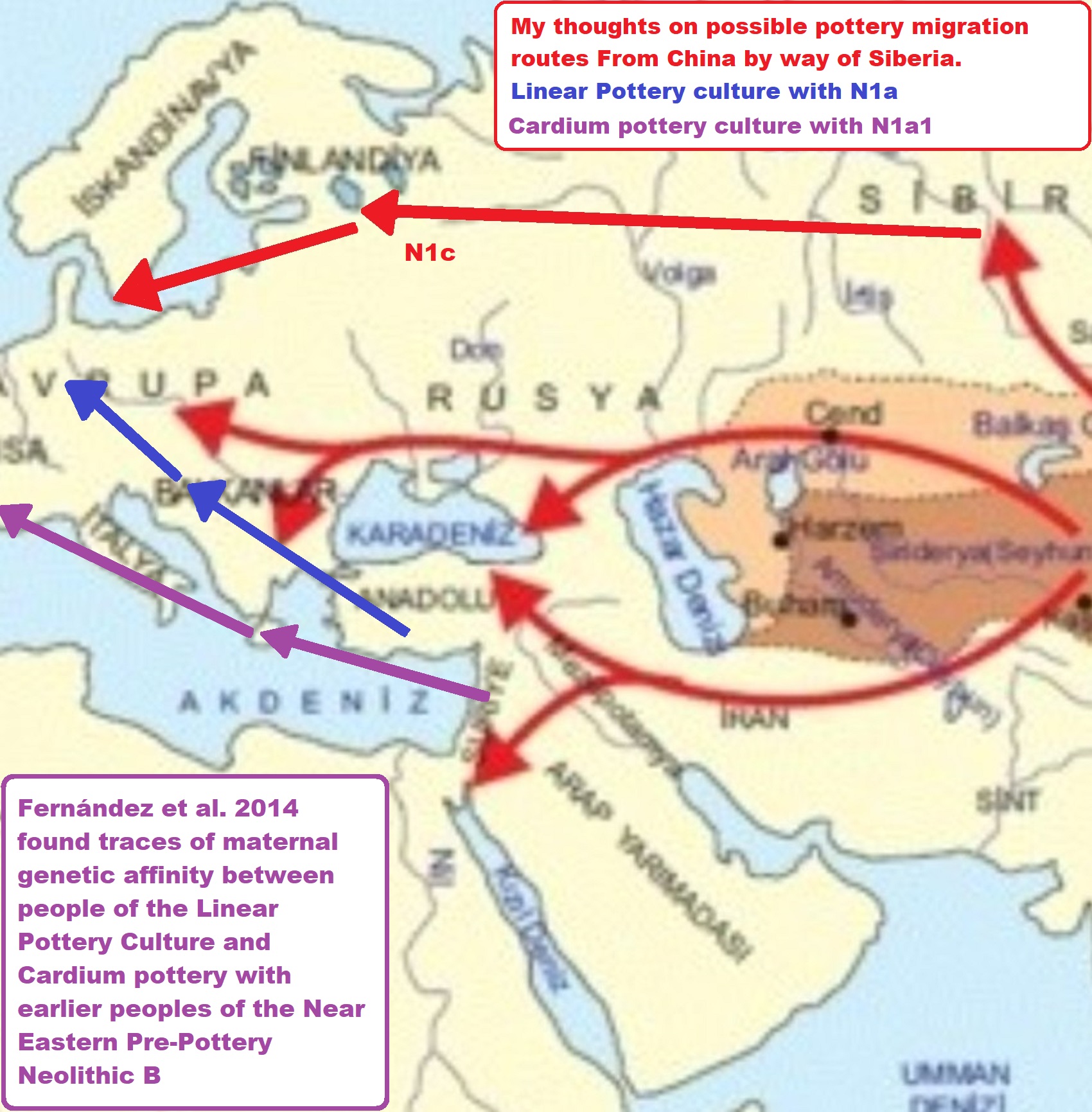
When the First Farmers Arrived in Europe, Inequality Evolved
“Forests gave way to fields, pushing hunter-gatherers to the margins—geographically and socially. There is no clear genetic evidence of interbreeding along the central European route until the (Linear Pottery culture 5500–4500 BCE or 7,522-6,522 years ago) LBK farmers reached the Rhine. And yet the groups mixed in other ways—potentially right from the beginning. A tantalizing hint of such interactions came from Gamba’s discovery of a hunter-gatherer bone in a farming settlement at a place called Tiszaszőlős-Domaháza in Hungary. But there was nothing more to be said about that individual. Was he a member of that community? A hostage? Someone passing through?” ref
“With later evidence, the picture became clearer. At Bruchenbrücken, a site north of Frankfurt in Germany, farmers, and hunter-gatherers lived together roughly 7,300 years ago in what Gronenborn calls a “multicultural” settlement. It looks as if the hunters may have come there originally from farther west to trade with the farmers, who valued their predecessors’ toolmaking techniques—especially their finely chiseled stone arrowheads. Perhaps some hunter-gatherers settled, taking up the farming way of life. So fruitful were the exchanges at Bruchenbrücken and other sites, Gronenborn says, that they held up the westward advance of farming for a couple of centuries.” ref
“There may even have been rare exceptions to the rule that the two groups did not interbreed early on. The Austrian site of Brunn 2, in a wooded river valley not far from Vienna, dates from the earliest arrival of the LBK farmers in central Europe, around 7,600 years ago. Three burials at the site were roughly contemporaneous. Two were of individuals of pure farming ancestry, and the other was the first-generation offspring of a hunter and a farmer. All three lay curled up on their sides in the LBK way, but the “hunter” was buried with six arrowheads.” ref

ref, ref, ref, ref, ref, ref, ref, ref, ref, ref, ref, ref, ref, ref, ref, ref, ref, ref, ref, ref
Around 8,000-year-old Shared Idea of the Mistress of Animals, “Ritual” Motif
Linear Pottery Culture Religion
“As is true of all prehistoric cultures, the details of actual belief systems maintained by the Linear Pottery culture population are poorly understood relative to beliefs and religions of historical periods. The extent to which prehistoric beliefs formed a systematic religious canon is also the subject of some debate. Nevertheless, comparative, detailed, scientific study of cultural artifacts and iconography has led to the proposal of models.” ref
“The mother goddess model is the major one applied to the Neolithic of the middle and near east, the civilization of the Aegean and Europe. The iconography was inherited from the Palaeolithic. The Gravettian culture introduced it into the range of the future LBK from western Asia and south Russia. From there, it diffused throughout Europe in the Upper Palaeolithic, which was inhabited by Cro-Magnon man and was responsible for many works of art, such as the Venus of Willendorf.” ref
“With the transition to the Neolithic, “the female principle continued to predominate the cultures that had grown up around the mysterious processes of birth and generation.” The LBK, therefore, did not bring anything new spiritually to Europe, nor was the cult in any way localized to Europe. It is reflected in the vase paintings, figurines, graves, and grave goods, and surviving customs and myths of Europe. In the north, the goddess could manifest herself as the mistress of animals, grain, distaff and loom, household, and life and death.” ref
“The works of the noted late archaeologist Marija Gimbutas present a major study of the iconography and surviving beliefs of the European Neolithic, including the Linear Pottery culture. She was able to trace the unity of reproductive themes in cultural objects previously unsuspected of such themes. For example, the burial pits of the Linear Pottery culture, which were lined with stone, clay, or plaster, may have been intended to represent eggs. The deceased returns to the egg, so to speak, there to await rebirth.” ref
“The presence of such pits contemporaneously with the burial of women and children under the floors of houses suggests a multiplicity of religious convictions, as does the use of both cremation and inhumation. Some of the figurines are not of females, but are androgynous. Perhaps the beliefs of Europeans of any culture always were complex.” ref
Funnelbeaker culture 4300-2800 BCE or 6,322-4,822 years ago
“The Funnel(-neck-)beaker culture, was an archaeological culture in north-central Europe. It developed as a technological merger of local neolithic and mesolithic techno-complexes between the lower Elbe and middle Vistula rivers. These predecessors were the Lengyel-influenced Stroke-ornamented ware culture (STK) groups/Late Lengyel and Baden-Boleráz in the southeast, Rössen groups in the southwest and the Ertebølle-Ellerbek groups in the north. The Funnelbeaker culture introduced farming and husbandry as a major source of food to the pottery-using hunter-gatherers north of this line.” ref
“The Funnelbeaker culture techno-complex is divided into a northern group including modern northern Germany and southern Scandinavia (TRB-N, roughly the area that previously belonged to the Ertebølle-Ellerbek complex), a western group in the Netherlands between the Zuiderzee and lower Elbe that originated in the Swifterbant culture, an eastern group centered on the Vistula catchment, roughly ranging from Oder to Bug, and south-central groups (Funnelbeaker culture-MES, Altmark) around the middle and upper Elbe and Saale. Especially in the southern and eastern groups, local sequences of variants emerged. In the late 4th millennium BCE, the Globular Amphora culture (GAC) replaced most of the eastern and subsequently also the southern Funnelbeaker culture groups, reducing the TRB area to modern northern Germany and southern Scandinavia. The younger TRB in these areas was superseded by the Single Grave culture (EGK) at about 2800 BCE. The north-central European megaliths were built primarily during the Funnelbeaker culture era.” ref
“The Funnelbeaker culture emerged in northern modern-day Germany c. 4100 BCE. Archaeological evidence strongly suggests that it originated through a migration of colonists from the Michelsberg culture of Central Europe. The Michelsberg culture is archaeologically and genetically strongly differentiated from the preceding post-Linear Pottery cultures of Central Europe, being distinguished by increased levels of hunter-gatherer ancestry. Its people were probably descended from farmers migrating into Central Europe out of Iberia and modern-day France, who in turn were descended from farmers of the Cardial Ware cultures who had migrated westwards from the Balkans along the Mediterranean coast. Connections between the Funnelbeakers and these farmers of the Atlantic coast is supported by genetic evidence.” ref
“After its establishment, the Funnelbeaker culture rapidly spread into southern Scandinavia and Poland, in what appears to have been a well-organized colonizing venture. In southern Scandinavia it replaced the Ertebølle culture, which had maintained a Mesolithic lifestyle for about 1500 years after farming arrived in Central Europe. The emergence of the Neolithic British Isles through maritime colonization by Michelsberg-related groups occurred almost at the same time as the expansion of the Funnelbeaker culture into Scandinavia, suggesting that these events may be connected. Although they were largely of Early European Farmer (EEF) descent, people of the Funnelbeaker culture had a relatively high amount of hunter-gatherer admixture, particularly in Scandinavia, suggesting that hunter-gatherer populations were partially incorporated into it during its expansion into this region. People of the Funnelbeaker culture often had between 30% and 50% hunter-gatherer ancestry depending on the region.” ref
“During later phases of the Neolithic, the Funnelbeaker culture re-expanded out of Scandinavia southwards into Central Europe, establishing several regional varieties. This expansion appears to have been accompanied by significant human migration. The southward expansion of the Funnelbeaker culture was accompanied by a substantial increase in hunter-gatherer lineages in Central Europe. The Funnelbeaker communities in Central Europe which emerged were probably quite genetically and ethnically mixed, and archaeological evidence suggests that they were relatively violent. From the middle of the 4th millennium BC, the Funnelbeaker culture was gradually replaced by the Globular Amphora culture on its southeastern fringes, and began to decline in Scandinavia.” ref
“In the early 3rd millennium BCE, the Corded Ware culture appeared in Northern Europe. Its peoples were of marked steppe-related ancestry and traced their origins in cultures further east. This period is distinguished by the construction of numerous defensive palisades in Funnelbeaker territory, which may be a sign of violent conflict between the Funnelbeakers, Corded Ware, and Pitted Ware. By 2650 BCE, the Funnelbeaker culture had been replaced by the Corded Ware culture. Genetic studies suggest that Funnelbeaker women were incorporated into the Corded Ware culture through intermixing with incoming Corded Ware males, and that people of the Corded Ware culture continued to use Funnelbeaker megaliths as burial grounds. Subsequent cultures of Late Neolithic, Bronze Age, and Iron Age Central Europe display strong maternal genetic affinity with the Funnelbeaker culture.” ref
“The Funnelbeaker Culture preserves the oldest dated evidence of wheeled vehicles in middle Europe. One example is the engraving on a ceramic tureen from Bronocice on the northern edge of the Beskidy Mountains (northern Carpathian ring), which is indirectly dated to the time span from 3636 to 3373 BCE and is the oldest evidence for covered carriages in Central Europe. They were drawn by cattle, presumably oxen whose remains were found with the pot. Today it is housed in the Archaeological Museum of Cracow (Muzeum Archeologiczne w Krakowie), Poland. The Funnelbeaker culture was dominated by animal husbandry of sheep, cattle, pigs, and goats, but there was also hunting and fishing. Primitive wheat and barley was grown on small patches that were fast depleted, due to which the population frequently moved small distances. There was also mining (in the Malmö region) and a collection of flintstone (Świętokrzyskie Mountains), which was traded into regions lacking the stone, such as the Scandinavian hinterland. The culture used copper from Silesia, especially daggers and axes.” ref
“Houses were centered on a monumental grave, a symbol of social cohesion. Burial practices were varied, depending on region, and changed over time. Inhumation seems to have been the rule. The oldest graves consisted of wooden chambered cairns inside long barrows, but were later made in the form of passage graves and dolmens. Originally, the structures were probably covered with a mound of earth and the entrance was blocked by a stone. The Funnelbeaker culture marks the appearance of megalithic tombs at the coasts of the Baltic and of the North sea, an example of which are the Sieben Steinhäuser in northern Germany. The megalithic structures of Ireland, France, and Portugal are somewhat older and have been connected to earlier archeological cultures of those areas. At graves, the people sacrificed ceramic vessels that contained food along with amber jewelry and flint-axes.” ref
“Flint-axes and vessels were also deposited in streams and lakes near the farmlands, and virtually all of Sweden’s 10,000 flint axes that have been found from this culture were probably sacrificed in water. They also constructed large cult centers surrounded by pales, earthworks, and moats. The largest one is found at Sarup on Fyn. It comprises 85,000 m2 and is estimated to have taken 8000 workdays. Another cult center at Stävie near Lund comprises 30,000 m2.” ref
“In the context of the Kurgan hypothesis (or steppe hypothesis), the culture is seen as non-Indo-European, representing a culture of Neolithic origin, as opposed to the Indo-European-language-speaking peoples (see Yamna culture) who later intruded from the east. Marija Gimbutas postulated that the political relationship between the aboriginal and intrusive cultures resulted in quick and smooth cultural morphosis into the Corded Ware culture. A number of other archaeologists in the past have proposed that the Corded Ware culture was a purely local development of the Funnelbeaker culture, which has been debunked by genetics.” ref
“Haak et al. 2015 analyzed 3 skeletons of the Baalberge group of the Funnelbeaker culture. Two samples belonged to Y-haplogroup I and R1b1a, while the 3 samples of mtDNA belonged to haplogroup H1e1a, HV, and T2e1. A male of the Salzmünde/Bernburg groups of the Funnelbeaker culture buried in Esperstedt, c. 3360-3086 BCE carried the Y-haplogroup I2a1b1a1 and the maternal haplogroup T2b. Lipson et al. 2017 examined 3 skeletons ascribed to the Salzmünde group of the Funnelbeaker culture. The 2 samples belonged to Y-haplogroup G2a2a1 and IJK, while the 3 samples of mtDNA extracted belonged to haplogroup H2 (2 samples) and U3a1.” ref
“Mittnik et al. 2018 examined an early Funnelbeaker female skeleton from Kvärlöv, Sweden ca. 3945–3647 BCE. She carried maternal haplogroup T2b. She was closely related to people of the Linear Pottery culture, but with an increased level of hunter-gatherer admixture, which is comparable to other Middle Neolithic and Chalcolithic farmers of Europe. Genetic continuity with later Funnelbeaker samples was detected. Her hunter-gatherer admixture appeared to have been derived from a Western Hunter-Gatherer (WHG) or Baltic Hunter-Gatherer source rather than a Scandinavian Hunter-Gatherer (SHG) source. Slight traces of Funnelbeaker ancestry was detected among the PWC.” ref
“Sánchez-Quinto et al. 2019 examined 9 skeletons from a megalith in Ansarve on the island of Gotland, Sweden c. 3500-2580 BCE. The 4 samples Y-haplogroups I2a1b1a1 (3 samples) and I2a1b, while the 9 samples of mtDNA belonged to the maternal haplogroups K1a, K1a2b, T2b8, J1c5, HV0a, J1c8a and K2b1a (2 samples). They were found to be mostly of Early European Farmer (EEF) descent, but with significant hunter-gatherer ancestry, which appeared to be primarily male-derived. Their paternal lineage I is of hunter-gatherer origin, and people examined from contemporary megaliths in other parts of western Europe also belonged to this lineage. The uniformity of the paternal lineages suggested that these peoples belonged to a patrilineal and socially stratified society. They were found to be more closely related peoples of Neolithic Britain than peoples of Neolithic Central Europe, suggesting that they derived much of their ancestry from people who migrated along the European Atlantic coast.” ref
“Malmström et al. 2019 examined 2 skeletons from Rössberga, Östergötland, Sweden c. 3330-2920 BCE. The 1 sample Y-haplogroup IJ-M429*, while the 2 samples of mtDNA extracted belonged to haplogroup J1c5 and U3a’c. They were found to be genetically related to Central European farmers of the Middle Neolithic, and were clearly differentiated from people of the contemporary Pitted Ware culture and the succeeding Battle Axe culture. People buried in Funnelbeaker megaliths during the time of the Battle Axe culture were found to be most closely related to Battle Axe people. Traces of Funnelbeaker admixture was however detected among the Battle Axe people. The evidence suggested that the Battle Axe culture entered Scandinavia through a migration from Eastern Europe, after which Battle Axe males mixed with Funnelbeaker females.” ref
“Malmström et al. 2020 found that the Funnelbeaker culture was mostly of Early European Farmer (EEF) ancestry. Among Funnelbeakers in Scandinavia, hunter-gatherer ancestry was estimated to be at about 50%, while in Central Europe it was at about 40%, with the remaining being EEF. Samples from the latest phases of the Funnelbeaker culture contained higher amounts of hunter-gatherer ancestry. The hunter-gatherers of the Pitted Ware culture, who displaced the Funnelbeakers throughout the coasts of southern Scandinavia, were found to carry slight amount of Funnelbeaker admixture.” ref
Globular Amphora culture
“The Globular Amphora culture, c. 3400–2800 BCE, is an archaeological culture in Central Europe. Marija Gimbutas assumed an Indo-European origin, though this is contradicted by newer genetic studies that show a connection to the earlier wave of Early European Farmers rather than to Western Steppe Herders from the Ukrainian and western-southern Russian steppes. The Globular Amphora culture preceded the Corded Ware culture in its central area. Somewhat to the south and west, it was bordered by the Baden culture. To the northeast was the Narva culture. It occupied much of the same area as the earlier Funnelbeaker culture. The name was coined by Gustaf Kossinna because of the characteristic pottery, globular-shaped pots with two to four handles.” ref
“The economy was based on raising a variety of livestock, pigs particularly in its earlier phase, in distinction to the Funnelbeaker culture’s preference for cattle. Settlements are sparse, and these normally just contain small clusters pits. No convincing house-plans have yet been excavated. It is suggested that some of these settlements were not year-round, or may have been temporary. The GAC is primarily known from its burials. Inhumation was in a pit or cist. A variety of grave offerings were left, including animal parts (such as a pig’s jaw) or even whole animals, e.g., oxen. Grave gifts include the typical globular amphorae and stone axes. There are also cattle-burials, often in pairs, accompanied by grave gifts. There are also secondary burials in Megalithic graves.” ref
“The inclusion of animals in the grave is seen as an intrusive cultural element by Marija Gimbutas. The practice of suttee, hypothesized by Gimbutas is also seen as a highly intrusive cultural element. The supporters of the Kurgan hypothesis point to these distinctive burial practices and state this may represent one of the earliest migrations of Indo-Europeans into Central Europe. In this context and given its area of occupation, this culture has been claimed as the underlying culture of a Germanic–Baltic–Slavic continuum.” ref
“Tassi et al. (2017) extracted fifteen samples of mtDNA. The majority of the samples belonged to subclades of U and Haplogroup H (mtDNA), along with J, W, and K. The remains were found to be closely related to Early European Farmers and Western Hunter-Gatherers, with little genetic relation to the Yamnaya culture of Western Steppe Herders in the east. The authors of the study suggested that the Globulara Amphora culture was non-Indo-European-speaking, but with cultural influences from Yamnaya.” ref
“Mathieson et al. (2018) included a genetic analysis of eight males of the Globular Amphora culture. Three of them carried haplogroup I2a2a1b and a subclade of it; two carried I2a2; one carried I2; one carried BT and one carried CT. According to admixture analysis they also had approximately 70% EEF ancestry and 30% WHG ancestry, some of them with negligible Eastern Hunter-Gatherer and Yamnaya traces.” ref
“Schroeder et al. (2019) examined 15 skeletons from the Koszyce mass grave in southern Poland, which is ascribed to the Globular Amphora culture. The individuals were all shown to be members of an extended family, and to have been buried with great care by someone who knew them very well. Most of them were female and children. All had been executed by a violent blow to the head, perhaps by invading Corded Ware groups. The older males of the family are missing from the grave, suggesting that they were away or had fled. All individuals had been brutally killed by blows to the head, but buried with great care…. From a population genetic viewpoint, the individuals are clearly distinct from neighboring Corded Ware groups because of their lack of steppe-related ancestry. Although the reason for the massacre is unknown, it is possible that it was connected with the expansion of Corded Ware groups, which may have resulted in violent conflict.” ref
“Of the eight samples of Y-DNA extracted, all were found to belong to I2a-L801. The fifteen samples of mtDNA extracted belonged to various subclades of T, H, J, K, HV. The skeletons were determined to have about 70% Early European Farmers ancestry and 30% WHG ancestry, meaning they had no Indo-European WSH-ancestry. The archaeological and genetic evidence collected from the grave indicated that the Globular Amphora culture was patriarchal and kinship-oriented, which appears to have been the norm for Late Neolithic communities in Central Europe.” ref
Corded Ware culture
“The Corded Ware culture comprises a broad archaeological horizon of Europe between ca. 3000 BCE – 2350 BCE or 5,022-4,372 years ago, thus from the late Neolithic, through the Copper Age, and ending in the early Bronze Age. Corded Ware culture encompassed a vast area, from the contact zone between the Yamnaya culture and the Corded Ware culture in south Central Europe, to the Rhine on the west and the Volga in the east, occupying parts of Northern Europe, Central Europe, and Eastern Europe. The Corded Ware culture is thought to have originated from the westward migration of Yamnaya-related people from the steppe-forest zone into the territory of late Neolithic European cultures such as the Globular Amphora and Funnelbeaker cultures, and is considered to be a likely vector for the spread of many of the Indo-European languages in Europe and Asia.” ref
“The origins and dispersal of Corded Ware culture is one of the pivotal unresolved issues of the Indo-European Urheimat problem, and there is a stark division between archaeologists regarding the origins of Corded Ware. The Corded Ware culture has long been regarded as Indo-European, with archaeologists seeing an influence from nomadic pastoral societies of the steppes. Alternatively, some archaeologists believed it developed independently in central Europe. The Corded Ware culture was once presumed to be the Urheimat of the Proto-Indo-Europeans based on their possession of the horse and wheeled vehicles, apparent warlike propensities, wide area of distribution, and rapid intrusive expansion at the assumed time of the dispersal of Indo-European languages. Today this specific idea has lost currency, as the steppe hypothesis is currently the most widely accepted proposal to explain the origins and spread of the Indo-European languages.” ref
“Recent genetic studies suggest that the people of the Corded Ware culture share significant levels of ancestry with Yamnaya as a consequence of a supposed “massive migration” from the Pontic-Caspian steppe, and the people of both cultures may be directly descended from a genetically similar pre-Yamnaya population. Goldberg et al. (2016) found that Neolithic farming migration into Europe “was driven by mass migration of both males and females in roughly equal numbers, perhaps whole families”, while Bronze Age Pontic steppe “migration and cultural shift were instead driven by male migration, potentially connected to new technology and conquest.” ref
“Kristiansen et al. (2017) theorize that the Corded Ware culture originated from male Yamnaya pastoralists, or a closely related population, migrating northwards, and marrying local farmer woman, who contributed specific farmer aspects to their culture, which transformed into the Corded ware culture. This culture was carried further into Europe by their offspring. Archaeologists such as Furholt and Heyd, however, continue to emphasize the differences both between and within the material cultures of these two groups, as well as emphasizing the problems of over-simplifying these long-term social processes.” ref
“The Middle Dnieper culture forms a bridge between the Yamnaya culture and the Corded ware culture. From the Middle Dnieper culture, the Corded Ware culture spread both west and east. The eastward migration gave rise to the Fatyanova culture which had a formative influence on the Abashevo culture, which in turn contributed to the proto-Indo-Iranian Sintashta culture. Its wide area of distribution indicates rapid expansion at the assumed time of the dispersal of the core (excluding Anatolian and Tocharian) Indo-European languages. In a number of regions, Corded Ware appears to herald a new culture and physical type. On most of the immense, continental expanse that it covered, the culture was clearly intrusive, and therefore represents one of the most impressive and revolutionary cultural changes attested by archaeology.” ref
“In favor of the view that the culture developed independently was the fact that Corded Ware coincides considerably with the earlier north-central European Funnelbeaker culture (TRB). According to Gimbutas, the Corded Ware culture was preceded by the Globular Amphora culture (3400–2800 BCE), which she regarded to be an Indo-European culture. The Globular Amphora culture stretched from central Europe to the Baltic sea, and emerged from the Funnelbeaker culture. According to controversial radiocarbon dates, Corded Ware ceramic forms in single graves develop earlier in the area that is now Poland than in western and southern Central Europe. The earliest radiocarbon dates for Corded Ware indeed come from Kujawy and Lesser Poland in central and southern Poland and point to the period around 3000 BCE.” ref
“However, a subsequent review has challenged this perspective, instead of pointing out that the wide variation in dating of the Corded Ware, especially the dating of the culture’s beginning, is based on individual outlier graves, is not particularly in line with other archaeological data and runs afoul of plateaus in the radiocarbon calibration curve; in the one case where the dating can be clarified with dendrochronology, in Switzerland, Corded Ware is found for only a short period from 2750 BCE to 2400 BCE. Furthermore, because the short period in Switzerland seems to represent examples of artifacts from all the major sub-periods of the Corded Ware culture elsewhere, some researchers conclude that Corded Ware appeared more or less simultaneously throughout North Central Europe approximately in the early 29th century BCE (around 2900 BCE), in a number of “centers” which subsequently formed their own local networks.” ref
“Carbon-14 dating of the remaining central European regions shows that Corded Ware appeared after 2880 BCE. According to this theory, it spread to the Lüneburg Heath and then further to the North European Plain, Rhineland, Switzerland, Scandinavia, the Baltic region, and Russia to Moscow, where the culture met with the pastoralists considered indigenous to the steppes. The Middle Dnieper culture is a formative early expression of the Corded Ware culture. It has very scant remains, but occupies the easiest route into Central and Northern Europe from the steppe. The Middle Dnieper culture and the Eastern Baltic Corded Ware culture gave rise to the Fatyanovo–Balanovo culture on the upper Volga, which in turn contributed to the Abashevo culture, a predecessor of the proto-Indo-Iranian Sintashta culture.” ref
“The Fatyanovo–Balanovo culture may have been a culture with an Indo-European superstratum over a Uralic substratum,[citation needed] and may account for some of the linguistic borrowings identified in the Indo-Uralic thesis. However, according to Häkkinen, the Uralic–Indo-European contacts only start in the Corded Ware period and the Uralic expansion into the Upper Volga region postdates it. Häkkinen accepts Fatyanovo-Balanovo as an early Indo-European culture, but maintains that their substratum (identified with the Volosovo culture) was neither Uralic nor Indo-European. Genetics seems to support Häkkinen.” ref
“The prototypal Corded Ware culture, German Schnurkeramikkultur, is found in Central Europe, mainly Germany and Poland, and refers to the characteristic pottery of the era: twisted cord was impressed into the wet clay to create various decorative patterns and motifs. It is known mostly from its burials, and both sexes received the characteristic cord-decorated pottery. Whether made of flax or hemp, they had rope. The Single Grave term refers to a series of late Neolithic communities of the 3rd millennium BCE living in southern Scandinavia, Northern Germany, and the Low Countries that share the practice of single burial, the deceased usually being accompanied by a battle-axe, amber beads, and pottery vessels.” ref
“The term Single Grave culture was first introduced by the Danish archaeologist Andreas Peter Madsen in the late 1800s. He found Single Graves to be quite different from the already known dolmens, long barrows, and passage graves. In 1898, archaeologist Sophus Müller was first to present a migration-hypothesis stating that previously known dolmens, long barrows, passage graves, and newly discovered single graves may represent two completely different groups of people, stating “Single graves are traces of new, from the south coming tribes”. The cultural emphasis on drinking equipment is already characteristic of the early indigenous Funnelbeaker culture, synthesized with newly arrived Corded Ware traditions. Especially in the west (Scandinavia and northern Germany), the drinking vessels have a protruding foot and define the Protruding-Foot Beaker culture (PFB) as a subset of the Single Grave culture. The Beaker culture has been proposed to derive from this specific branch of the Corded Ware culture.” ref
“There are very few discovered settlements, which led to the traditional view of Corded Ware culture as exclusively nomadic pastoralists, similar to that of the Yamnaya culture, and the reconstructed culture of the Indo-Europeans as inferred from philology. However, this view was modified, as some evidence of sedentary farming emerged. Traces of emmer, common wheat, and barley were found at a Corded Ware site at Bronocice in south-east Poland. Wheeled vehicles (presumably drawn by oxen) are in evidence, a continuation from the Funnelbeaker culture era.” ref
“Cows’ milk was used systematically from 3400 BCE onwards in the northern Alpine foreland. Sheep were kept more frequently in the western part of Switzerland due to the stronger Mediterranean influence. Changes in slaughter age and animal size are possibly evidence for sheep being kept for their wool at Corded Ware sites in this region. The Corded Ware culture may have played a central role in the spread of the Indo-European languages in Europe during the Copper and Bronze Ages. According to Mallory (1999), the Corded Ware culture may have been “the common prehistoric ancestor of the later Celtic, Germanic, Baltic, Slavic, and possibly some of the Indo-European languages of Italy.” ref
“Yet, Mallory (1999) also notes that the Corded Ware can not account for Greek, Illyrian, Thracian and East Italic, which may be derived from Southeast Europe. Mallory (2013) proposes that the Beaker culture was associated with a European branch of Indo-European dialects, termed “North-west Indo-European”, spreading northwards from the Alpine regions and ancestral to not only Celtic but equally Italic, Germanic and Balto-Slavic. According to Anthony (2007), the Corded Ware horizon may have introduced Germanic, Baltic, and Slavic into northern Europe. According to Anthony, the Pre-Germanic dialects may have developed in the Usatovo culture in south-eastern Central Europe between the Dniestr and the Vistula between c. 3100 and 2800 BCE, and spread with the Corded Ware culture.” ref
“Between 3100 and 2800/2600 BCE, a real folk migration of Proto-Indo-European speakers from the Yamnaya culture took place into the Danube Valley, which eventually reached as far as Hungary, where pre-Celtic and pre-Italic may have developed. Slavic and Baltic developed at the middle Dniepr (present-day Ukraine). Haak et al. (2015) envision a migration from the Yamnaya culture into Germany. Allentoft et al. (2015) envision a migration from the Yamnaya culture towards north-western Europe via Central Europe, and towards the Baltic area and the eastern periphery of the Corded Ware culture via the territory of present-day Ukraine, Belarus, and Russia.” ref
“According to Gimbutas‘ original theory, the process of “Indo-Europeanization” of Corded Ware (and, later, the rest of Europe) was essentially a cultural transformation, not one of physical type. The Yamnaya migration from Eastern to Central and Western Europe is understood by Gimbutas as a military victory, resulting in the Yamnaya imposing a new administrative system, language, and religion upon the indigenous groups. The Old Europeans (indigenous groups) had neither a warrior class nor horses, and lived in (probably) theocratic monarchies presided over by a queen-priestess in relatively egalitarian societies, in contrast with the social structure of the Yamnaya-derived cultures that followed them.” ref
“David Anthony (2007), in his “revised Steppe hypothesis” proposes that the spread of the Indo-European languages probably did not happen through “chain-type folk migrations,” but by the introduction of these languages by ritual and political elites, which were emulated by large groups of people, a process which he calls “elite recruitment”. Yet, in supplementary information to Haak et al. (2015) Anthony, together with Lazaridis, Haak, Patterson, and Reich, notes that the mass migration of Yamnaya people to northern Europe shows that “the Steppe hypothesis does not require elite dominance to have transmitted Indo-European languages into Europe. Instead, our results show that the languages could have been introduced simply by strength of numbers: via major migration in which both sexes participated.” ref
“Linguist Guus Kroonen points out that speakers of Indo-European languages encountered existing populations in Europe that spoke unrelated, non-Indo-European languages when they migrated further into Europe from the Yamnaya culture’s steppe zone at the margin of Europe. He focuses on both the effects on Indo-European languages that resulted from this contact and investigation of the pre-existing languages. Relatively little is known about the Pre-Indo-European linguistic landscape of Europe, except for Basque, as the “Indo-Europeanization” of Europe caused a largely unrecorded, massive linguistic extinction event, most likely through language shift. Kroonen’s 2015 study purports to show that Pre-Indo-European speech contains a clear Neolithic signature emanating from the Aegean language family and thus patterns with the prehistoric migration of Europe’s first farming populations.” ref
“Marija Gimbutas, as part of her theory, had already inferred that the Corded Ware culture’s intrusion into Scandinavia formed a synthesis with the indigenous people of the Funnelbeaker culture, giving birth to the Proto-Germanic language. According to Edgar Polomé, 30% of the non-Indo-European substratum found in modern German derives from non-Indo-European-speakers of Funnelbeaker culture, indigenous to southern Scandinavia. She claimed that when Yamnaya Indo-European speakers came into contact with the indigenous peoples during the 3rd millennium BCE, they came to dominate the local populations yet parts of the indigenous lexicon persisted in the formation of Proto-Germanic, thus giving Proto-Germanic the status of being an “Indo-Europeanized” language. However, more recent linguists have substantially reduced the number of roots claimed to be uniquely Germanic, and more recent treatments of Proto-Germanic tend to reject or simply omit discussion of the Germanic substrate hypothesis, giving little reason to consider Germanic anything but a typical Indo-European dialect with at most minor substrate influence.” ref
Corded Ware culture Relation with Yamnaya-culture
“Haak et al. (2015) found that a large proportion of the ancestry of the Corded Ware culture’s population is similar to that of the Yamnaya culture, tracing the Corded Ware culture’s origins to a “massive migration” of the Yamnaya or an earlier (pre-Yamnaya) population from the steppes 4,500 years ago. The DNA of late Neolithic Corded Ware skeletons found in Germany was found to be around 75% similar to DNA from individuals of the Yamnaya culture.” ref
“Yet, Haak et al. (2015) warned:
We caution that the sampled Yamnaya individuals from Samara might not be directly ancestral to Corded Ware individuals from Germany. It is possible that a more western Yamnaya population, or an earlier (pre-Yamnaya) steppe population may have migrated into central Europe, and future work may uncover more missing links in the chain of transmission of steppe ancestry.— W. Haak et al., Nature (2015)” ref
“The same study estimated a 40–54% ancestral contribution of so-called “steppe ancestry” in the DNA of modern Central & Northern Europeans, and a 20–32% contribution in modern Southern Europeans, excluding Sardinians (7.1% or less), and to a lesser extent Sicilians (11.6% or less). Haak et al. (2015) further found that autosomal DNA tests indicate that westward migration from the steppes was responsible for the introduction of a component of ancestry referred to as “Ancient North Eurasian” admixture into western Europe. “Ancient North Eurasian” is the name given in genetic literature to a component that represents descent from the people of the Mal’ta-Buret’ culture or a population closely related to them. The “Ancient North Eurasian” genetic component is visible in tests of the Yamnaya people as well as modern-day Europeans, but not of Western or Central Europeans predating the Corded Ware culture.” ref
“Heyd (2017) has cautioned to be careful with drawing too strong conclusions from those genetic similarities between Corded Ware and Yamnaya, noting the small number of samples; the late dates of the Esperstadt graves, which could also have undergone Bell Beaker admixture; the presence of Yamnaya-ancestry in western Europe before the Danube-expansion; and the risks of extrapolating “the results from a handful of individual burials to whole ethnically interpreted populations.” Heyd confirms the close connection between Corded Ware and Yamnaya, but also states that “neither a one-to-one translation from Yamnaya to CWC, nor even the 75:25 ratio as claimed (Haak et al. 2015:211) fits the archaeological record.” ref
“In an archaeogenetic study focusing on late Neolithic and Bronze Age individuals from Bohemia, Papac et al. (2021), which includes Haak and Heyd as co-authors, suggest that the early Corded Ware culture was a “polyethnic” society characterized by genetic, cultural, and linguistic diversity, resulting from the agglomeration of people of the Globular Amphora culture and Yamnaya-related migrants, who had highly differentiated genetic profiles, a different material culture, and probably spoke different languages. 100% of the Bohemian Corded Ware samples found without steppe-derived ancestry were female, indicating that this genetic diversity was a result of Corded Ware males marrying and assimilating local Globular Amphora females.” ref
“Later Corded Ware individuals of Central Europe were less differentiated genetically. This study also detected ancestry similar to Latvia Middle Neolithic (“Latvia_MN-like”), or Ukraine Neolithic in early Corded Ware individuals, suggesting either a northeast European Eneolithic forest-steppe contribution to early CW, partially supported by archaeology, or alternatively a contribution from a hypothetical steppe population carrying this ancestry, which the authors consider less likely. This ancestry made up 5-15% of the early Corded Ware ancestry, depending on the model used.” ref
Corded Ware culture Y-DNA
R1a and R1b
“According to Malmström et al. (2019), neither R1a nor R1b-M269 have been reported among Neolithic populations of central and western Europe, although it was common among earlier hunter-gatherers of Eastern Europe. Haak et al. note that their results suggest that these haplogroups “spread into Europe from the East after 3,000 BCE.” ref
“The majority of CWC-men carried haplogroup R1a-M417, the remaining ones R1b and I2a. Note that, although related to the Corded Ware population, Yamnaya males mainly carried R1b-Z2103, while R1b-bearing Corded Ware males had R1b-L51, suggesting that Corded Ware culture males cannot be directly patrilineally descended from Yamnaya individuals. Yet, Linderholm et al. (2020) found seven CW males which were narrowed down to either R1b-M269 or R-L11, while Allentoft et al. (2015) report two CW males with R1b, and Fürtwangler et al. (2020) report three CW males with R1b. According to Sjögren et al. (2020), R1b-M269 “is the major lineage associated with the arrival of Steppe ancestry in western Europe after 2500 BC[E].” ref
“Papac et al. (2021) argue that the differences in Y-DNA between early CW and Yamnaya males suggest that the Yamnaya culture did not have a direct role in the origins and expansion of the Corded Ware culture. They found that a majority of early Corded Ware males in Bohemia belonged to R1b-L151, while R1a lineages became predominant over time. The study detected a reduction in male haplogroup diversity over time, reducing from five different lineages in early CW to a single dominant lineage, R1a-M417(xZ645), in late CW. The authors suggest that males of this haplogroup had around 15% more surviving offspring per generation compared to other males, which may have been caused by “selection, social structure, or influx of nonlocal R1a-M417(xZ645) lineages.” The sample included one individual ancestral to haplogroup R1b-P312, which is the most common male lineage found in individuals of the Bell Beaker culture.” ref
Overview of reported CW Y-DNA haplogroups
- Haak et al. (2008): three males (probably a father and his two children) from a single Corded Ware burial in Eulau, Germany carrying R1a.
- Haak et al. (2015): a Corded Ware male from Esperstedt carrying R1a1a1.
- Allentoft et al. (2015): several males from the Corded Ware culture. A male from the Battle-Axe culture in Viby, Kristianstad was found to be carrying R1a1a1. A Corded Ware male of Bergrheinfeld, Germany was also found to have carried R1a1a1. A Corded Ware male of Leki Male was found to have carried R1b1a. Two Corded Ware males from Tiefbrunn, Germany were found to have carried R1 and R1b1 respectively.
- Mathieson et al. (2015): eight Corded Ware males buried in Esperstedt. Six carried R1a or various subclades of it, while two carried R.
- Saag et al. (2017): five males from the Corded Ware culture in Estonia. Four of them carried R1a-Z645, while the other carried R1a1-Z283.
- Mathieson et al. (2018): three Corded Ware males from the Czech Republic. The three were found to be carrying the paternal haplogroups R1a1a, R1a1, and I2a2a2 respectively.
- Malmström et al. (2019): two Corded Ware males; both were found to be carriers of R1a.
- Linderholm et al. (2020) report seven Polish CW males with R1b.” ref
Relations with later cultures
“A 2015 study by Allentoft et al. in Nature found the people of the Corded Ware culture to be genetically similar to the Beaker culture, the Unetice culture, and the Nordic Bronze Age. People of the Nordic Bronze Age and Corded Ware show the highest lactose tolerance among Bronze Age Europeans.” ref
“The study also found a close genetic relationship between the Corded Ware culture and the Sintashta culture, suggesting that the Sintashta culture emerged as a result of an eastward expansion of Corded Ware peoples. The Sintashta culture is in turn closely genetically related to the Andronovo culture, by which it was succeeded. Many cultural similarities between the Sintashta/Andronovo culture, the Nordic Bronze Age, and the people of the Rigveda have been detected. Narasimhan et al. (2019) found the Sintashta culture, the Potapovka culture, the Andronovo culture, and the Srubnaya culture to be closely related to the Corded Ware culture. These cultures were found to harbor mixed ancestry from the Yamnaya culture and peoples of the Middle Neolithic of Central Europe. The genetic data suggested that these cultures were ultimately derived of a remigration of Central European peoples with steppe ancestry back into the steppe.” ref

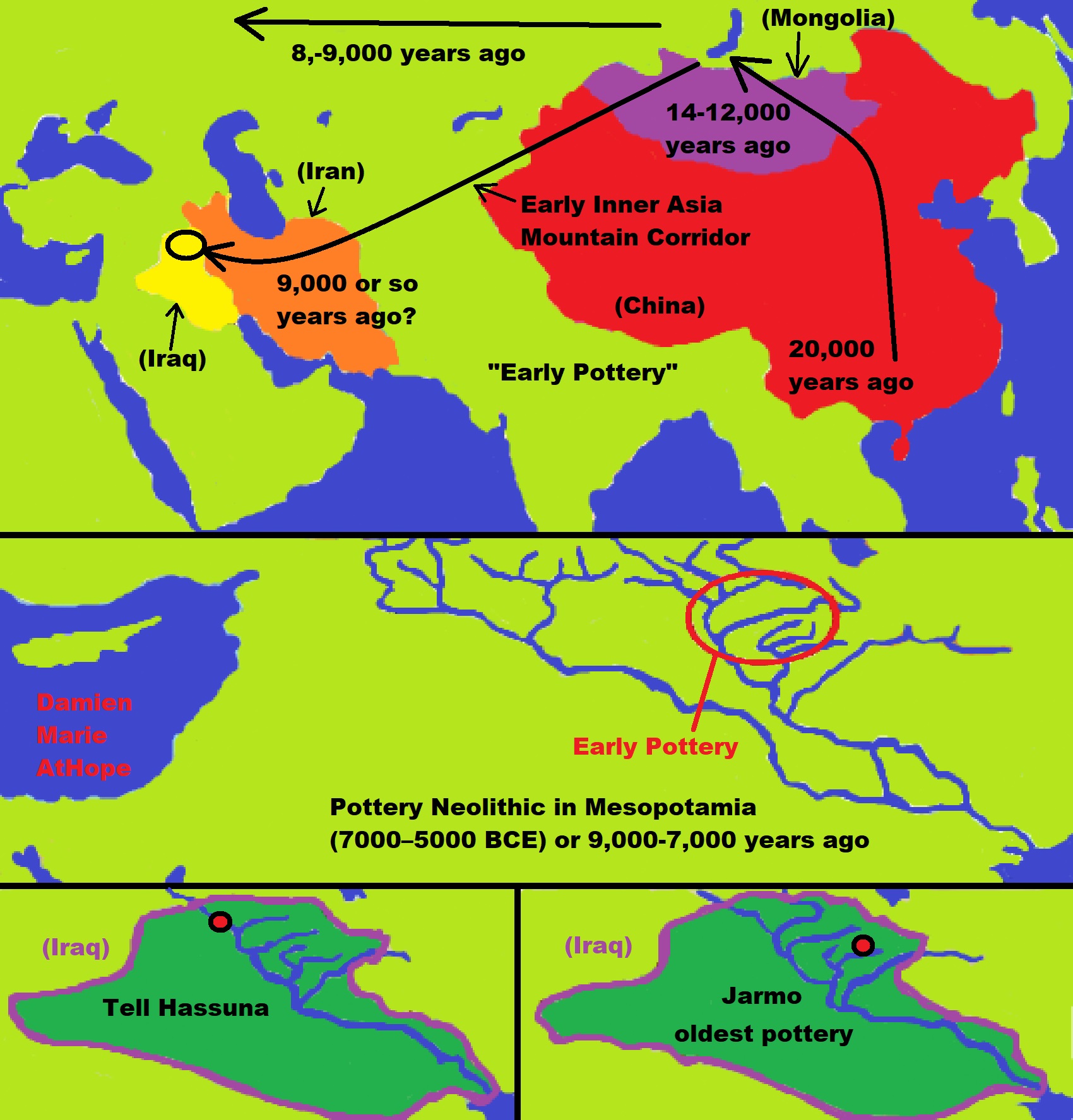

“N1(xN1a, N1c) was found in ancient bones of Liao civilization:
- Niuheliang (Hongshan Culture, 6,522–5,022 years ago) 66.7%(=4/6)
- Halahaigou (Xiaoheyan Culture, 5,022–4222 years ago) 100.0%(=12/12)
- Dadianzi (Lower Xiajiadian culture, 4222–3622 years ago) 60.0%(=3/5).” ref
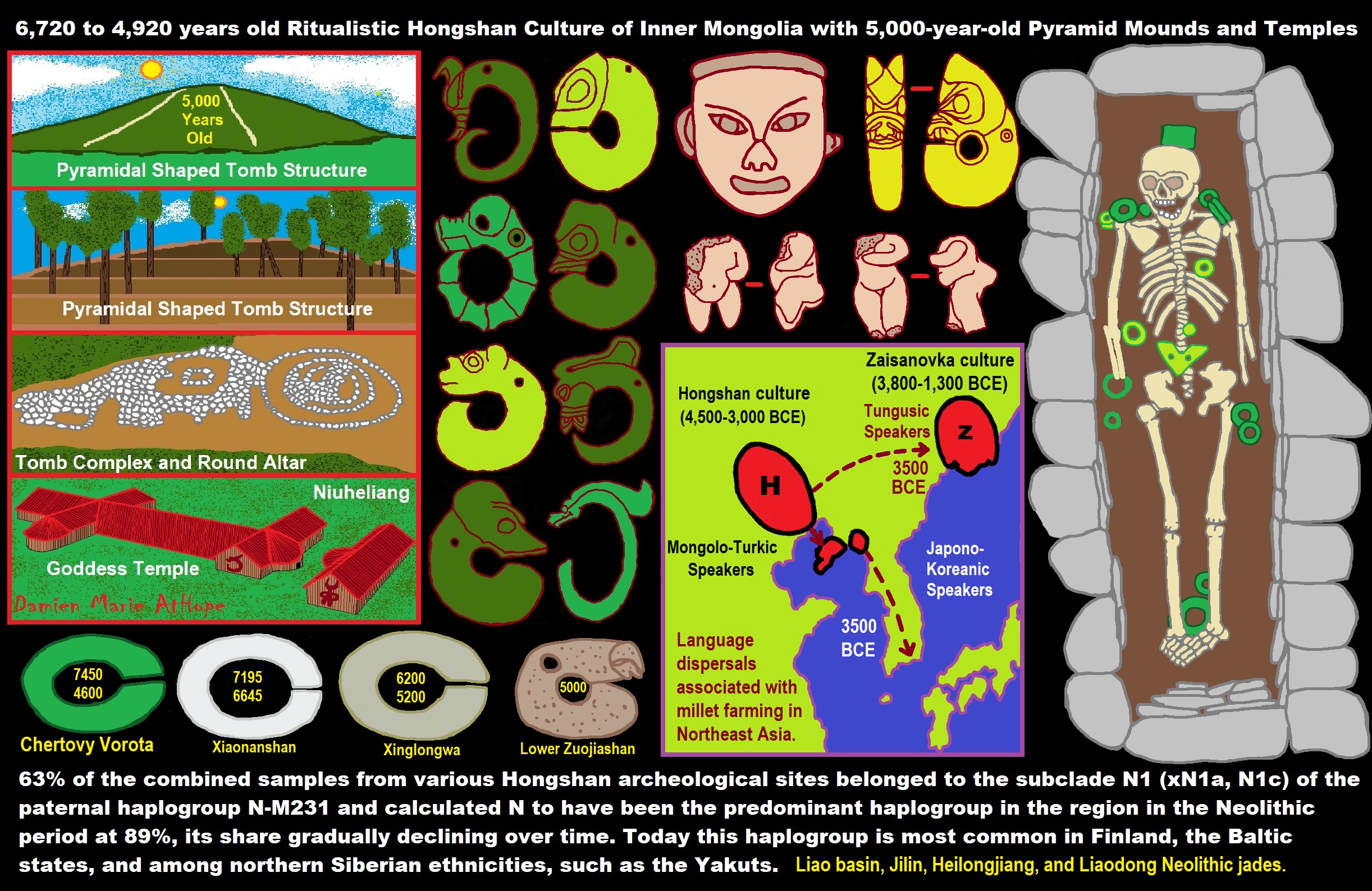
ref, ref, ref, ref, ref, ref, ref, ref, ref, ref, ref, ref, ref, ref, ref, ref, ref
“N-CTS4309: two people identified with this subgroup in Iraq. Very rare. N-LLY22g has been reported to reach a frequency of up to 30% (13/43) among the Yi people of Butuo County, Sichuan in Southwest China (Hammer et al. 2005, Karafet et al. 2001, and Wen2004b). It is also found in 34.6% of Lhoba people (Wen 2004, Bo Wen 2004). N1-LLY22g* has been found in samples of Han Chinese, but with widely varying frequency:
- 15.0% (6/40) Han from Guangzhou (Hammer et al. 2005 and Karafet et al. 2001)
- 6.8% (3/44) Han from Xi’an (Hammer et al. 2005 and Karafet et al. 2001)
- 6.7% (2/30) Han from Lanzhou (Xue et al. 2006)
- 3.6% (3/84) Taiwanese Han (Hammer et al. 2005)
- 2.9% (1/34) Han from Chengdu (Xue et al. 2006)
- 2.9% (1/35) Han from Harbin (Xue et al. 2006)
- 2.9% (1/35) Han from Meixian District (Xue et al. 2006)
- 0% (0/32) Han from Yining City (Xue et al. 2006)” ref
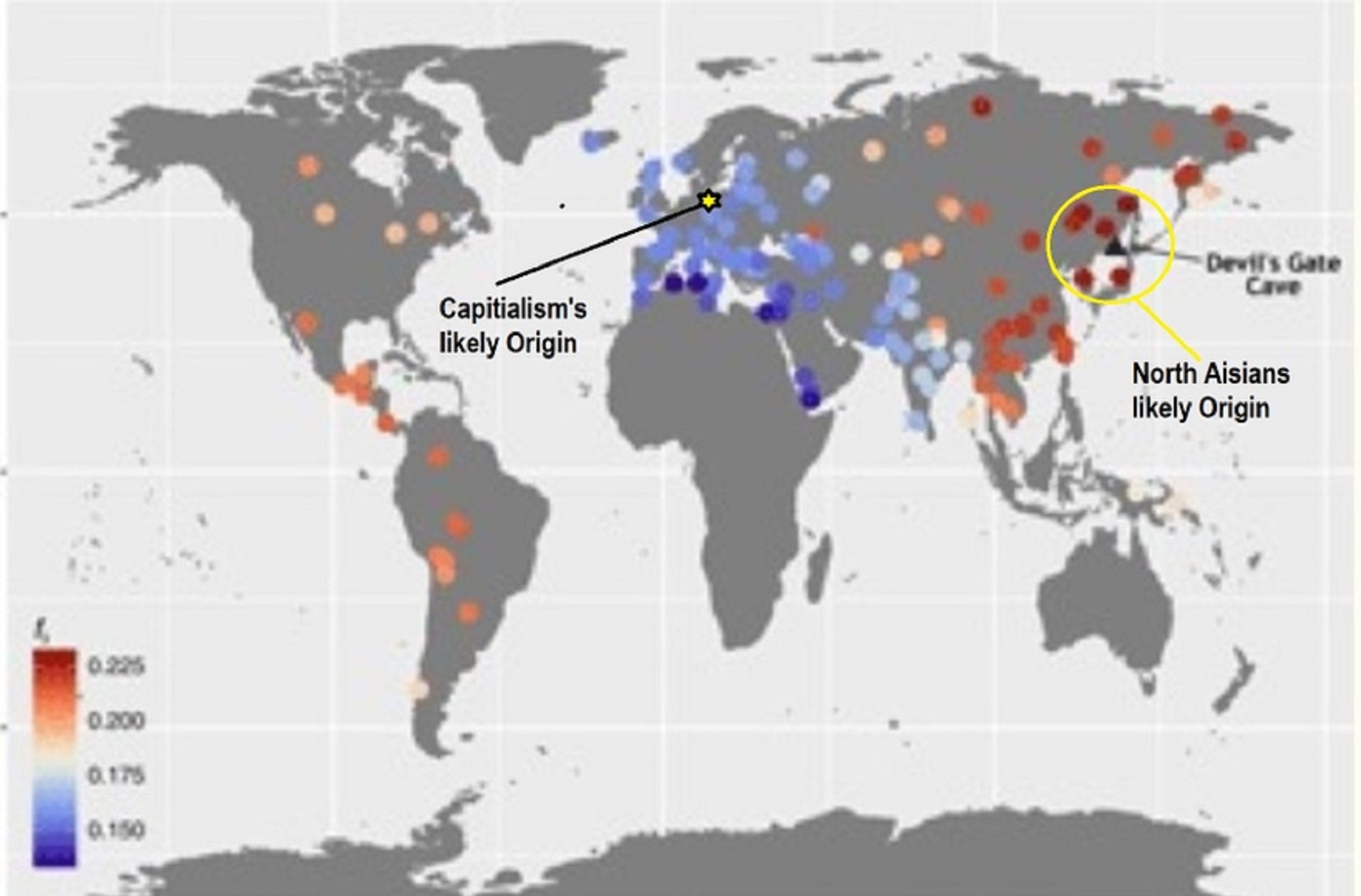
Pic ref
Abstract
“Ancient genomes have revolutionized our understanding of Holocene prehistory and, particularly, the Neolithic transition in western Eurasia. In contrast, East Asia has so far received little attention, despite representing a core region at which the Neolithic transition took place independently ~3 millennia after its onset in the Near East. We report genome-wide data from two hunter-gatherers from Devil’s Gate, an early Neolithic cave site (dated to ~7.7 thousand years ago) located in East Asia, on the border between Russia and Korea. Both of these individuals are genetically most similar to geographically close modern populations from the Amur Basin, all speaking Tungusic languages, and, in particular, to the Ulchi. The similarity to nearby modern populations and the low levels of additional genetic material in the Ulchi imply a high level of genetic continuity in this region during the Holocene, a pattern that markedly contrasts with that reported for Europe.” ref
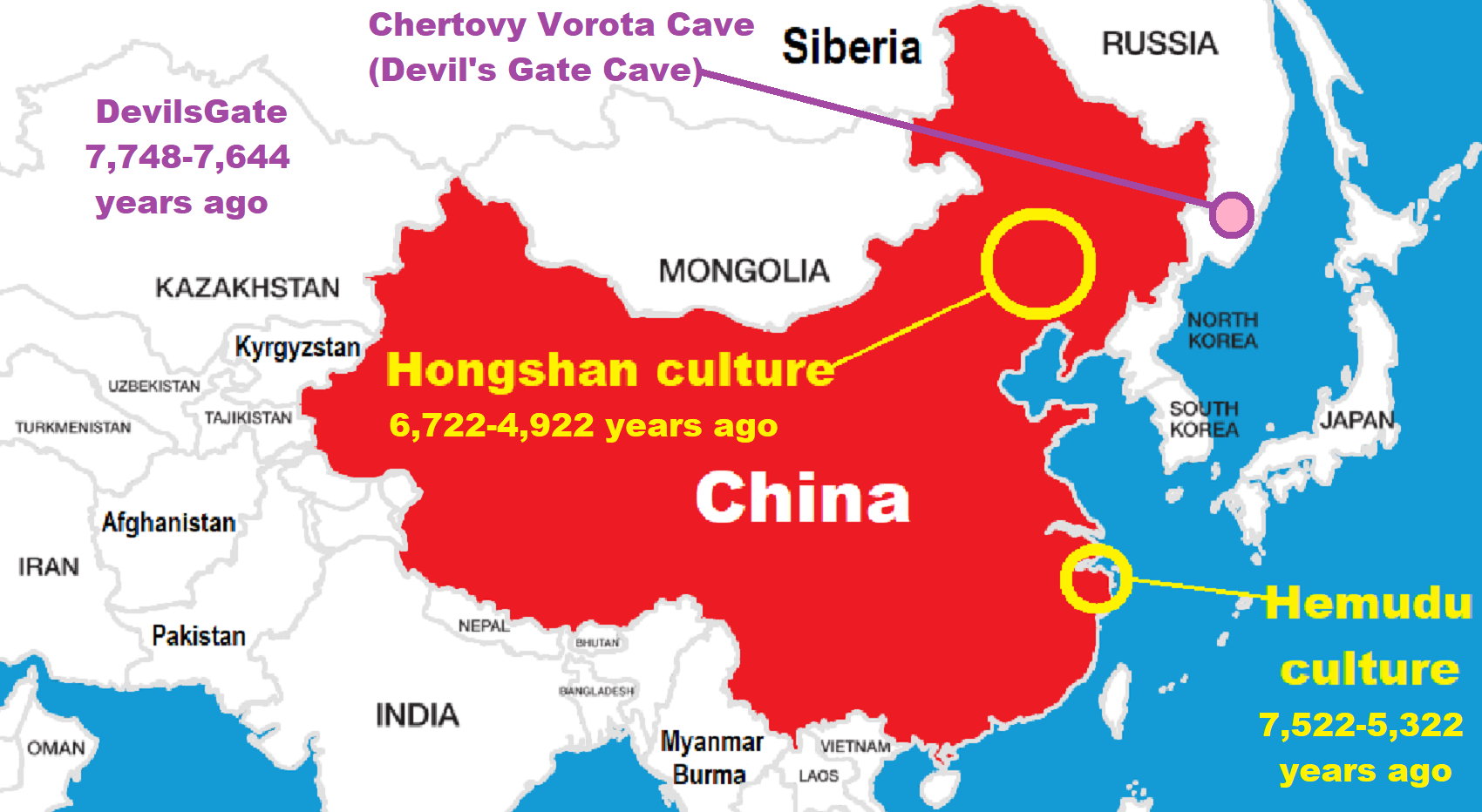
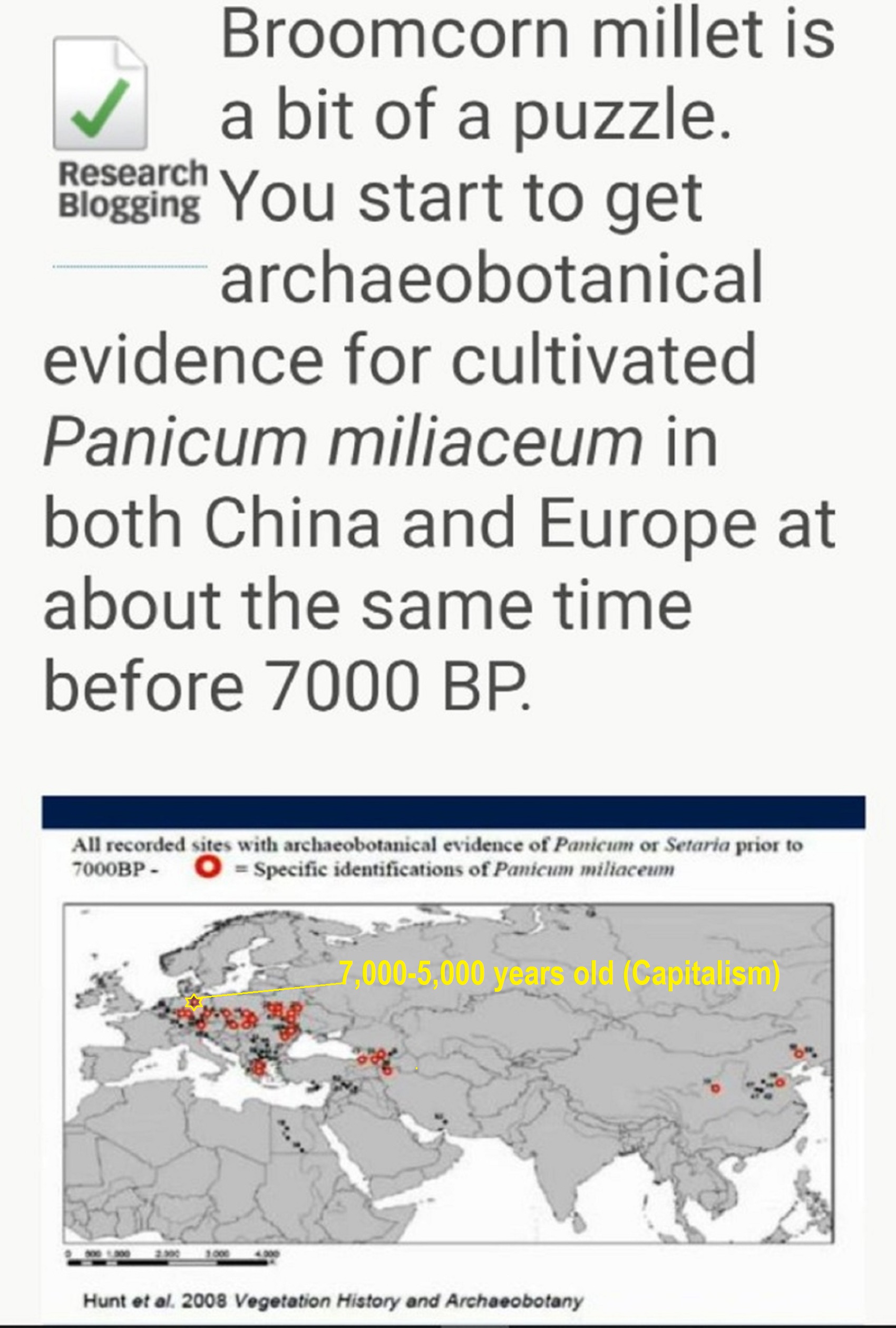

“Asian varieties of millet made their way from China to the Black Sea region of Europe by 5000 BCE or 7,000 years ago.” https://en.wikipedia.org/wiki/Millet
Origins of ‘Transeurasian’ languages traced to Neolithic millet farmers in north-eastern China about 9,000 years ago
“A study combining linguistic, genetic, and archaeological evidence has traced the origins of a family of languages including modern Japanese, Korean, Turkish and Mongolian and the people who speak them to millet farmers who inhabited a region in north-eastern China about 9,000 years ago. The findings outlined on Wednesday document a shared genetic ancestry for the hundreds of millions of people who speak what the researchers call Transeurasian languages across an area stretching more than 5,000 miles (8,000km).” ref
“Millet was an important early crop as hunter-gatherers transitioned to an agricultural lifestyle. There are 98 Transeurasian languages, including Korean, Japanese, and various Turkic languages in parts of Europe, Anatolia, Central Asia, and Siberia, various Mongolic languages, and various Tungusic languages in Manchuria and Siberia. This language family’s beginnings were traced to Neolithic millet farmers in the Liao River valley, an area encompassing parts of the Chinese provinces of Liaoning and Jilin and the region of Inner Mongolia. As these farmers moved across north-eastern Asia over thousands of years, the descendant languages spread north and west into Siberia and the steppes and east into the Korean peninsula and over the sea to the Japanese archipelago.” ref
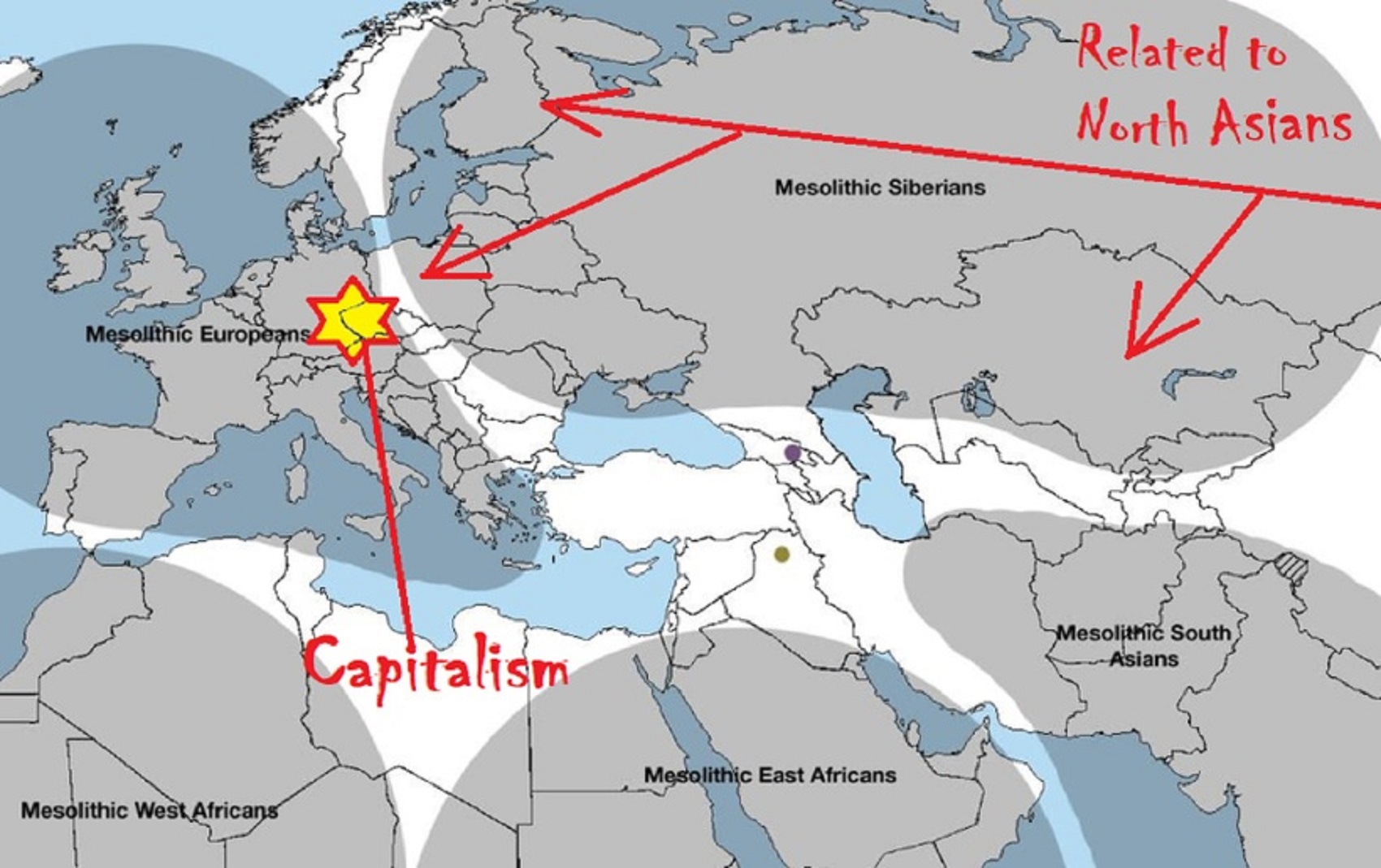
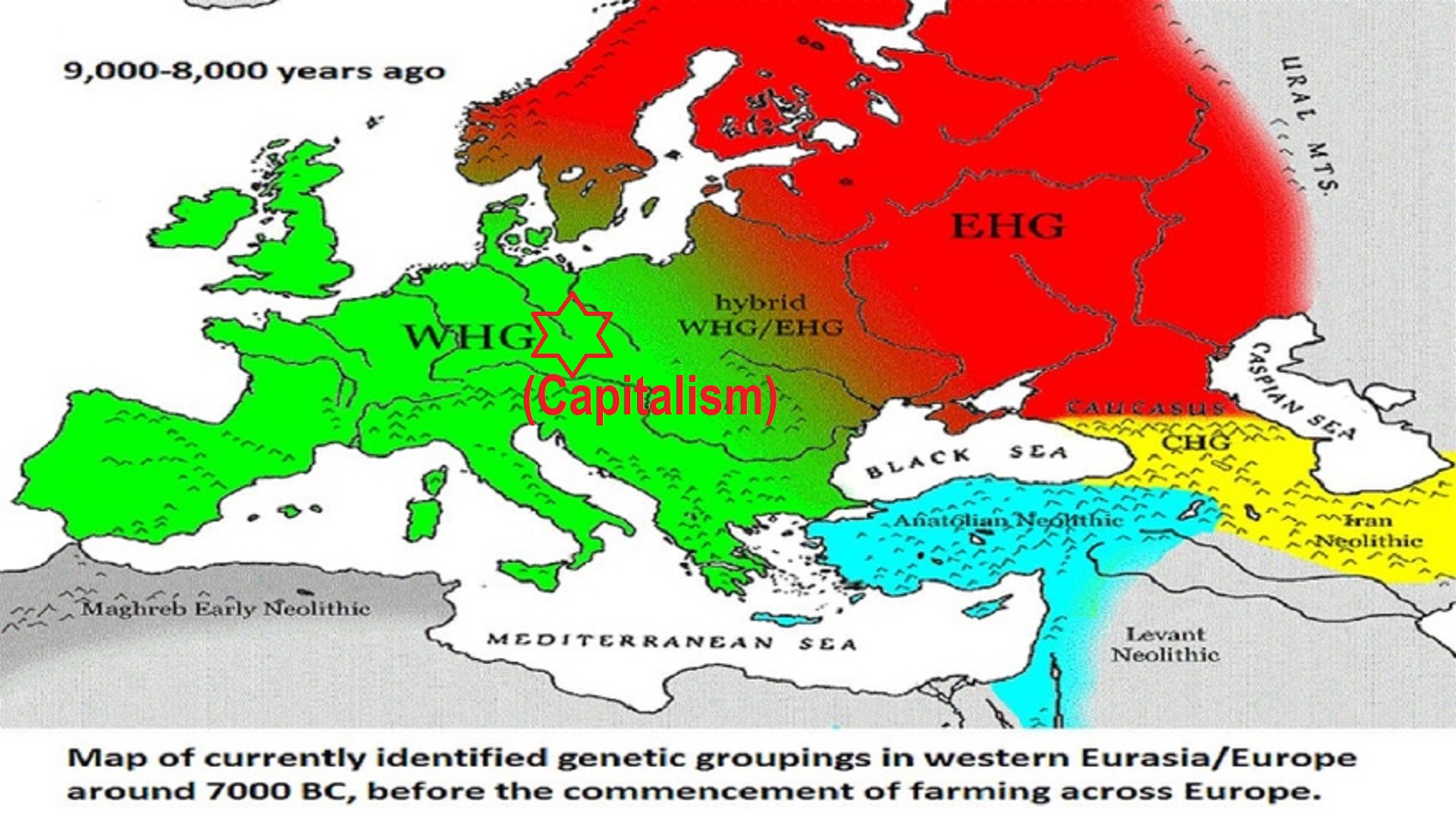
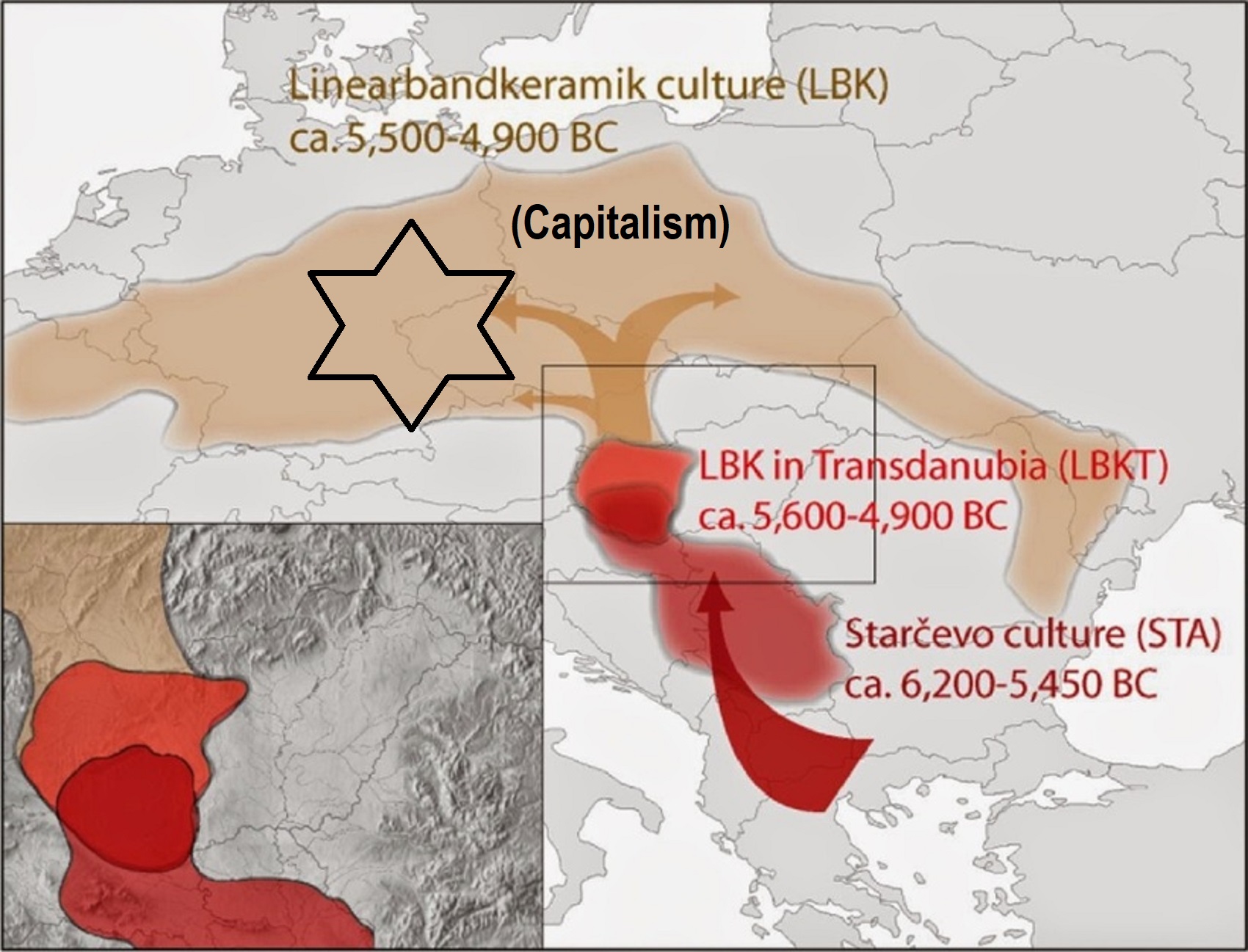
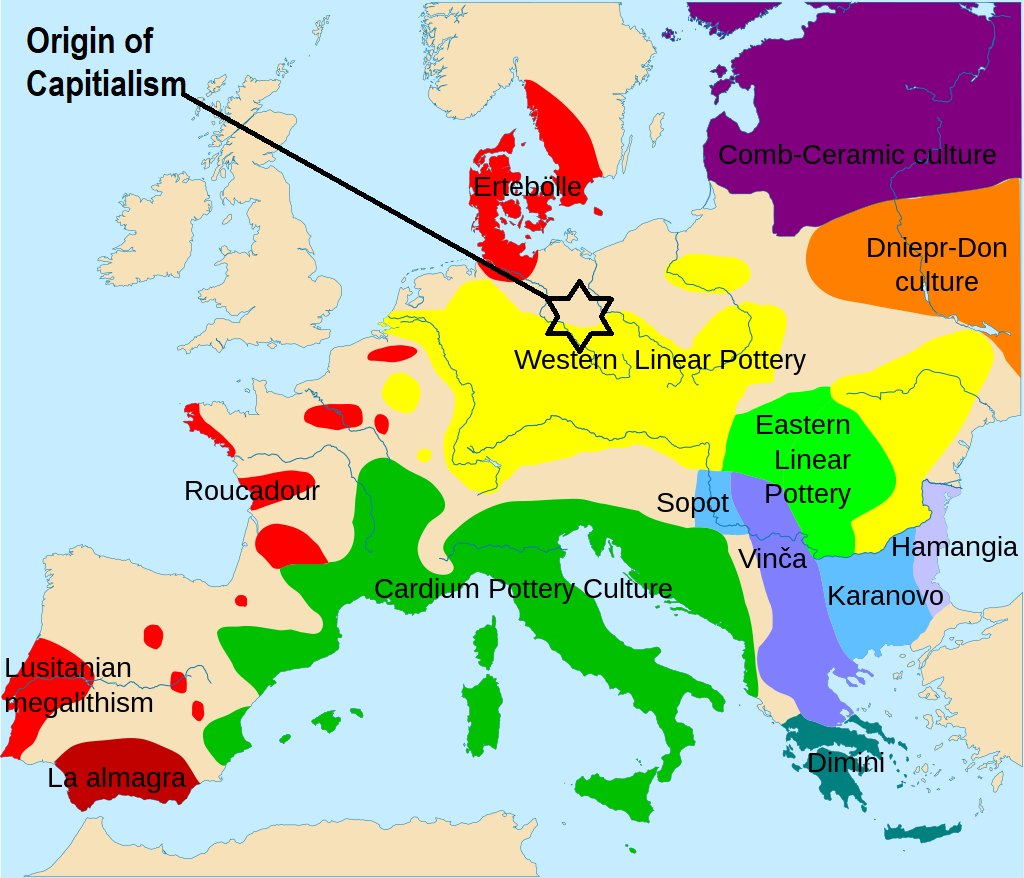

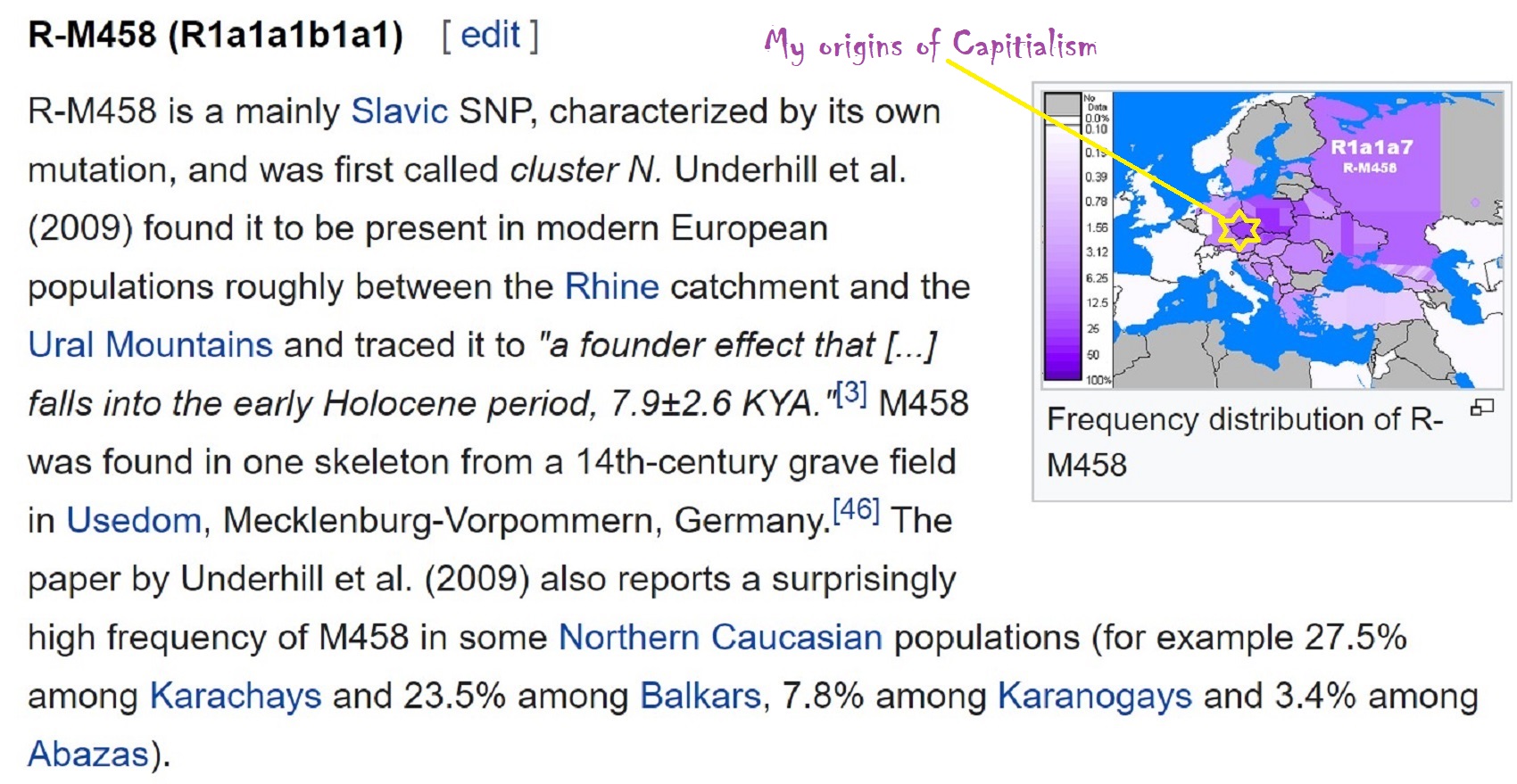


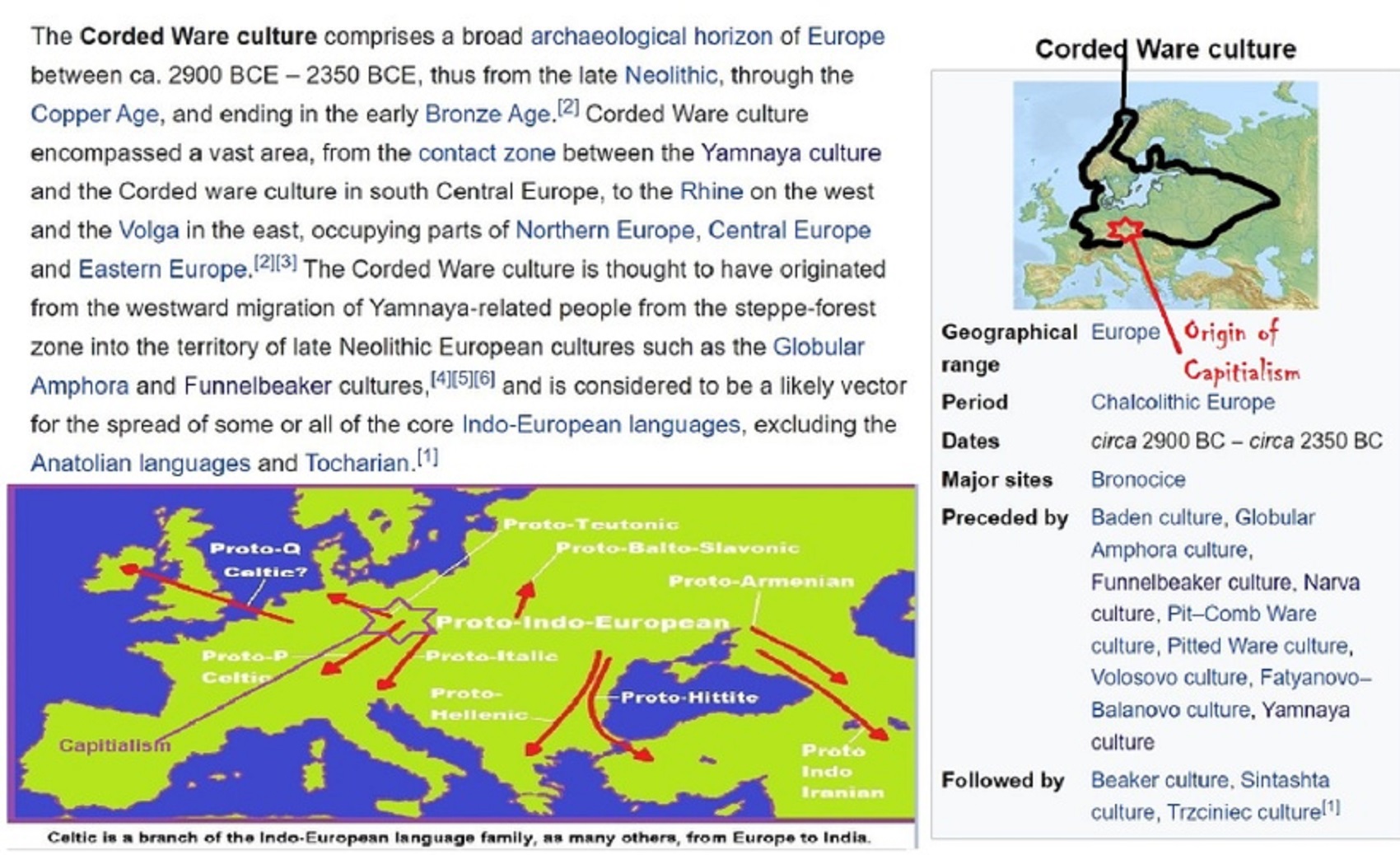

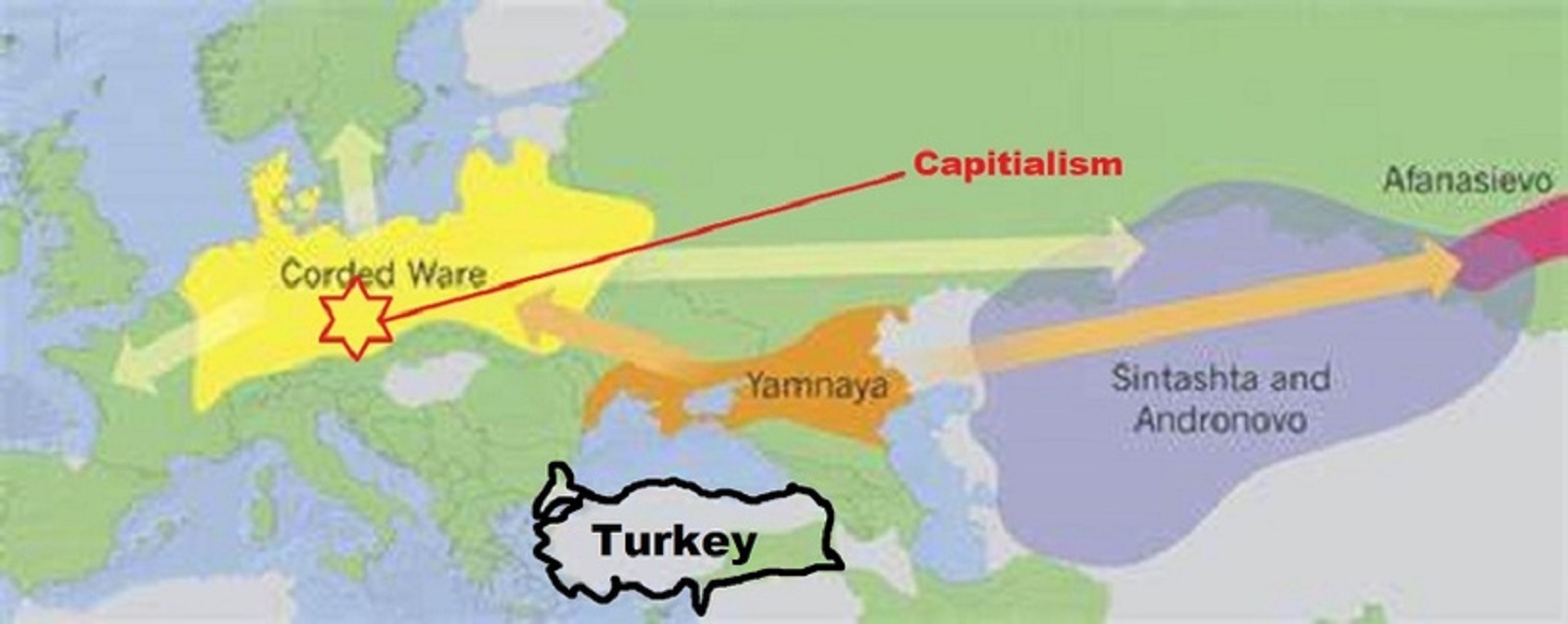
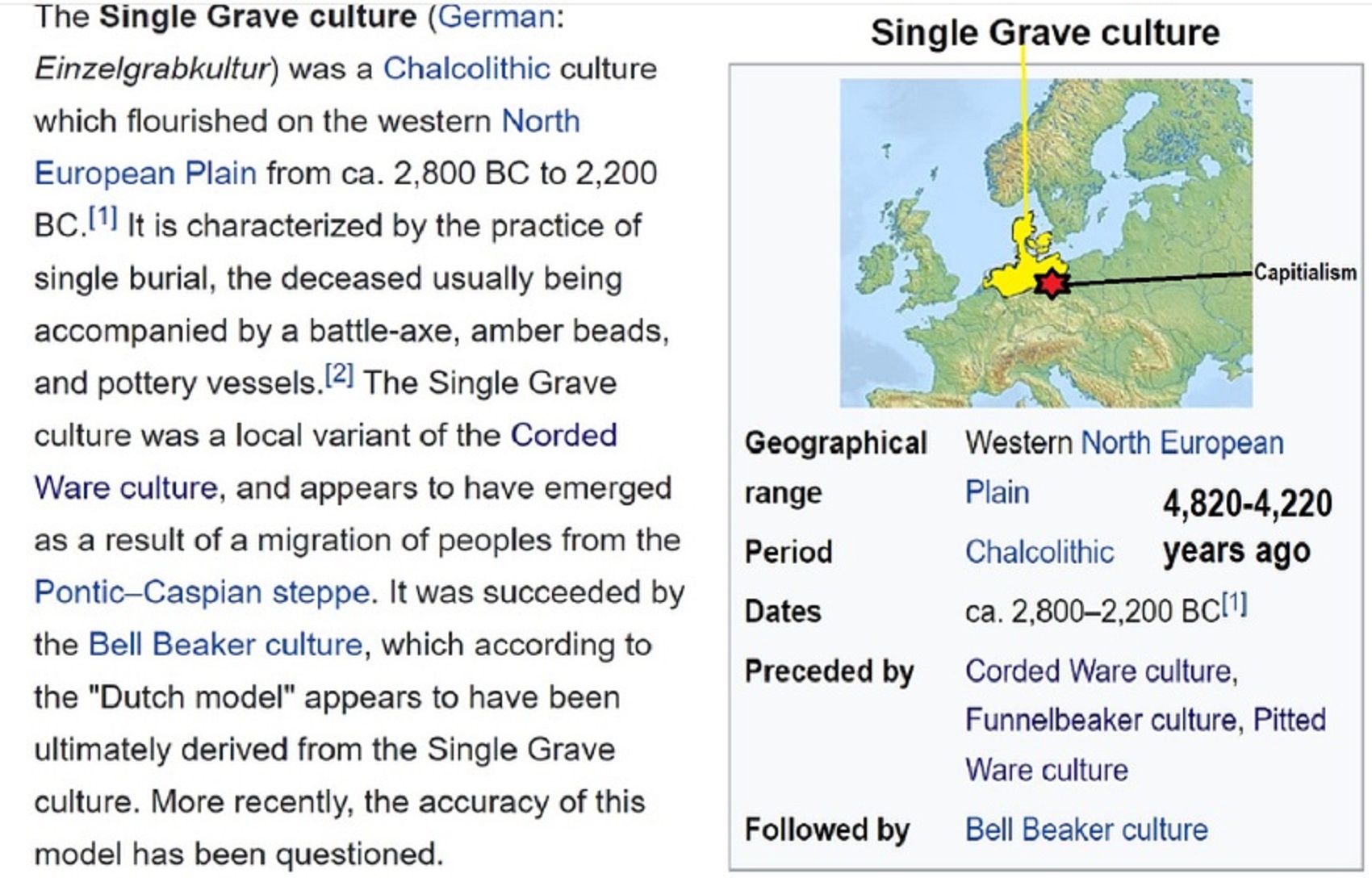
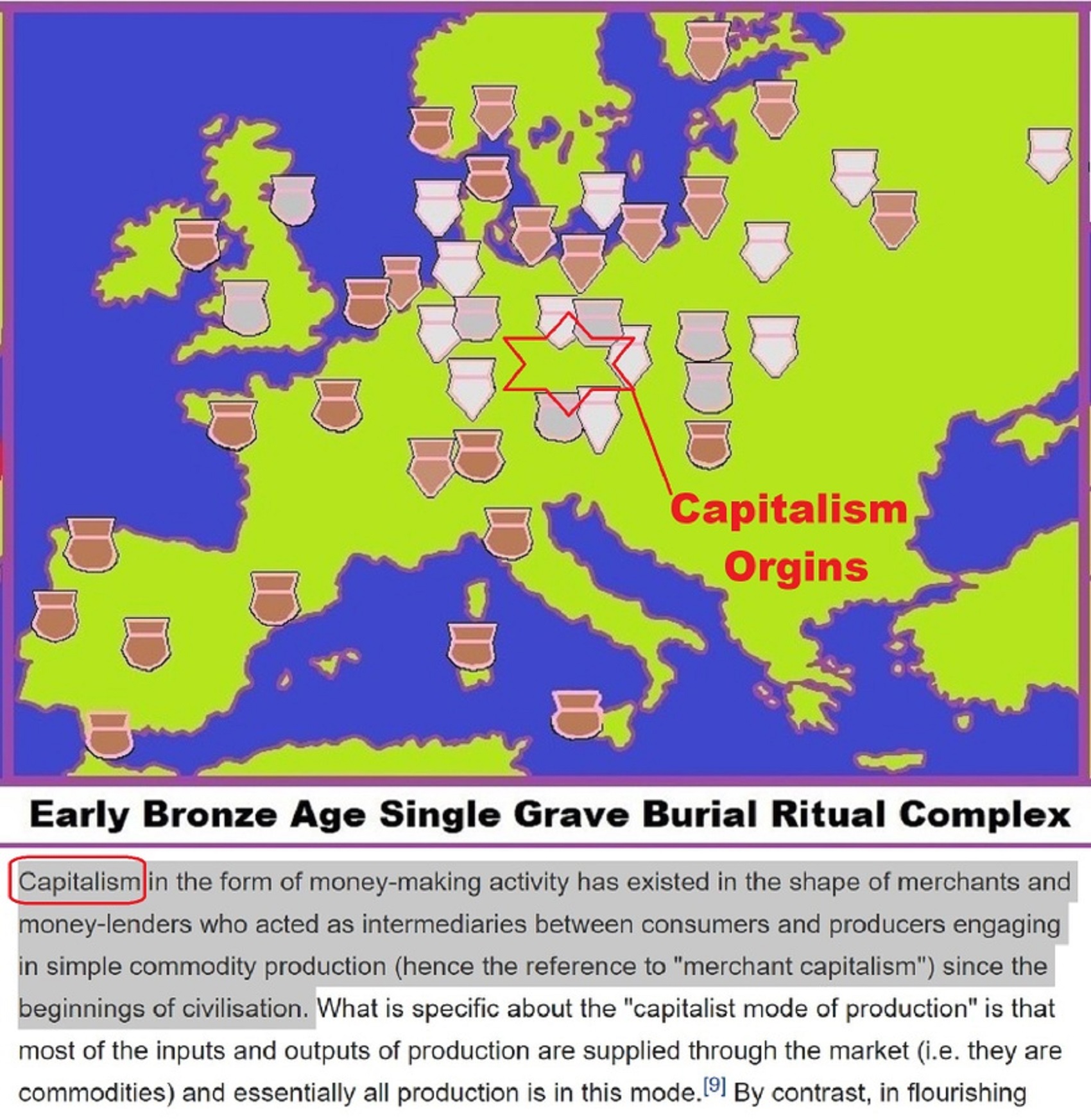

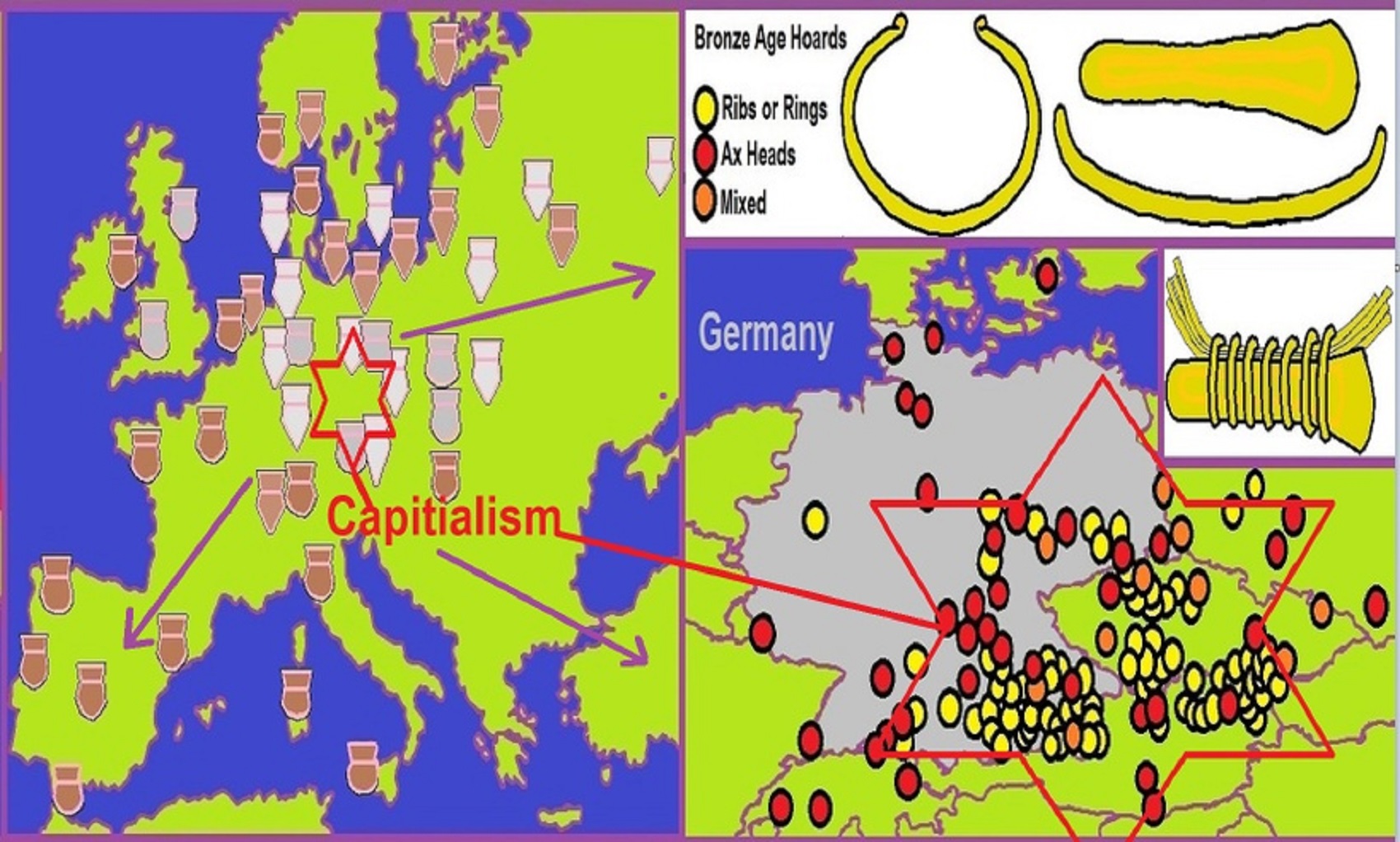
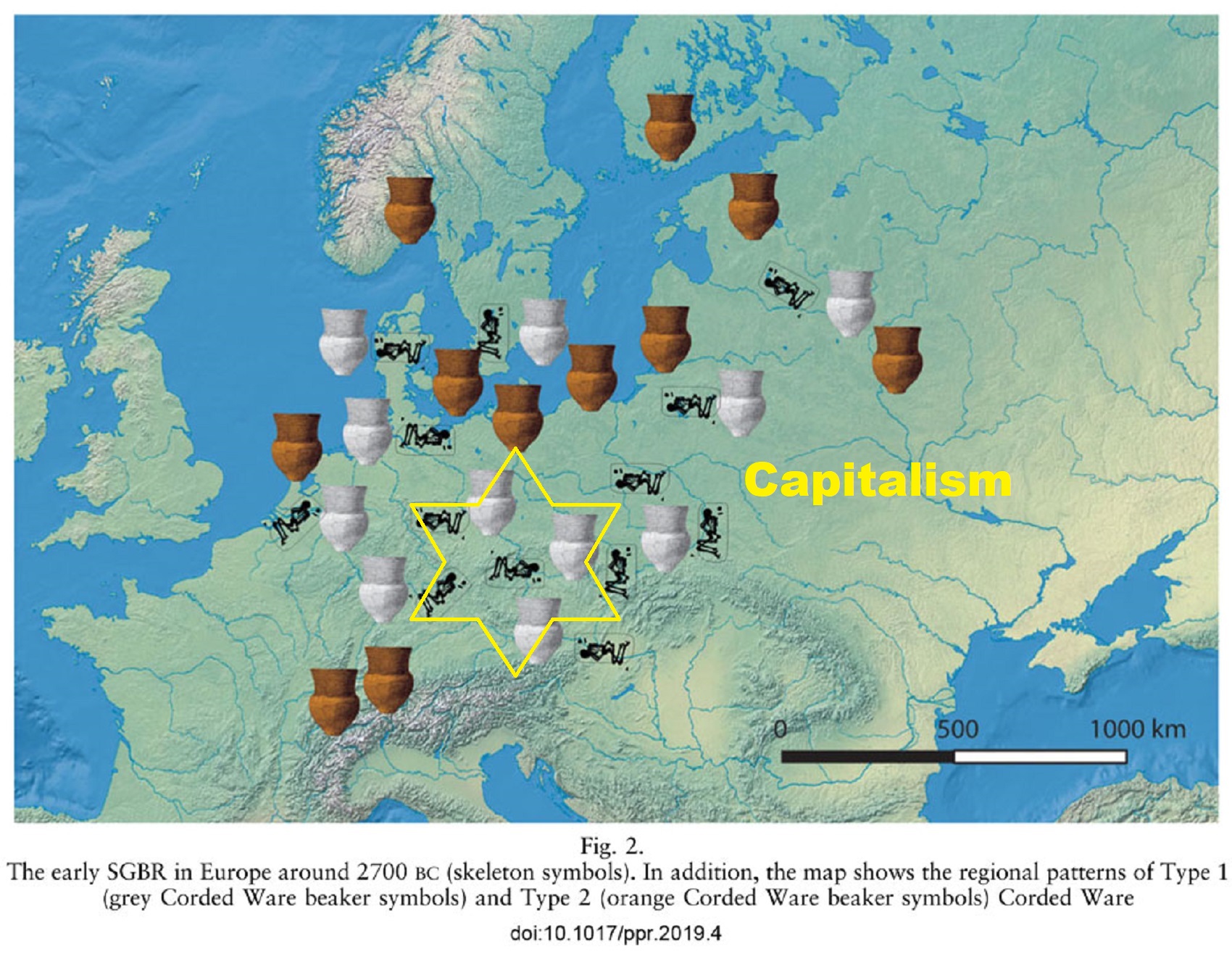
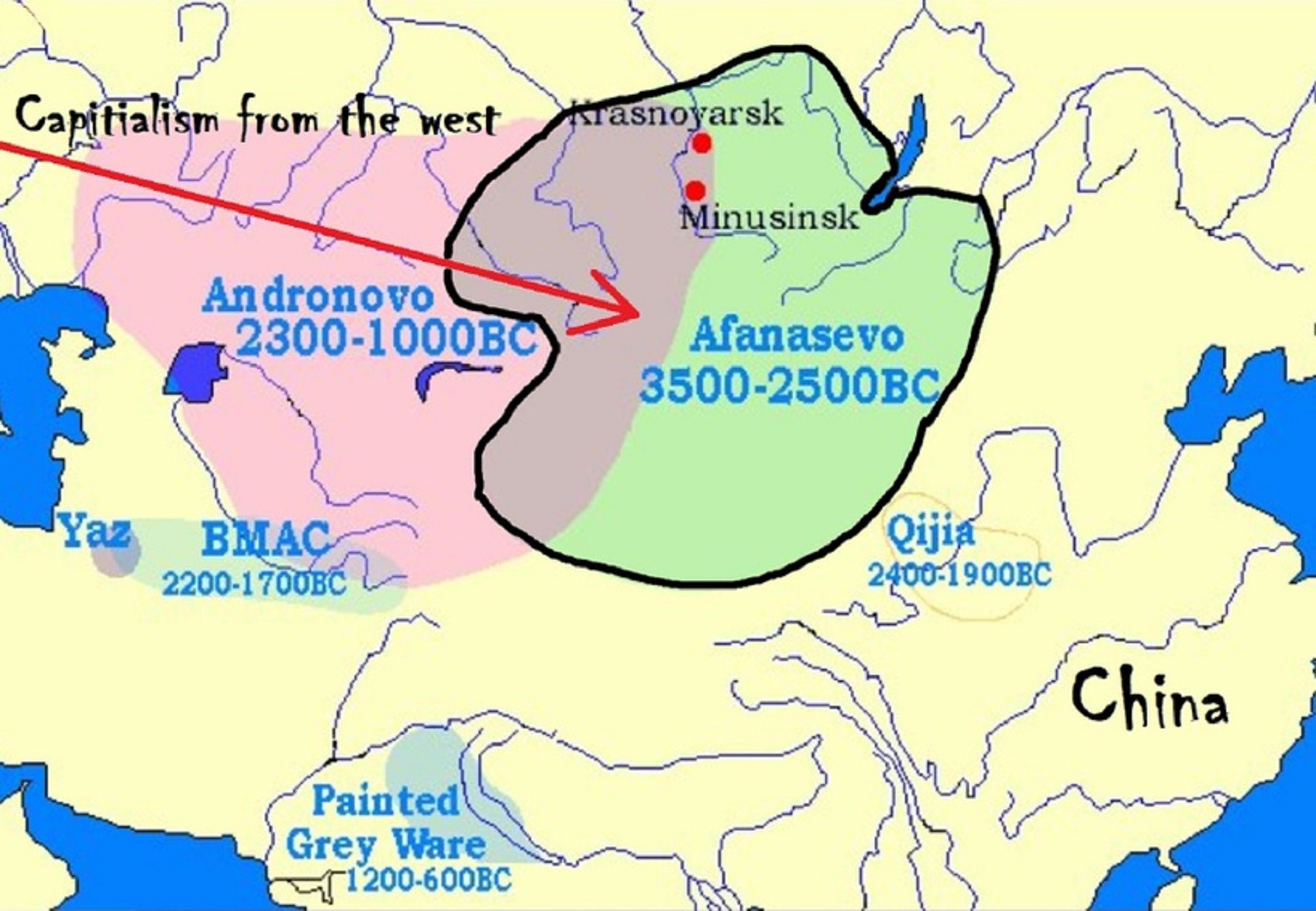
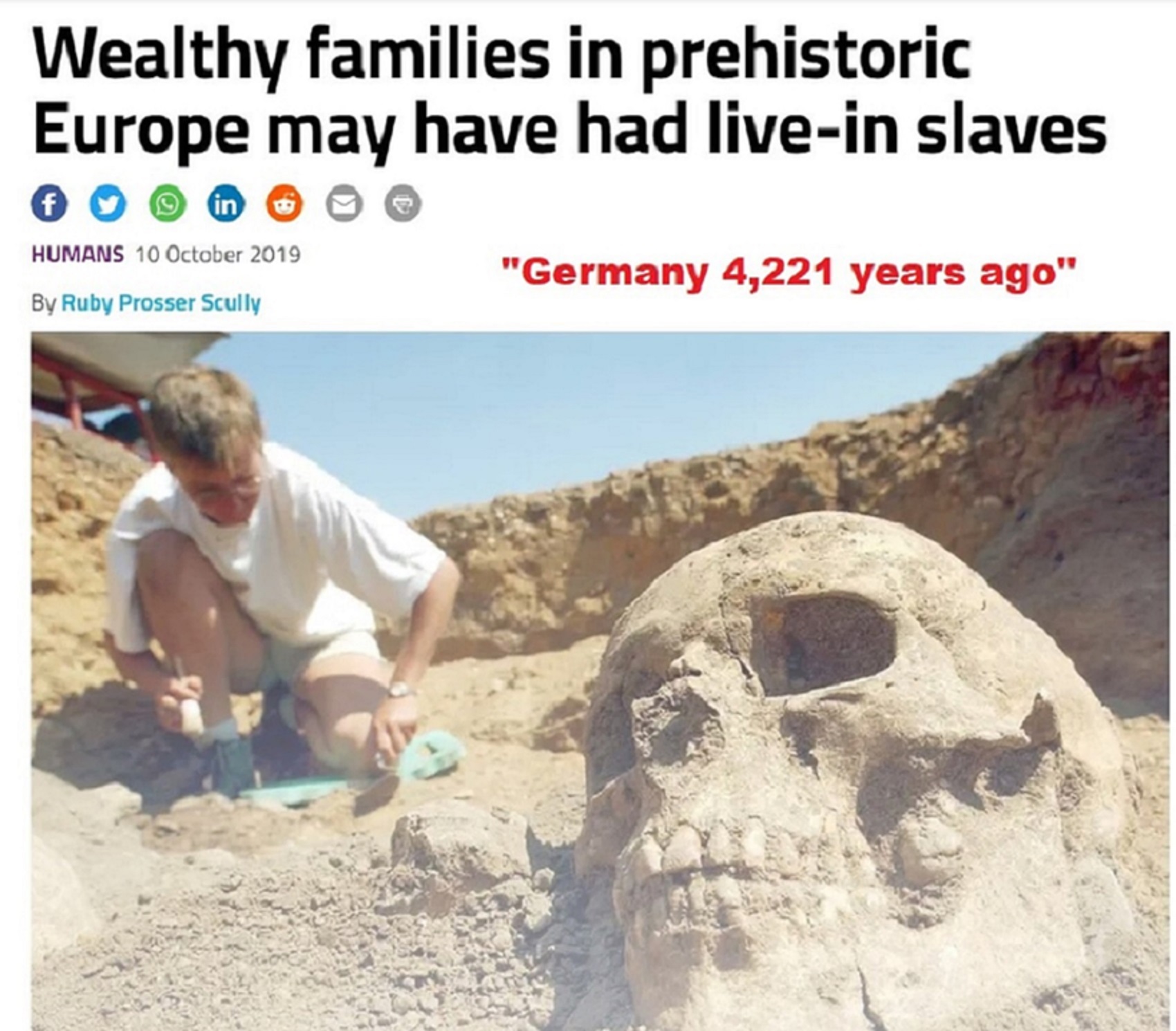
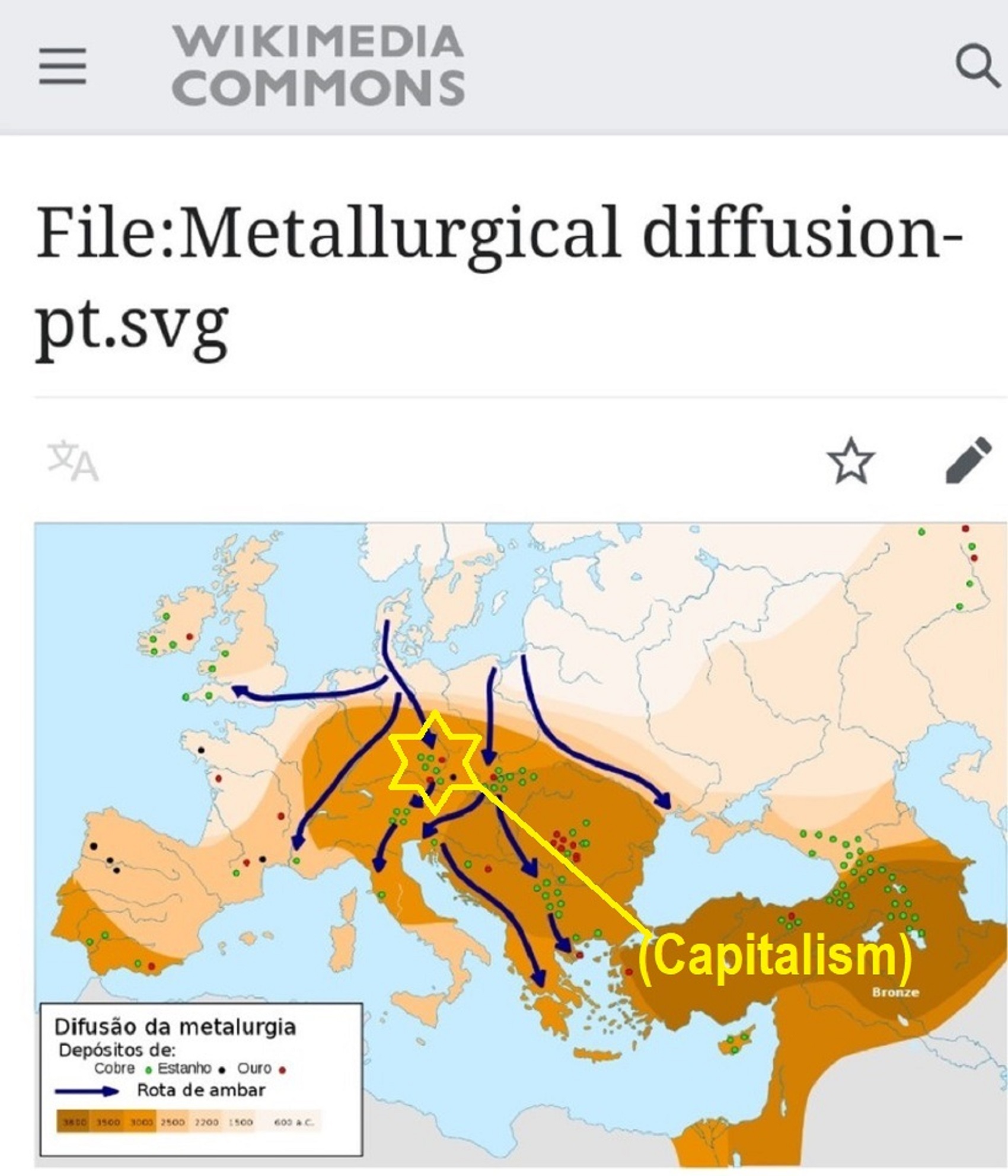
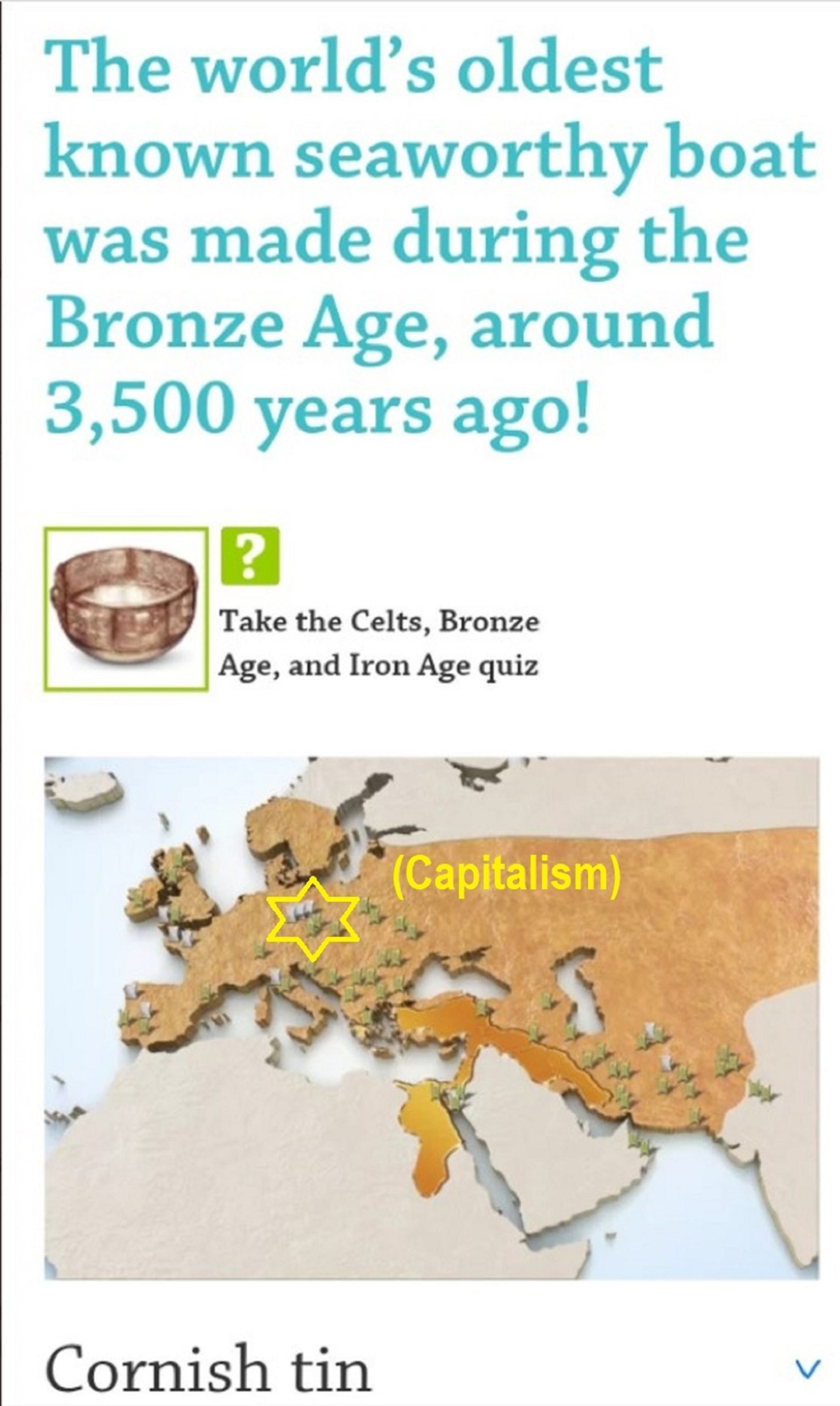

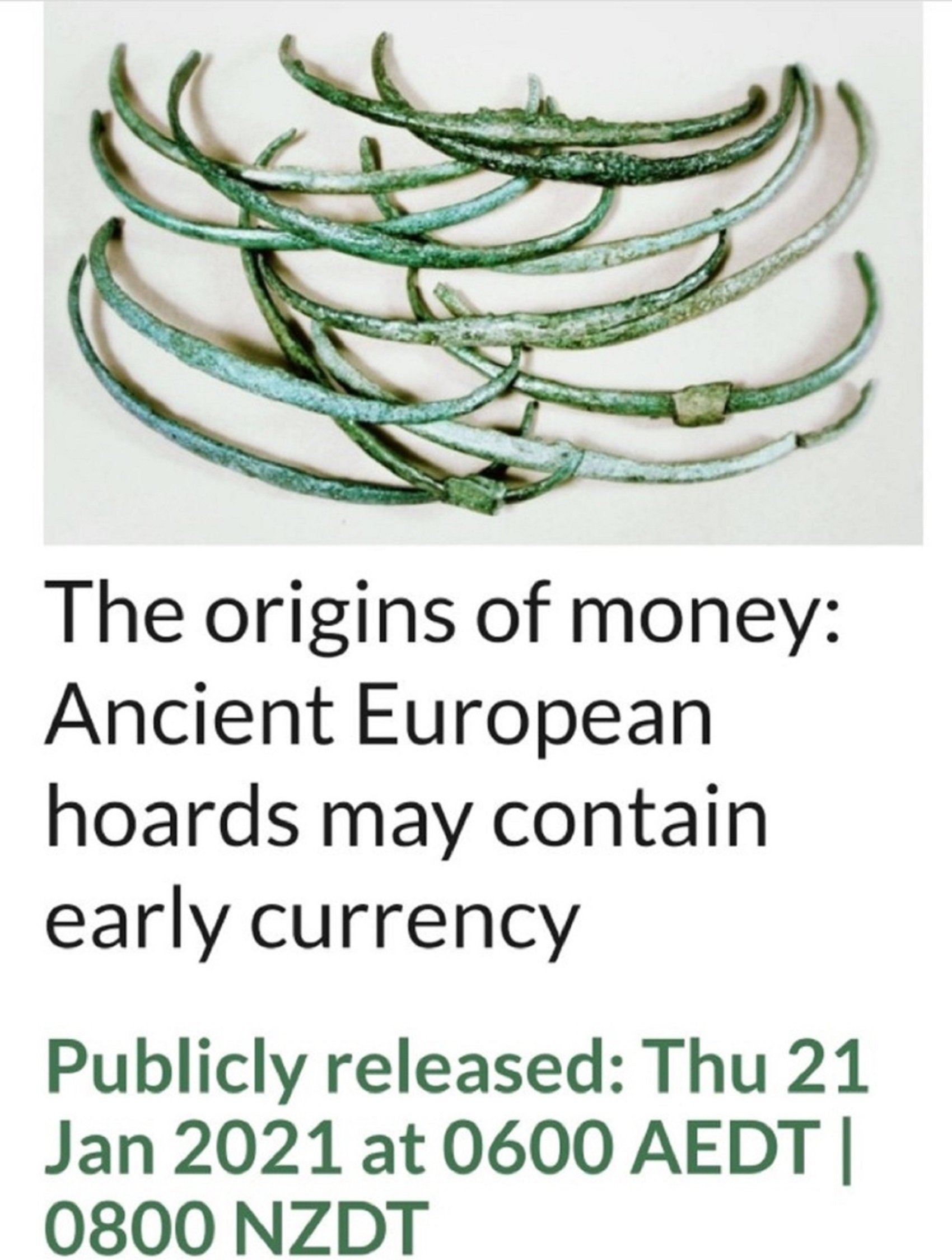
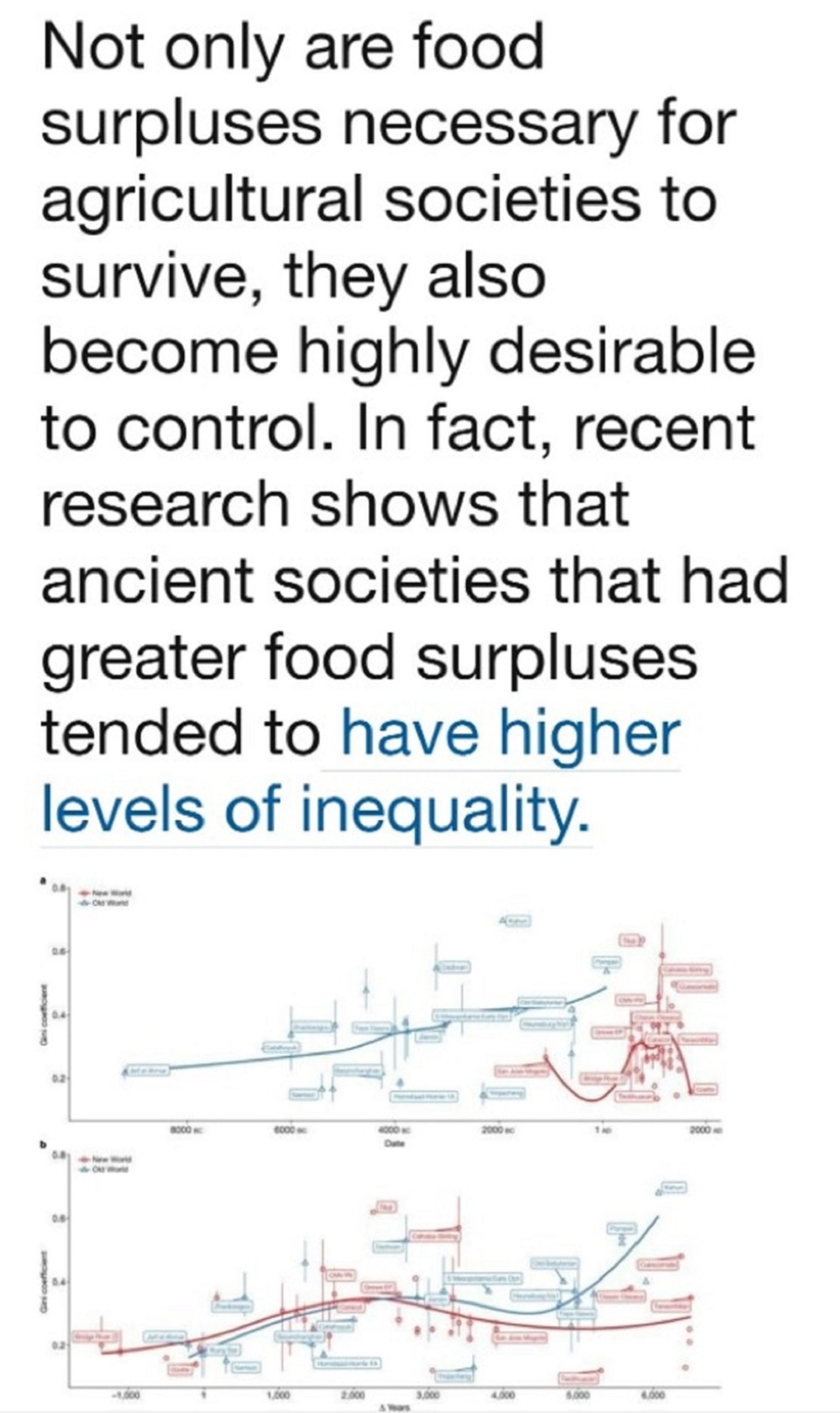


Haplogroup N and its related Uralic Languages and Cultures
“Haplogroup N’s founding father may have lived as long as 20,000 to 30,000 years ago. This common father may have lived in today’s South-East-Asia. The Y-DNA haplogroup N has a wide distribution primarily in Northern Eurasia often associated (but not necessarily) with current and earlier Uralic speakers in Europe. It is a myth that haplogroup N in Europe is from the Huns and the Mongols. To quote Rootsi at the University of Tartu, Estonia who is leading the research on hg N. The age of hg N3 in the Finnic-Ugric speaking population in eastern Europe suggests a much earlier arrival from the east. “From the archaeological point of view, hg N3 is spread in Europe in the area of comb-ceramic culture. It is not, however, obvious that the spread of the two can be temporarily connected, because STR diversity-based calculations of the time depth of hg N3 among the Finn-speaking European population suggest expansion time before-around the end of Pleistocene – that is long before the rise of the comb-ceramic culture in the 4th millennium BCE or around 6,000 years ago.” ref
“N1a became particularly prominent in this debate when a team led by Wolfgang Haak analyzed skeletons from Linear Pottery Culture sites. The Linear Pottery Culture is credited with the first farming communities in Central Europe, marking the beginning of Neolithic Europe in the region some 7500 years ago. As of 2010, mitochondrial DNA analysis has been conducted on 42 specimens from five locations. Seven of these ancient individuals were found to belong to haplogroup N1a. A separate study analyzed 22 skeletons from European hunter-gatherer sites dated 13,400-2,300 BCE. Most of these fossils carried the mtDNA haplogroup U, which was not found in any of the Linear Pottery Culture sites. Conversely, N1a was not identified in any of the hunter-gatherer fossils, indicating a genetic distinction between Early European Farmers and late European hunter-gatherers.” ref
“Haak’s team concludes that “the transition to farming in central Europe was accompanied by a substantial influx of people from outside the region.” However, they note that haplogroup frequencies in modern Europeans are substantially different from early farming and late hunter-gatherer populations. This indicates that “the diversity observed today cannot be explained by admixture between hunter-gatherers and early farmers alone” and that “major demographic events continued to take place in Europe after the early Neolithic. The N1 subclade has also been found in various other fossils that were analyzed for ancient DNA, including specimens associated with the Starčevo (N1a1a1, Alsónyék-Bátaszék, Mérnöki telep, 1/3 or 33%), Linearbandkeramik/Linear Pottery Culture (N1a1a1a3, Szemely-Hegyes, 1/1 or 100%; N1a1b/N1a1a3/N1a1a1a2/N1a1a1/N1a1a1a, Halberstadt-Sonntagsfeld, 6/22 or ~27%), Alföld Linear Pottery (N1a1a1, Hejőkürt-Lidl, 1/2 or 50%), Transdanubian Late Neolithic (N1a1a1a, Apc-Berekalja, 1/1 or 100%), Protoboleráz (N1a1a1a3, Abony, Turjányos-dűlő, 1/4 or 25%), Iberia Early Neolithic cultures (N1a1a1, Els Trocs, 1/4 or 25%), Rinaldone–Gaudo Eneolithic cultures (N1a1a1a3, Monte San Biagio, 1/1 or 100%).” ref
“In 2010, researchers led by Palanichamy conducted a genetic and phylogeographic analysis of N1a. Based on the results, they conclude that some of the LBK samples were indigenous to Europe while others may have resulted from ‘leapfrog’ colonization. Deguilloux’s team agreed with Haak’s conclusion on a genetic discontinuity between ancient and modern Europeans. However, they consider demic diffusion, cultural diffusion, and long-distance matrimonial exchanges all equally plausible explanations for the current genetic findings. Seven of 42 skeletons from Linear Pottery Culture (Linearbandkeramik) sites were found to be members of the N1a haplogroup (see Neolithic European). N1a was also identified in skeletal remains within a 6200-year-old megalithic long mound near Prissé-la-Charrière, France. A 2500-year-old fossil of a Scytho-Siberian in the Altai Republic, the easternmost representative of the Scythians, was found to be a member of N1a1. A study of a 10th and 11th century Hungarians found that N1a1a1 was present in high-status individuals but absent from commoners. One of thirteen skeletons analyzed from a medieval cemetery dated 1250-1450 AD in Denmark was found to be a member of subclade N1a1a.” ref
“Haplogroup N1a – Arabian Peninsula and Northeast Africa. Found also in Central Asia and Southern Siberia. This branch is well attested in ancient people from various cultures of Neolithic Europe, from Hungary to Spain, and among the earliest farmers of Anatolia.” ref
“The Comb Ceramic culture or Pit-Comb Ware culture, was a northeast European culture characterized by its Pit–Comb Ware. It existed from around 4200 BCE to around 2000 BCE. The bearers of the Comb Ceramic culture are thought to have still mostly followed the Mesolithic hunter-gatherer lifestyle, with traces of early agriculture. The distribution of the artifacts found includes Finnmark (Norway) in the north, the Kalix River (Sweden) and the Gulf of Bothnia (Finland) in the west and the Vistula River (Poland) in the south. It would include the Narva culture of Estonia and the Sperrings culture in Finland, among others. They are thought to have been essentially hunter-gatherers, though e.g. the Narva culture in Estonia shows some evidence of agriculture. Some of this region was absorbed by the later Corded Ware horizon.” ref
“The Pit–Comb Ware culture is one of the few exceptions to the rule that pottery and farming coexist in Europe. In the Near East farming appeared before pottery, then when farming spread into Europe from the Near East, pottery-making came with it. However, in Asia, where the oldest pottery has been found, pottery was made long before farming. It appears that the Comb Ceramic Culture reflects influences from Siberia and distant China. The ceramics consist of large pots that are rounded or pointed below, with a capacity from 40 to 60 litres. The forms of the vessels remained unchanged but the decoration varied. By dating according to the elevation of land, the ceramics have traditionally (Äyräpää 1930) been divided into the following periods: early (Ka I, c. 4200 – 3300 BCE), typical (Ka II, c. 3300 – 2700 BCE), and late Comb Ceramic (Ka III, c. 2800 – 2000 BCE). However, calibrated radiocarbon dates for the comb-ware fragments found (e.g., in the Karelian isthmus), give a total interval of 5600 – 2300 BCE (Geochronometria Vol. 23, pp 93–99, 2004).” ref
“The settlements were located at sea shores or beside lakes and the economy was based on hunting, fishing, and the gathering of plants. In Finland, it was a maritime culture that became more and more specialized in hunting seals. The dominant dwelling was probably a teepee of about 30 square meters where some 15 people could live. Also, rectangular houses made of timber become popular in Finland from 4000 BCE cal. Graves were dug at the settlements and the dead were covered with red ochre. The typical Comb Ceramic age shows an extensive use of objects made of flint and amber as grave offerings. The stone tools changed very little over time. They were made of local materials such as slate and quartz. Finds suggest a fairly extensive exchange network: red slate originating from northern Scandinavia, asbestos from Lake Saimaa, green slate from Lake Onega, amber from the southern shores of the Baltic Sea, and flint from the Valdai area in northwestern Russia.” ref
“The culture was characterized by small figurines of burnt clay and animal heads made of stone. The animal heads usually depict moose and bears and were derived from the art of the Mesolithic. There were also many rock paintings. There are sources noting that the typical comb ceramic pottery had a sense of luxury and that its makers knew how to wear precious amber pendants. Saag et al. (2017) analyzed three CCC individuals buried at Kudruküla as belonging to Y-hg R1a5-YP1272 (R1a1b~ after ISOGG 2020), along with three mtDNA samples of mt-hg U5b1d1, U4a, and U2e1. Mittnik (2018) analyzed two CCC individuals. The male carried R1 (2021: R1b-M343) and U4d2, while the female carried U5a1d2b. Generally, the CCC individuals were mostly of Eastern Hunter-Gatherer (EHG) descent, with even more EHG than people of the Narva culture. Lamnidis et al. (2018) confirmed and specified this to 65% Eastern Hunter-Gatherer (EHG), 20% Western Steppe Herder (WSH), and 15% Western Hunter-Gatherer (WHG) ancestry. This amount of EHG ancestry was higher than among earlier cultures of the eastern Baltic, while WSH ancestry had previously not even been attested among such an early culture in the region.” ref
“In earlier times, it was often suggested that the spread of the Comb Ware people was correlated with the diffusion of the Uralic languages, and thus an early Uralic language would have been spoken throughout this culture. It was also suggested that bearers of this culture likely spoke Finno-Ugric languages. Another view is that the Comb Ware people may have spoken Palaeo-European languages, as some toponyms and hydronyms also indicate a non-Uralic, non-Indo-European language at work in some areas. In addition, modern scholars have located the Proto-Uralic homeland east of the Volga, if not even beyond the Urals. The great westward dispersal of the Uralic languages is suggested to have happened long after the demise of the Comb Ceramic culture, perhaps in the 1st millennium BCE.” ref
“Genetic studies suggest that the Pitted Ware peoples, unlike their Neolithic neighbors, were descended from earlier Scandinavian Hunter-Gatherers (SHGs). At the time of the emergence of the Pitted Ware culture, these hunter-gatherers persisted to the north of the agricultural Funnelbeaker culture. Their ceramic traditions are related to those of the Comb Ceramic culture. The Pitted Ware culture arose around 3,500 BCE. Its earliest sites are found in east-central Sweden, where it appears to have replaced the Funnelbeaker culture. Its subsequent expansion is accompanied by the disappearance of settlements of the Funnelbeaker culture throughout large parts of southern Scandinavia. It came to occupy the coasts of Denmark, southern Sweden, southern Norway, and various islands of the Baltic Sea, such as Öland, Gotland, and Åland.” ref
“There were lively contacts with hunter-gatherer communities of Finland and the eastern Baltic. During its initial years, the Pitted Ware culture co-existed with the Funnelbeaker culture. Although the two cultures exchanged goods with each other, their peoples appear to have had widely different identities, and they did not mix with each other to any notable extent. During the period of Pitted Ware expansion, the Funnelbeakers constructed a number of defensive palisades, which may mean that the two peoples were in conflict with each other. Throughout its existence of more than 1,000 years, the Pitted Ware culture remained virtually unchanged.” ref
“From around 2,800 BCE, the Pitted Ware culture co-existed for some time with the Battle Axe culture and the Single Grave culture, which succeeded the Funnelbeaker culture in southern Scandinvia. Both were variants of the Corded Ware culture. Like the Funnelbeakers, the Corded Ware constructed a series of defensive palisades during this period, which may be a sign of violent conflict between them and the Pitted Ware. Though cultural influences of the Battle Axe culture are detectable in Pitted Ware burials, its peoples do not appear to have mixed with each other. By ca. 2,300 BCE, the Pitted Ware culture had merged with the Battle Axe culture. The subsequent Nordic Bronze Age represents a fusion of elements from the Pitted Ware culture and the Battle Axe culture.” ref
“The A10398G mutation defining haplogroup J (a back mutation from macrohaplogroup N) has been associated with increased longevity Dato et al. (2005), Shlush et al. (2008) and Nijiati et al. (2013) and protection against PD (Ghezzi et al. (2005) and Clark et al. (2011)). It is found in all members of haplogroup J except J1c8. The common C150T mutation has been found at strikingly higher frequency among Chinese and Italian centenarians and may be advantageous for longevity and resistance to stress according to Chen et al. (2012). C150T defines haplogroups J1b7, J1c1c, and J2, but may also be found among other subclades.” ref
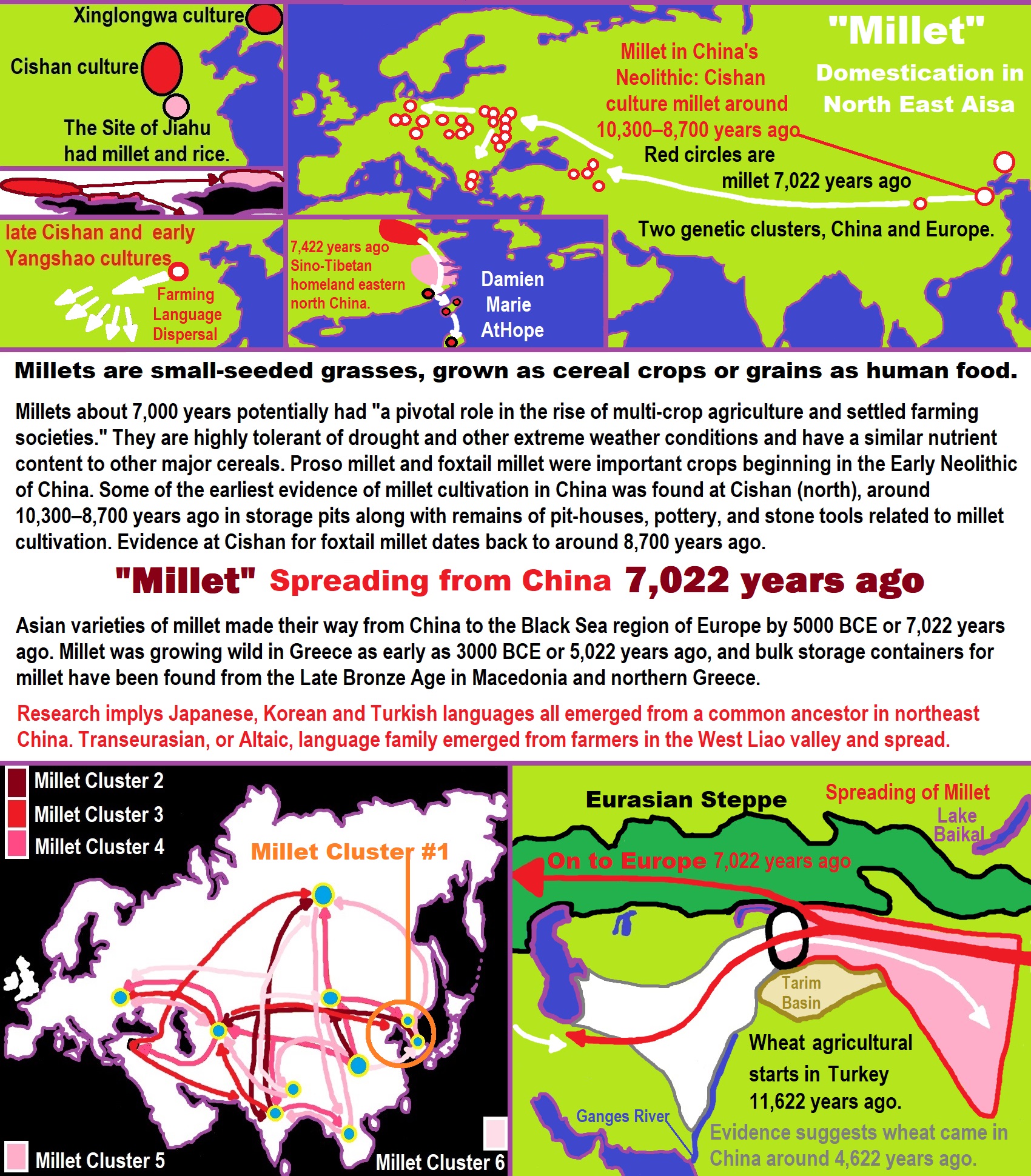
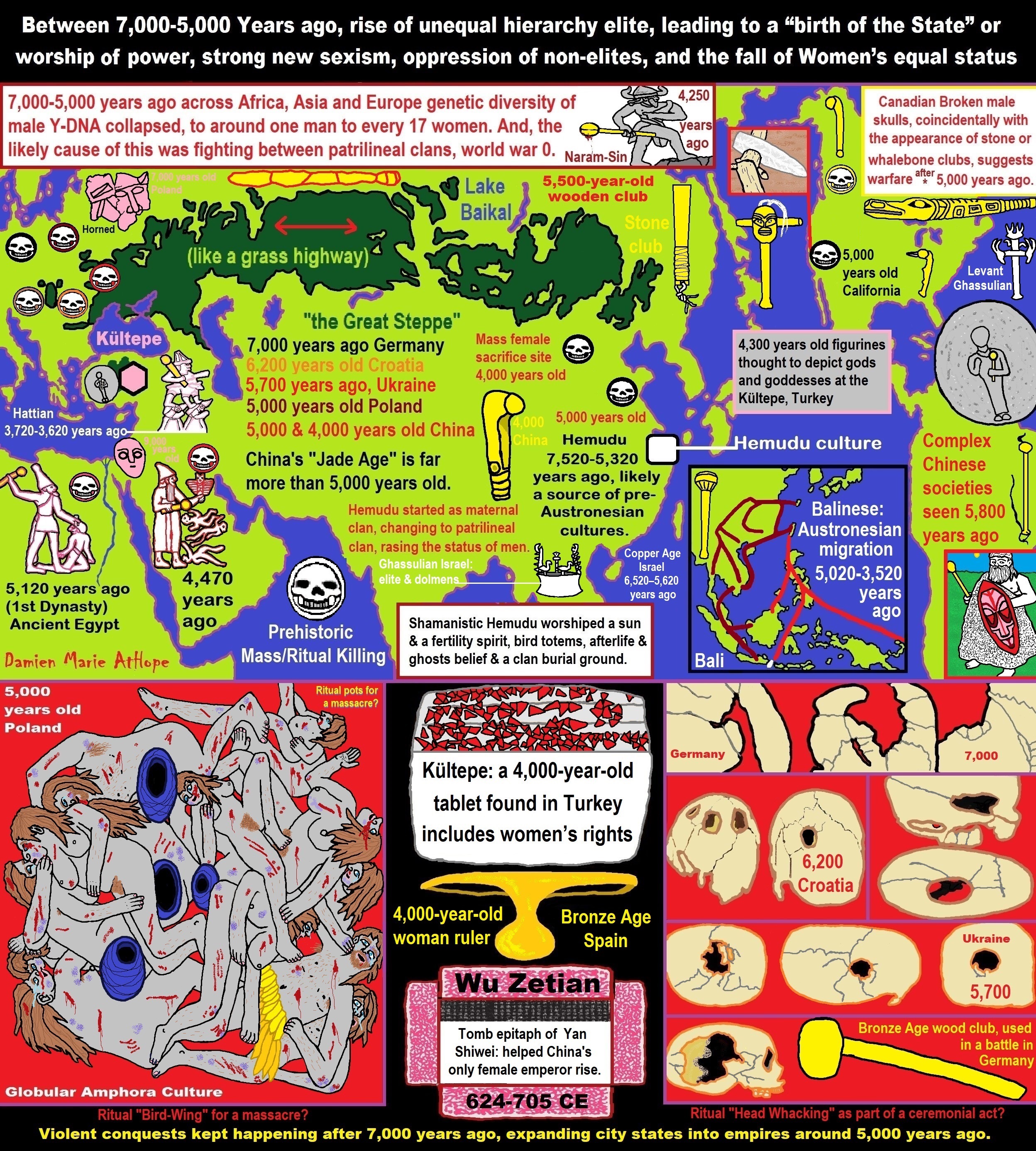
ref, ref, ref, ref, ref, ref, ref, ref, ref, ref, ref, ref, ref, ref, ref, ref, ref, ref, ref, ref, ref, ref, ref, ref, ref, ref, ref, ref, ref, ref, ref, ref, ref, ref, ref, ref, ref, ref, ref, ref, ref, ref, ref, ref, ref, ref, ref, ref, ref, ref, ref, ref, ref, ref, ref, ref, ref, ref, ref, ref, ref, ref, ref, ref, ref, ref, ref, ref, ref, ref, ref, ref, ref, ref, ref, ref, ref, ref, ref, ref, ref, ref, ref, ref, ref, ref, ref, ref, ref, ref
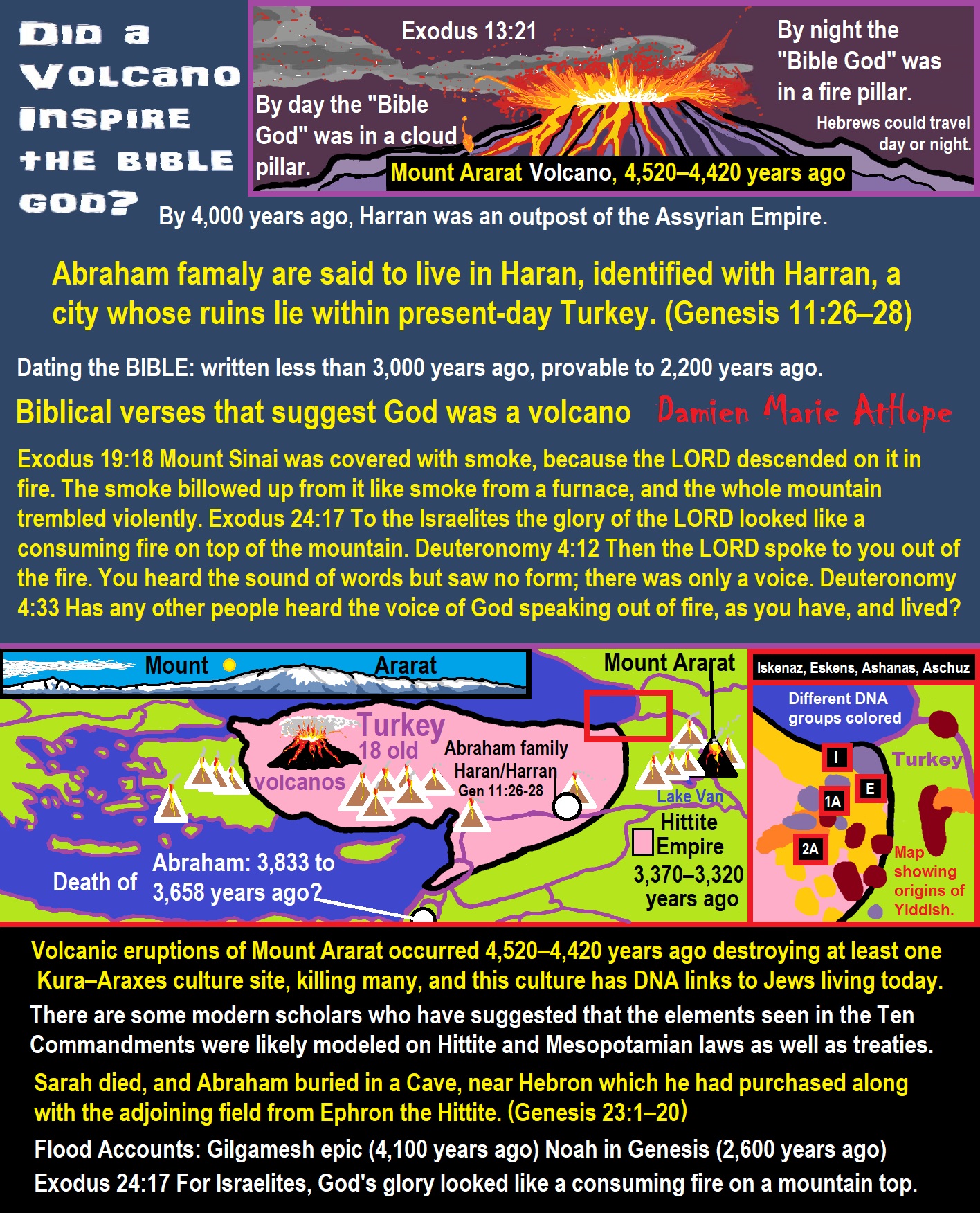
ref, ref, ref, ref, ref, ref, ref, ref, ref, ref, ref, ref, ref
By day the LORD went ahead of them in a pillar of cloud to guide them on their way and by night in a pillar of fire to give them light, so that they could travel by day or night.
- By day the “Bible God” was in a cloud pillar.
- By night the “Bible God” was in a fire pillar.

Animism: Respecting the Living World by Graham Harvey
“How have human cultures engaged with and thought about animals, plants, rocks, clouds, and other elements in their natural surroundings? Do animals and other natural objects have a spirit or soul? What is their relationship to humans? In this new study, Graham Harvey explores current and past animistic beliefs and practices of Native Americans, Maori, Aboriginal Australians, and eco-pagans. He considers the varieties of animism found in these cultures as well as their shared desire to live respectfully within larger natural communities. Drawing on his extensive casework, Harvey also considers the linguistic, performative, ecological, and activist implications of these different animisms.” ref

My thoughts on Religion Evolution with external links for more info:
- (Pre-Animism Africa mainly, but also Europe, and Asia at least 300,000 years ago), (Pre-Animism – Oxford Dictionaries)
- (Animism Africa around 100,000 years ago), (Animism – Britannica.com)
- (Totemism Europe around 50,000 years ago), (Totemism – Anthropology)
- (Shamanism Siberia around 30,000 years ago), (Shamanism – Britannica.com)
- (Paganism Turkey around 12,000 years ago), (Paganism – BBC Religion)
- (Progressed Organized Religion “Institutional Religion” Egypt around 5,000 years ago), (Ancient Egyptian Religion – Britannica.com)
- (CURRENT “World” RELIGIONS after 4,000 years ago) (Origin of Major Religions – Sacred Texts)
- (Early Atheistic Doubting at least by 2,600 years ago) (History of Atheism – Wikipedia)
“Religion is an Evolved Product” and Yes, Religion is Like Fear Given Wings…
Atheists talk about gods and religions for the same reason doctors talk about cancer, they are looking for a cure, or a firefighter talks about fires because they burn people and they care to stop them. We atheists too often feel a need to help the victims of mental slavery, held in the bondage that is the false beliefs of gods and the conspiracy theories of reality found in religions.
Understanding Religion Evolution:
- Pre-Animism (at least 300,000 years ago)
- Animism (Africa: 100,000 years ago)
- Totemism (Europe: 50,000 years ago)
- Shamanism (Siberia: 30,000 years ago)
- Paganism (Turkey: 12,000 years ago)
- Progressed organized religion (Egypt: 5,000 years ago), (Egypt, the First Dynasty 5,150 years ago)
- CURRENT “World” RELIGIONS (after 4,000 years ago)
- Early Atheistic Doubting (at least by 2,600 years ago)
“An Archaeological/Anthropological Understanding of Religion Evolution”
It seems ancient peoples had to survived amazing threats in a “dangerous universe (by superstition perceived as good and evil),” and human “immorality or imperfection of the soul” which was thought to affect the still living, leading to ancestor worship. This ancestor worship presumably led to the belief in supernatural beings, and then some of these were turned into the belief in gods. This feeble myth called gods were just a human conceived “made from nothing into something over and over, changing, again and again, taking on more as they evolve, all the while they are thought to be special,” but it is just supernatural animistic spirit-belief perceived as sacred.
Quick Evolution of Religion?
Pre-Animism (at least 300,000 years ago) pre-religion is a beginning that evolves into later Animism. So, Religion as we think of it, to me, all starts in a general way with Animism (Africa: 100,000 years ago) (theoretical belief in supernatural powers/spirits), then this is physically expressed in or with Totemism (Europe: 50,000 years ago) (theoretical belief in mythical relationship with powers/spirits through a totem item), which then enlists a full-time specific person to do this worship and believed interacting Shamanism (Siberia/Russia: 30,000 years ago) (theoretical belief in access and influence with spirits through ritual), and then there is the further employment of myths and gods added to all the above giving you Paganism (Turkey: 12,000 years ago) (often a lot more nature-based than most current top world religions, thus hinting to their close link to more ancient religious thinking it stems from). My hypothesis is expressed with an explanation of the building of a theatrical house (modern religions development). Progressed organized religion (Egypt: 5,000 years ago) with CURRENT “World” RELIGIONS (after 4,000 years ago).
Historically, in large city-state societies (such as Egypt or Iraq) starting around 5,000 years ago culminated to make religion something kind of new, a sociocultural-governmental-religious monarchy, where all or at least many of the people of such large city-state societies seem familiar with and committed to the existence of “religion” as the integrated life identity package of control dynamics with a fixed closed magical doctrine, but this juggernaut integrated religion identity package of Dogmatic-Propaganda certainly did not exist or if developed to an extent it was highly limited in most smaller prehistoric societies as they seem to lack most of the strong control dynamics with a fixed closed magical doctrine (magical beliefs could be at times be added or removed). Many people just want to see developed religious dynamics everywhere even if it is not. Instead, all that is found is largely fragments until the domestication of religion.
Religions, as we think of them today, are a new fad, even if they go back to around 6,000 years in the timeline of human existence, this amounts to almost nothing when seen in the long slow evolution of religion at least around 70,000 years ago with one of the oldest ritual worship. Stone Snake of South Africa: “first human worship” 70,000 years ago. This message of how religion and gods among them are clearly a man-made thing that was developed slowly as it was invented and then implemented peace by peace discrediting them all. Which seems to be a simple point some are just not grasping how devastating to any claims of truth when we can see the lie clearly in the archeological sites.
I wish people fought as hard for the actual values as they fight for the group/clan names political or otherwise they think support values. Every amount spent on war is theft to children in need of food or the homeless kept from shelter.
Here are several of my blog posts on history:
- To Find Truth You Must First Look
- (Magdalenian/Iberomaurusian) Connections to the First Paganists of the early Neolithic Near East Dating from around 17,000 to 12,000 Years Ago
- Natufians: an Ancient People at the Origins of Agriculture and Sedentary Life
- Possible Clan Leader/Special “MALE” Ancestor Totem Poles At Least 13,500 years ago?
- Jewish People with DNA at least 13,200 years old, Judaism, and the Origins of Some of its Ideas
- Baltic Reindeer Hunters: Swiderian, Lyngby, Ahrensburgian, and Krasnosillya cultures 12,020 to 11,020 years ago are evidence of powerful migratory waves during the last 13,000 years and a genetic link to Saami and the Finno-Ugric peoples.
- The Rise of Inequality: patriarchy and state hierarchy inequality
- Fertile Crescent 12,500 – 9,500 Years Ago: fertility and death cult belief system?
- 12,400 – 11,700 Years Ago – Kortik Tepe (Turkey) Pre/early-Agriculture Cultic Ritualism
- Ritualistic Bird Symbolism at Gobekli Tepe and its “Ancestor Cult”
- Male-Homosexual (female-like) / Trans-woman (female) Seated Figurine from Gobekli Tepe
- Could a 12,000-year-old Bull Geoglyph at Göbekli Tepe relate to older Bull and Female Art 25,000 years ago and Later Goddess and the Bull cults like Catal Huyuk?
- Sedentism and the Creation of goddesses around 12,000 years ago as well as male gods after 7,000 years ago.
- Alcohol, where Agriculture and Religion Become one? Such as Gobekli Tepe’s Ritualistic use of Grain as Food and Ritual Drink
- Neolithic Ritual Sites with T-Pillars and other Cultic Pillars
- Paganism: Goddesses around 12,000 years ago then Male Gods after 7,000 years ago
- First Patriarchy: Split of Women’s Status around 12,000 years ago & First Hierarchy: fall of Women’s Status around 5,000 years ago.
- Natufians: an Ancient People at the Origins of Agriculture and Sedentary Life
- J DNA and the Spread of Agricultural Religion (paganism)
- Paganism: an approximately 12,000-year-old belief system
- Paganism 12,000 years old: related to “Anarchism and Socialism” (Pre-Capitalism)
- Shaman burial in Israel 12,000 years ago and the Shamanism Phenomena
- Need to Mythicized: gods and goddesses
- 12,000 – 7,000 Years Ago – Paleo-Indian Culture (The Americas)
- 12,000 – 2,000 Years Ago – Indigenous-Scandinavians (Nordic)
- Norse did not wear helmets with horns?
- Pre-Pottery Neolithic Skull Cult around 11,500 to 8,400 Years Ago?
- 10,400 – 10,100 Years Ago, in Turkey the Nevail Cori Religious Settlement
- 9,000-6,500 Years Old Submerged Pre-Pottery/Pottery Neolithic Ritual Settlements off Israel’s Coast
- Catal Huyuk “first religious designed city” around 9,500 to 7,700 years ago (Turkey)
- Cultic Hunting at Catal Huyuk “first religious designed city”
- Special Items and Art as well as Special Elite Burials at Catal Huyuk
- New Rituals and Violence with the appearance of Pottery and People?
- Haplogroup N and its related Uralic Languages and Cultures
- Ainu people, Sámi people, Native Americans, the Ancient North Eurasians, and Paganistic-Shamanism with Totemism
- Ideas, Technology and People from Turkey, Europe, to China and Back again 9,000 to 5,000 years ago?
- First Pottery of Europe and the Related Cultures
- 9,000 years old Neolithic Artifacts Judean Desert and Hills Israel
- 9,000-7,000 years-old Sex and Death Rituals: Cult Sites in Israel, Jordan, and the Sinai
- 9,000-8500 year old Horned Female shaman Bad Dürrenberg Germany
- Neolithic Jewelry and the Spread of Farming in Europe Emerging out of West Turkey
- 8,600-year-old Tortoise Shells in Neolithic graves in central China have Early Writing and Shamanism
- Swing of the Mace: the rise of Elite, Forced Authority, and Inequality begin to Emerge 8,500 years ago?
- Migrations and Changing Europeans Beginning around 8,000 Years Ago
- My “Steppe-Anatolian-Kurgan hypothesis” 8,000/7,000 years ago
- Around 8,000-year-old Shared Idea of the Mistress of Animals, “Ritual” Motif
- Pre-Columbian Red-Paint (red ochre) Maritime Archaic Culture 8,000-3,000 years ago
- 7,522-6,522 years ago Linear Pottery culture which I think relates to Arcane Capitalism’s origins
- Arcane Capitalism: Primitive socialism, Primitive capital, Private ownership, Means of production, Market capitalism, Class discrimination, and Petite bourgeoisie (smaller capitalists)
- 7,500-4,750 years old Ritualistic Cucuteni-Trypillian culture of Moldova, Romania, and Ukraine
- Roots of a changing early society 7,200-6,700 years ago Jordan and Israel
- Agriculture religion (Paganism) with farming reached Britain between about 7,000 to 6,500 or so years ago and seemingly expressed in things like Western Europe’s Long Barrows
- My Thoughts on Possible Migrations of “R” DNA and Proto-Indo-European?
- “Millet” Spreading from China 7,022 years ago to Europe and related Language may have Spread with it leading to Proto-Indo-European
- Proto-Indo-European (PIE), ancestor of Indo-European languages: DNA, Society, Language, and Mythology
- The Dnieper–Donets culture and Asian varieties of Millet from China to the Black Sea region of Europe by 7,022 years ago
- Kurgan 6,000 years ago/dolmens 7,000 years ago: funeral, ritual, and other?
- 7,020 to 6,020-year-old Proto-Indo-European Homeland of Urheimat or proposed home of their Language and Religion
- Ancient Megaliths: Kurgan, Ziggurat, Pyramid, Menhir, Trilithon, Dolman, Kromlech, and Kromlech of Trilithons
- The Mytheme of Ancient North Eurasian Sacred-Dog belief and similar motifs are found in Indo-European, Native American, and Siberian comparative mythology
- Elite Power Accumulation: Ancient Trade, Tokens, Writing, Wealth, Merchants, and Priest-Kings
- Sacred Mounds, Mountains, Kurgans, and Pyramids may hold deep connections?
- Between 7,000-5,000 Years ago, rise of unequal hierarchy elite, leading to a “birth of the State” or worship of power, strong new sexism, oppression of non-elites, and the fall of Women’s equal status
- Paganism 7,000-5,000 years old: related to “Anarchism and Socialism” (Capitalism) (World War 0) Elite & their slaves
- Hell and Underworld mythologies starting maybe as far back as 7,000 to 5,000 years ago with the Proto-Indo-Europeans?
- The First Expression of the Male God around 7,000 years ago?
- White (light complexion skin) Bigotry and Sexism started 7,000 years ago?
- Around 7,000-year-old Shared Idea of the Divine Bird (Tutelary and/or Trickster spirit/deity), “Ritual” Motif
- Nekhbet an Ancient Egyptian Vulture Goddess and Tutelary Deity
- 6,720 to 4,920 years old Ritualistic Hongshan Culture of Inner Mongolia with 5,000-year-old Pyramid Mounds and Temples
- First proto-king in the Balkans, Varna culture around 6,500 years ago?
- 6,500–5,800 years ago in Israel Late Chalcolithic (Copper Age) Period in the Southern Levant Seems to Express Northern Levant Migrations, Cultural and Religious Transfer
- KING OF BEASTS: Master of Animals “Ritual” Motif, around 6,000 years old or older…
- Around 6000-year-old Shared Idea of the Solid Wheel & the Spoked Wheel-Shaped Ritual Motif
- “The Ghassulian Star,” a mysterious 6,000-year-old mural from Jordan; a Proto-Star of Ishtar, Star of Inanna or Star of Venus?
- Religious/Ritual Ideas, including goddesses and gods as well as ritual mounds or pyramids from Northeastern Asia at least 6,000 years old, seemingly filtering to Iran, Iraq, the Mediterranean, Europe, Egypt, and the Americas?
- Maykop (5,720–5,020 years ago) Caucasus region Bronze Age culture-related to Copper Age farmers from the south, influenced by the Ubaid period and Leyla-Tepe culture, as well as influencing the Kura-Araxes culture
- 5-600-year-old Tomb, Mummy, and First Bearded Male Figurine in a Grave
- Kura-Araxes Cultural 5,520 to 4,470 years old DNA traces to the Canaanites, Arabs, and Jews
- Minoan/Cretan (Keftiu) Civilization and Religion around 5,520 to 3,120 years ago
- Evolution Of Science at least by 5,500 years ago
- 5,500 Years old birth of the State, the rise of Hierarchy, and the fall of Women’s status
- “Jiroft culture” 5,100 – 4,200 years ago and the History of Iran
- Stonehenge: Paganistic Burial and Astrological Ritual Complex, England (5,100-3,600 years ago)
- Around 5,000-year-old Shared Idea of the “Tree of Life” Ritual Motif
- Complex rituals for elite, seen from China to Egypt, at least by 5,000 years ago
- Around 5,000 years ago: “Birth of the State” where Religion gets Military Power and Influence
- The Center of the World “Axis Mundi” and/or “Sacred Mountains” Mythology Could Relate to the Altai Mountains, Heart of the Steppe
- Progressed organized religion starts, an approximately 5,000-year-old belief system
- China’s Civilization between 5,000-3,000 years ago, was a time of war and class struggle, violent transition from free clans to a Slave or Elite society
- Origin of Logics is Naturalistic Observation at least by around 5,000 years ago.
- Paganism 5,000 years old: progressed organized religion and the state: related to “Anarchism and Socialism” (Kings and the Rise of the State)
- Ziggurats (multi-platform temples: 4,900 years old) to Pyramids (multi-platform tombs: 4,700 years old)
- Did a 4,520–4,420-year-old Volcano In Turkey Inspire the Bible God?
- Finland’s Horned Shaman and Pre-Horned-God at least 4,500 years ago?
- 4,000-year-Old Dolmens in Israel: A Connected Dolmen Religious Phenomenon?
- Creation myths: From chaos, Ex nihilo, Earth-diver, Emergence, World egg, and World parent
- Bronze Age “Ritual” connections of the Bell Beaker culture with the Corded Ware/Single Grave culture, which were related to the Yamnaya culture and Proto-Indo-European Languages/Religions
- Low Gods (Earth/ Tutelary deity), High Gods (Sky/Supreme deity), and Moralistic Gods (Deity enforcement/divine order)
- The exchange of people, ideas, and material-culture including, to me, the new god (Sky Father) and goddess (Earth Mother) religion between the Cucuteni-Trypillians and others which is then spread far and wide
- Koryaks: Indigenous People of the Russian Far East and Big Raven myths also found in Tlingit, Haida, Tsimshian, and other Indigenous People of North America
- 42 Principles Of Maat (Egyptian Goddess of the justice) around 4,400 years ago, 2000 Years Before Ten Commandments
- “Happy Easter” Well Happy Eostre/Ishter
- 4,320-3,820 years old “Shimao” (North China) site with Totemistic-Shamanistic Paganism and a Stepped Pyramid
- 4,250 to 3,400 Year old Stonehenge from Russia: Arkaim?
- 4,100-year-old beaker with medicinal & flowering plants in a grave of a woman in Scotland
- Early European Farmer ancestry, Kelif el Boroud people with the Cardial Ware culture, and the Bell Beaker culture Paganists too, spread into North Africa, then to the Canary Islands off West Africa
- Flood Accounts: Gilgamesh epic (4,100 years ago) Noah in Genesis (2,600 years ago)
- Paganism 4,000 years old: related to “Anarchism and Socialism” (First Moralistic gods, then the Origin time of Monotheism)
- When was the beginning: TIMELINE OF CURRENT RELIGIONS, which start around 4,000 years ago.
- Early Religions Thought to Express Proto-Monotheistic Systems around 4,000 years ago
- Kultepe? An archaeological site with a 4,000 years old women’s rights document.
- Single God Religions (Monotheism) = “Man-o-theism” started around 4,000 years ago with the Great Sky Spirit/God Tiān (天)?
- Confucianism’s Tiān (Shangdi god 4,000 years old): Supernaturalism, Pantheism or Theism?
- Yes, Your Male God is Ridiculous
- Mythology, a Lunar Deity is a Goddess or God of the Moon
- Sacred Land, Hills, and Mountains: Sami Mythology (Paganistic Shamanism)
- Horse Worship/Sacrifice: mythical union of Ruling Elite/Kingship and the Horse
- The Amorite/Amurru people’s God Amurru “Lord of the Steppe”, relates to the Origins of the Bible God?
- Bronze Age Exotic Trade Routes Spread Quite Far as well as Spread Religious Ideas with Them
- Sami and the Northern Indigenous Peoples Landscape, Language, and its Connection to Religion
- Prototype of Ancient Analemmatic Sundials around 3,900-3,150 years ago and a Possible Solar Connection to gods?
- Judaism is around 3,450 or 3,250 years old. (“Paleo-Hebrew” 3,000 years ago and Torah 2,500 years ago)
- The Weakening of Ancient Trade and the Strengthening of Religions around 3000 years ago?
- Are you aware that there are religions that worship women gods, explain now religion tears women down?
- Animistic, Totemistic, and Paganistic Superstition Origins of bible god and the bible’s Religion.
- Myths and Folklore: “Trickster gods and goddesses”
- Jews, Judaism, and the Origins of Some of its Ideas
- An Old Branch of Religion Still Giving Fruit: Sacred Trees
- Dating the BIBLE: naming names and telling times (written less than 3,000 years ago, provable to 2,200 years ago)
- Did a Volcano Inspire the bible god?
- The Amorite/Amurru people’s God Amurru “Lord of the Steppe”, relates to the Origins of the Bible God?
- Dené–Yeniseian language, Old Copper Complex, and Pre-Columbian Mound Builders?
- No “dinosaurs and humans didn’t exist together just because some think they are in the bible itself”
- Sacred Shit and Sacred Animals?
- Everyone Killed in the Bible Flood? “Nephilim” (giants)?
- Hey, Damien dude, I have a question for you regarding “the bible” Exodus.
- Archaeology Disproves the Bible
- Bible Battle, Just More, Bible Babble
- The Jericho Conquest lie?
- Canaanites and Israelites?
- Accurate Account on how did Christianity Began?
- Let’s talk about Christianity.
- So the 10 commandments isn’t anything to go by either right?
- Misinformed christian
- Debunking Jesus?
- Paulism vs Jesus
- Ok, you seem confused so let’s talk about Buddhism.
- Unacknowledged Buddhism: Gods, Savior, Demons, Rebirth, Heavens, Hells, and Terrorism
- His Foolishness The Dalai Lama
- Yin and Yang is sexist with an ORIGIN around 2,300 years ago?
- I Believe Archaeology, not Myths & Why Not, as the Religious Myths Already Violate Reason!
- Archaeological, Scientific, & Philosophic evidence shows the god myth is man-made nonsense.
- Aquatic Ape Theory/Hypothesis? As Always, Just Pseudoscience.
- Ancient Aliens Conspiracy Theorists are Pseudohistorians
- The Pseudohistoric and Pseudoscientific claims about “Bakoni Ruins” of South Africa
- Why do people think Religion is much more than supernaturalism and superstitionism?
- Religion is an Evolved Product
- Was the Value of Ancient Women Different?
- 1000 to 1100 CE, human sacrifice Cahokia Mounds a pre-Columbian Native American site
- Feminist atheists as far back as the 1800s?
- Promoting Religion as Real is Mentally Harmful to a Flourishing Humanity
- Screw All Religions and Their Toxic lies, they are all fraud
- Forget Religions’ Unfounded Myths, I Have Substantiated “Archaeology Facts.”
- Religion Dispersal throughout the World
- I Hate Religion Just as I Hate all Pseudoscience
- Exposing Scientology, Eckankar, Wicca and Other Nonsense?
- Main deity or religious belief systems
- Quit Trying to Invent Your God From the Scraps of Science.
- Archaeological, Scientific, & Philosophic evidence shows the god myth is man-made nonsense.
- Ancient Alien Conspiracy Theorists: Misunderstanding, Rhetoric, Misinformation, Fabrications, and Lies
- Misinformation, Distortion, and Pseudoscience in Talking with a Christian Creationist
- Judging the Lack of Goodness in Gods, Even the Norse God Odin
- Challenging the Belief in God-like Aliens and Gods in General
- A Challenge to Christian use of Torture Devices?
- Yes, Hinduism is a Religion
- Trump is One of the Most Reactionary Forces of Far-right Christian Extremism
- Was the Bull Head a Symbol of God? Yes!
- Primate Death Rituals
- Christian – “God and Christianity are objectively true”
- Australopithecus afarensis Death Ritual?
- You Claim Global Warming is a Hoax?
- Doubter of Science and Defamer of Atheists?
- I think that sounds like the Bible?
- History of the Antifa (“anti-fascist”) Movements
- Indianapolis Anti-Blasphemy Laws #Free Soheil Rally
- Damien, you repeat the golden rule in so many forms then you say religion is dogmatic?
- Science is a Trustable Methodology whereas Faith is not Trustable at all!
- Was I ever a believer, before I was an atheist?
- Atheists rise in reason
- Mistrust of science?
- Open to Talking About the Definition of ‘God’? But first, we address Faith.
- ‘United Monarchy’ full of splendor and power – Saul, David, and Solomon? Most likely not.
- Is there EXODUS ARCHAEOLOGY? The short answer is “no.”
- Lacking Proof of Bigfoots, Unicorns, and Gods is Just a Lack of Research?
- Religion and Politics: Faith Beliefs vs. Rational Thinking
- Hammer of Truth that lying pig RELIGION: challenged by an archaeologist
- “The Hammer of Truth” -ontology question- What do You Mean by That?
- Navigation of a bad argument: Ad Hominem vs. Attack
- Why is it Often Claimed that Gods have a Gender?
- Why are basically all monotheistic religions ones that have a male god?
- Shifting through the Claims in support of Faith
- Dear Mr. AtHope, The 20th Century is an Indictment of Secularism and a Failed Atheist Century
- An Understanding of the Worldwide Statistics and Dynamics of Terrorist Incidents and Suicide Attacks
- Intoxication and Evolution? Addressing and Assessing the “Stoned Ape” or “Drunken Monkey” Theories as Catalysts in Human Evolution
- Sacred Menstrual cloth? Inanna’s knot, Isis knot, and maybe Ma’at’s feather?
- Damien, why don’t the Hebrews accept the bible stories?
- Dealing with a Troll and Arguing Over Word Meaning
- Knowledge without Belief? Justified beliefs or disbeliefs worthy of Knowledge?
- Afrocentrism and African Religions
- Crecganford @crecganford offers history & stories of the people, places, gods, & culture
- Empiricism-Denier?
I am not an academic. I am a revolutionary that teaches in public, in places like social media, and in the streets. I am not a leader by some title given but from my commanding leadership style of simply to start teaching everywhere to everyone, all manner of positive education.

ref, ref, ref, ref, ref, ref, ref, ref, ref, ref, ref, ref, ref, ref, ref, ref, ref, ref, ref, ref, ref
Low Gods “Earth” or Tutelary deity and High Gods “Sky” or Supreme deity
“An Earth goddess is a deification of the Earth. Earth goddesses are often associated with the “chthonic” deities of the underworld. Ki and Ninhursag are Mesopotamian earth goddesses. In Greek mythology, the Earth is personified as Gaia, corresponding to Roman Terra, Indic Prithvi/Bhūmi, etc. traced to an “Earth Mother” complementary to the “Sky Father” in Proto-Indo-European religion. Egyptian mythology exceptionally has a sky goddess and an Earth god.” ref
“A mother goddess is a goddess who represents or is a personification of nature, motherhood, fertility, creation, destruction or who embodies the bounty of the Earth. When equated with the Earth or the natural world, such goddesses are sometimes referred to as Mother Earth or as the Earth Mother. In some religious traditions or movements, Heavenly Mother (also referred to as Mother in Heaven or Sky Mother) is the wife or feminine counterpart of the Sky father or God the Father.” ref
“Any masculine sky god is often also king of the gods, taking the position of patriarch within a pantheon. Such king gods are collectively categorized as “sky father” deities, with a polarity between sky and earth often being expressed by pairing a “sky father” god with an “earth mother” goddess (pairings of a sky mother with an earth father are less frequent). A main sky goddess is often the queen of the gods and may be an air/sky goddess in her own right, though she usually has other functions as well with “sky” not being her main. In antiquity, several sky goddesses in ancient Egypt, Mesopotamia, and the Near East were called Queen of Heaven. Neopagans often apply it with impunity to sky goddesses from other regions who were never associated with the term historically. The sky often has important religious significance. Many religions, both polytheistic and monotheistic, have deities associated with the sky.” ref
“In comparative mythology, sky father is a term for a recurring concept in polytheistic religions of a sky god who is addressed as a “father”, often the father of a pantheon and is often either a reigning or former King of the Gods. The concept of “sky father” may also be taken to include Sun gods with similar characteristics, such as Ra. The concept is complementary to an “earth mother“. “Sky Father” is a direct translation of the Vedic Dyaus Pita, etymologically descended from the same Proto-Indo-European deity name as the Greek Zeûs Pater and Roman Jupiter and Germanic Týr, Tir or Tiwaz, all of which are reflexes of the same Proto-Indo-European deity’s name, *Dyēus Ph₂tḗr. While there are numerous parallels adduced from outside of Indo-European mythology, there are exceptions (e.g. In Egyptian mythology, Nut is the sky mother and Geb is the earth father).” ref
Tutelary deity
“A tutelary (also tutelar) is a deity or spirit who is a guardian, patron, or protector of a particular place, geographic feature, person, lineage, nation, culture, or occupation. The etymology of “tutelary” expresses the concept of safety and thus of guardianship. In late Greek and Roman religion, one type of tutelary deity, the genius, functions as the personal deity or daimon of an individual from birth to death. Another form of personal tutelary spirit is the familiar spirit of European folklore.” ref
“A tutelary (also tutelar) in Korean shamanism, jangseung and sotdae were placed at the edge of villages to frighten off demons. They were also worshiped as deities. Seonangshin is the patron deity of the village in Korean tradition and was believed to embody the Seonangdang. In Philippine animism, Diwata or Lambana are deities or spirits that inhabit sacred places like mountains and mounds and serve as guardians. Such as: Maria Makiling is the deity who guards Mt. Makiling and Maria Cacao and Maria Sinukuan. In Shinto, the spirits, or kami, which give life to human bodies come from nature and return to it after death. Ancestors are therefore themselves tutelaries to be worshiped. And similarly, Native American beliefs such as Tonás, tutelary animal spirit among the Zapotec and Totems, familial or clan spirits among the Ojibwe, can be animals.” ref
“A tutelary (also tutelar) in Austronesian beliefs such as: Atua (gods and spirits of the Polynesian peoples such as the Māori or the Hawaiians), Hanitu (Bunun of Taiwan‘s term for spirit), Hyang (Kawi, Sundanese, Javanese, and Balinese Supreme Being, in ancient Java and Bali mythology and this spiritual entity, can be either divine or ancestral), Kaitiaki (New Zealand Māori term used for the concept of guardianship, for the sky, the sea, and the land), Kawas (mythology) (divided into 6 groups: gods, ancestors, souls of the living, spirits of living things, spirits of lifeless objects, and ghosts), Tiki (Māori mythology, Tiki is the first man created by either Tūmatauenga or Tāne and represents deified ancestors found in most Polynesian cultures). ” ref, ref, ref, ref, ref, ref, ref
Mesopotamian Tutelary Deities can be seen as ones related to City-States
“Historical city-states included Sumerian cities such as Uruk and Ur; Ancient Egyptian city-states, such as Thebes and Memphis; the Phoenician cities (such as Tyre and Sidon); the five Philistine city-states; the Berber city-states of the Garamantes; the city-states of ancient Greece (the poleis such as Athens, Sparta, Thebes, and Corinth); the Roman Republic (which grew from a city-state into a vast empire); the Italian city-states from the Middle Ages to the early modern period, such as Florence, Siena, Ferrara, Milan (which as they grew in power began to dominate neighboring cities) and Genoa and Venice, which became powerful thalassocracies; the Mayan and other cultures of pre-Columbian Mesoamerica (including cities such as Chichen Itza, Tikal, Copán and Monte Albán); the central Asian cities along the Silk Road; the city-states of the Swahili coast; Ragusa; states of the medieval Russian lands such as Novgorod and Pskov; and many others.” ref
“The Uruk period (ca. 4000 to 3100 BCE; also known as Protoliterate period) of Mesopotamia, named after the Sumerian city of Uruk, this period saw the emergence of urban life in Mesopotamia and the Sumerian civilization. City-States like Uruk and others had a patron tutelary City Deity along with a Priest-King.” ref
“Chinese folk religion, both past, and present, includes myriad tutelary deities. Exceptional individuals, highly cultivated sages, and prominent ancestors can be deified and honored after death. Lord Guan is the patron of military personnel and police, while Mazu is the patron of fishermen and sailors. Such as Tu Di Gong (Earth Deity) is the tutelary deity of a locality, and each individual locality has its own Earth Deity and Cheng Huang Gong (City God) is the guardian deity of an individual city, worshipped by local officials and locals since imperial times.” ref
“A tutelary (also tutelar) in Hinduism, personal tutelary deities are known as ishta-devata, while family tutelary deities are known as Kuladevata. Gramadevata are guardian deities of villages. Devas can also be seen as tutelary. Shiva is the patron of yogis and renunciants. City goddesses include: Mumbadevi (Mumbai), Sachchika (Osian); Kuladevis include: Ambika (Porwad), and Mahalakshmi. In NorthEast India Meitei mythology and religion (Sanamahism) of Manipur, there are various types of tutelary deities, among which Lam Lais are the most predominant ones. Tibetan Buddhism has Yidam as a tutelary deity. Dakini is the patron of those who seek knowledge.” ref
“A tutelary (also tutelar) The Greeks also thought deities guarded specific places: for instance, Athena was the patron goddess of the city of Athens. Socrates spoke of hearing the voice of his personal spirit or daimonion:
You have often heard me speak of an oracle or sign which comes to me … . This sign I have had ever since I was a child. The sign is a voice which comes to me and always forbids me to do something which I am going to do, but never commands me to do anything, and this is what stands in the way of my being a politician.” ref
“Tutelary deities who guard and preserve a place or a person are fundamental to ancient Roman religion. The tutelary deity of a man was his Genius, that of a woman her Juno. In the Imperial era, the Genius of the Emperor was a focus of Imperial cult. An emperor might also adopt a major deity as his personal patron or tutelary, as Augustus did Apollo. Precedents for claiming the personal protection of a deity were established in the Republican era, when for instance the Roman dictator Sulla advertised the goddess Victory as his tutelary by holding public games (ludi) in her honor.” ref
“Each town or city had one or more tutelary deities, whose protection was considered particularly vital in time of war and siege. Rome itself was protected by a goddess whose name was to be kept ritually secret on pain of death (for a supposed case, see Quintus Valerius Soranus). The Capitoline Triad of Juno, Jupiter, and Minerva were also tutelaries of Rome. The Italic towns had their own tutelary deities. Juno often had this function, as at the Latin town of Lanuvium and the Etruscan city of Veii, and was often housed in an especially grand temple on the arx (citadel) or other prominent or central location. The tutelary deity of Praeneste was Fortuna, whose oracle was renowned.” ref
“The Roman ritual of evocatio was premised on the belief that a town could be made vulnerable to military defeat if the power of its tutelary deity were diverted outside the city, perhaps by the offer of superior cult at Rome. The depiction of some goddesses such as the Magna Mater (Great Mother, or Cybele) as “tower-crowned” represents their capacity to preserve the city. A town in the provinces might adopt a deity from within the Roman religious sphere to serve as its guardian, or syncretize its own tutelary with such; for instance, a community within the civitas of the Remi in Gaul adopted Apollo as its tutelary, and at the capital of the Remi (present-day Rheims), the tutelary was Mars Camulus.” ref
Household deity (a kind of or related to a Tutelary deity)
“A household deity is a deity or spirit that protects the home, looking after the entire household or certain key members. It has been a common belief in paganism as well as in folklore across many parts of the world. Household deities fit into two types; firstly, a specific deity – typically a goddess – often referred to as a hearth goddess or domestic goddess who is associated with the home and hearth, such as the ancient Greek Hestia.” ref
“The second type of household deities are those that are not one singular deity, but a type, or species of animistic deity, who usually have lesser powers than major deities. This type was common in the religions of antiquity, such as the Lares of ancient Roman religion, the Gashin of Korean shamanism, and Cofgodas of Anglo-Saxon paganism. These survived Christianisation as fairy-like creatures existing in folklore, such as the Anglo-Scottish Brownie and Slavic Domovoy.” ref
“Household deities were usually worshipped not in temples but in the home, where they would be represented by small idols (such as the teraphim of the Bible, often translated as “household gods” in Genesis 31:19 for example), amulets, paintings, or reliefs. They could also be found on domestic objects, such as cosmetic articles in the case of Tawaret. The more prosperous houses might have a small shrine to the household god(s); the lararium served this purpose in the case of the Romans. The gods would be treated as members of the family and invited to join in meals, or be given offerings of food and drink.” ref
“In many religions, both ancient and modern, a god would preside over the home. Certain species, or types, of household deities, existed. An example of this was the Roman Lares. Many European cultures retained house spirits into the modern period. Some examples of these include:
- Brownie (Scotland and England) or Hob (England) / Kobold (Germany) / Goblin / Hobgoblin
- Domovoy (Slavic)
- Nisse (Norwegian or Danish) / Tomte (Swedish) / Tonttu (Finnish)
- Húsvættir (Norse)” ref
“Although the cosmic status of household deities was not as lofty as that of the Twelve Olympians or the Aesir, they were also jealous of their dignity and also had to be appeased with shrines and offerings, however humble. Because of their immediacy they had arguably more influence on the day-to-day affairs of men than the remote gods did. Vestiges of their worship persisted long after Christianity and other major religions extirpated nearly every trace of the major pagan pantheons. Elements of the practice can be seen even today, with Christian accretions, where statues to various saints (such as St. Francis) protect gardens and grottos. Even the gargoyles found on older churches, could be viewed as guardians partitioning a sacred space.” ref
“For centuries, Christianity fought a mop-up war against these lingering minor pagan deities, but they proved tenacious. For example, Martin Luther‘s Tischreden have numerous – quite serious – references to dealing with kobolds. Eventually, rationalism and the Industrial Revolution threatened to erase most of these minor deities, until the advent of romantic nationalism rehabilitated them and embellished them into objects of literary curiosity in the 19th century. Since the 20th century this literature has been mined for characters for role-playing games, video games, and other fantasy personae, not infrequently invested with invented traits and hierarchies somewhat different from their mythological and folkloric roots.” ref
“In contradistinction to both Herbert Spencer and Edward Burnett Tylor, who defended theories of animistic origins of ancestor worship, Émile Durkheim saw its origin in totemism. In reality, this distinction is somewhat academic, since totemism may be regarded as a particularized manifestation of animism, and something of a synthesis of the two positions was attempted by Sigmund Freud. In Freud’s Totem and Taboo, both totem and taboo are outward expressions or manifestations of the same psychological tendency, a concept which is complementary to, or which rather reconciles, the apparent conflict. Freud preferred to emphasize the psychoanalytic implications of the reification of metaphysical forces, but with particular emphasis on its familial nature. This emphasis underscores, rather than weakens, the ancestral component.” ref
“William Edward Hearn, a noted classicist, and jurist, traced the origin of domestic deities from the earliest stages as an expression of animism, a belief system thought to have existed also in the neolithic, and the forerunner of Indo-European religion. In his analysis of the Indo-European household, in Chapter II “The House Spirit”, Section 1, he states:
The belief which guided the conduct of our forefathers was … the spirit rule of dead ancestors.” ref
“In Section 2 he proceeds to elaborate:
It is thus certain that the worship of deceased ancestors is a vera causa, and not a mere hypothesis. …
In the other European nations, the Slavs, the Teutons, and the Kelts, the House Spirit appears with no less distinctness. … [T]he existence of that worship does not admit of doubt. … The House Spirits had a multitude of other names which it is needless here to enumerate, but all of which are more or less expressive of their friendly relations with man. … In [England] … [h]e is the Brownie. … In Scotland this same Brownie is well known. He is usually described as attached to particular families, with whom he has been known to reside for centuries, threshing the corn, cleaning the house, and performing similar household tasks. His favorite gratification was milk and honey.” ref

Hinduism around 3,700 to 3,500 years old. ref
Judaism around 3,450 or 3,250 years old. (The first writing in the bible was “Paleo-Hebrew” dated to around 3,000 years ago Khirbet Qeiyafa is the site of an ancient fortress city overlooking the Elah Valley. And many believe the religious Jewish texts were completed around 2,500) ref, ref
Judaism is around 3,450 or 3,250 years old. (“Paleo-Hebrew” 3,000 years ago and Torah 2,500 years ago)
“Judaism is an Abrahamic, its roots as an organized religion in the Middle East during the Bronze Age. Some scholars argue that modern Judaism evolved from Yahwism, the religion of ancient Israel and Judah, by the late 6th century BCE, and is thus considered to be one of the oldest monotheistic religions.” ref
“Yahwism is the name given by modern scholars to the religion of ancient Israel, essentially polytheistic, with a plethora of gods and goddesses. Heading the pantheon was Yahweh, the national god of the Israelite kingdoms of Israel and Judah, with his consort, the goddess Asherah; below them were second-tier gods and goddesses such as Baal, Shamash, Yarikh, Mot, and Astarte, all of whom had their own priests and prophets and numbered royalty among their devotees, and a third and fourth tier of minor divine beings, including the mal’ak, the messengers of the higher gods, who in later times became the angels of Judaism, Christianity and Islam. Yahweh, however, was not the ‘original’ god of Israel “Isra-El”; it is El, the head of the Canaanite pantheon, whose name forms the basis of the name “Israel”, and none of the Old Testament patriarchs, the tribes of Israel, the Judges, or the earliest monarchs, have a Yahwistic theophoric name (i.e., one incorporating the name of Yahweh).” ref
“El is a Northwest Semitic word meaning “god” or “deity“, or referring (as a proper name) to any one of multiple major ancient Near Eastern deities. A rarer form, ‘ila, represents the predicate form in Old Akkadian and in Amorite. The word is derived from the Proto-Semitic *ʔil-, meaning “god”. Specific deities known as ‘El or ‘Il include the supreme god of the ancient Canaanite religion and the supreme god of East Semitic speakers in Mesopotamia’s Early Dynastic Period. ʼĒl is listed at the head of many pantheons. In some Canaanite and Ugaritic sources, ʼĒl played a role as father of the gods, of creation, or both. For example, in the Ugaritic texts, ʾil mlk is understood to mean “ʼĒl the King” but ʾil hd as “the god Hadad“. The Semitic root ʾlh (Arabic ʾilāh, Aramaic ʾAlāh, ʾElāh, Hebrew ʾelōah) may be ʾl with a parasitic h, and ʾl may be an abbreviated form of ʾlh. In Ugaritic the plural form meaning “gods” is ʾilhm, equivalent to Hebrew ʾelōhîm “powers”. In the Hebrew texts this word is interpreted as being semantically singular for “god” by biblical commentators. However the documentary hypothesis for the Old Testament (corresponds to the Jewish Torah) developed originally in the 1870s, identifies these that different authors – the Jahwist, Elohist, Deuteronomist, and the Priestly source – were responsible for editing stories from a polytheistic religion into those of a monotheistic religion. Inconsistencies that arise between monotheism and polytheism in the texts are reflective of this hypothesis.” ref
Jainism around 2,599 – 2,527 years old. ref
Confucianism around 2,600 – 2,551 years old. ref
Buddhism around 2,563/2,480 – 2,483/2,400 years old. ref
Christianity around 2,o00 years old. ref
Shinto around 1,305 years old. ref
Islam around 1407–1385 years old. ref

Knowledge to Ponder:
Stars/Astrology:
- Possibly, around 30,000 years ago (in simpler form) to 6,000 years ago, Stars/Astrology are connected to Ancestors, Spirit Animals, and Deities.
- The star also seems to be a possible proto-star for Star of Ishtar, Star of Inanna, or Star of Venus.
- Around 7,000 to 6,000 years ago, Star Constellations/Astrology have connections to the “Kurgan phenomenon” of below-ground “mound” stone/wood burial structures and “Dolmen phenomenon” of above-ground stone burial structures.
- Around 6,500–5,800 years ago, The Northern Levant migrations into Jordon and Israel in the Southern Levant brought new cultural and religious transfer from Turkey and Iran.
- “The Ghassulian Star,” a mysterious 6,000-year-old mural from Jordan may have connections to the European paganstic kurgan/dolmens phenomenon.
“Astrology is a range of divinatory practices, recognized as pseudoscientific since the 18th century, that claim to discern information about human affairs and terrestrial events by studying the apparent positions of celestial objects. Different cultures have employed forms of astrology since at least the 2nd millennium BCE, these practices having originated in calendrical systems used to predict seasonal shifts and to interpret celestial cycles as signs of divine communications. Most, if not all, cultures have attached importance to what they observed in the sky, and some—such as the Hindus, Chinese, and the Maya—developed elaborate systems for predicting terrestrial events from celestial observations. Western astrology, one of the oldest astrological systems still in use, can trace its roots to 19th–17th century BCE Mesopotamia, from where it spread to Ancient Greece, Rome, the Islamicate world and eventually Central and Western Europe. Contemporary Western astrology is often associated with systems of horoscopes that purport to explain aspects of a person’s personality and predict significant events in their lives based on the positions of celestial objects; the majority of professional astrologers rely on such systems.” ref
Around 5,500 years ago, Science evolves, The first evidence of science was 5,500 years ago and was demonstrated by a body of empirical, theoretical, and practical knowledge about the natural world. ref
Around 5,000 years ago, Origin of Logics is a Naturalistic Observation (principles of valid reasoning, inference, & demonstration) ref
Around 4,150 to 4,000 years ago: The earliest surviving versions of the Sumerian Epic of Gilgamesh, which was originally titled “He who Saw the Deep” (Sha naqba īmuru) or “Surpassing All Other Kings” (Shūtur eli sharrī) were written. ref
Hinduism:
- 3,700 years ago or so, the oldest of the Hindu Vedas (scriptures), the Rig Veda was composed.
- 3,500 years ago or so, the Vedic Age began in India after the collapse of the Indus Valley Civilization.
Judaism:
- around 3,000 years ago, the first writing in the bible was “Paleo-Hebrew”
- around 2,500 years ago, many believe the religious Jewish texts were completed
Myths: The bible inspired religion is not just one religion or one myth but a grouping of several religions and myths
- Around 3,450 or 3,250 years ago, according to legend, is the traditionally accepted period in which the Israelite lawgiver, Moses, provided the Ten Commandments.
- Around 2,500 to 2,400 years ago, a collection of ancient religious writings by the Israelites based primarily upon the Hebrew Bible, Tanakh, or Old Testament is the first part of Christianity’s bible.
- Around 2,400 years ago, the most accepted hypothesis is that the canon was formed in stages, first the Pentateuch (Torah).
- Around 2,140 to 2,116 years ago, the Prophets was written during the Hasmonean dynasty, and finally the remaining books.
- Christians traditionally divide the Old Testament into four sections:
- The first five books or Pentateuch (Torah).
- The proposed history books telling the history of the Israelites from their conquest of Canaan to their defeat and exile in Babylon.
- The poetic and proposed “Wisdom books” dealing, in various forms, with questions of good and evil in the world.
- The books of the biblical prophets, warning of the consequences of turning away from God:
- Henotheism:
- Exodus 20:23 “You shall not make other gods besides Me (not saying there are no other gods just not to worship them); gods of silver or gods of gold, you shall not make for yourselves.”
- Polytheism:
- Judges 10:6 “Then the sons of Israel again did evil in the sight of the LORD, served the Baals and the Ashtaroth, the gods of Aram, the gods of Sidon, the gods of Moab, the gods of the sons of Ammon, and the gods of the Philistines; thus they forsook the LORD and did not serve Him.”
- 1 Corinthians 8:5 “For even if there are so-called gods whether in heaven or on earth, as indeed there are many gods and many lords.”
- Monotheism:
- Isaiah 43:10 “You are my witnesses,” declares the LORD, “and my servant whom I have chosen, so that you may know and believe me and understand that I am he. Before me no god was formed, nor will there be one after me.
Around 2,570 to 2,270 Years Ago, there is a confirmation of atheistic doubting as well as atheistic thinking, mainly by Greek philosophers. However, doubting gods is likely as old as the invention of gods and should destroy the thinking that belief in god(s) is the “default belief”. The Greek word is apistos (a “not” and pistos “faithful,”), thus not faithful or faithless because one is unpersuaded and unconvinced by a god(s) claim. Short Definition: unbelieving, unbeliever, or unbelief.

Expressions of Atheistic Thinking:
- Around 2,600 years ago, Ajita Kesakambali, ancient Indian philosopher, who is the first known proponent of Indian materialism. ref
- Around 2,535 to 2,475 years ago, Heraclitus, Greek pre-Socratic philosopher, a native of the Greek city Ephesus, Ionia, on the coast of Anatolia, also known as Asia Minor or modern Turkey. ref
- Around 2,500 to 2,400 years ago, according to The Story of Civilization book series certain African pygmy tribes have no identifiable gods, spirits, or religious beliefs or rituals, and even what burials accrue are without ceremony. ref
- Around 2,490 to 2,430 years ago, Empedocles, Greek pre-Socratic philosopher and a citizen of Agrigentum, a Greek city in Sicily. ref
- Around 2,460 to 2,370 years ago, Democritus, Greek pre-Socratic philosopher considered to be the “father of modern science” possibly had some disbelief amounting to atheism. ref
- Around 2,399 years ago or so, Socrates, a famous Greek philosopher was tried for sinfulness by teaching doubt of state gods. ref
- Around 2,341 to 2,270 years ago, Epicurus, a Greek philosopher known for composing atheistic critics and famously stated, “Is God willing to prevent evil, but not able? Then he is not omnipotent. Is he able, but not willing? Then he is malevolent. Is he both able and willing? Then whence cometh evil? Is he neither able nor willing? Then why call him god?” ref
This last expression by Epicurus, seems to be an expression of Axiological Atheism. To understand and utilize value or actually possess “Value Conscious/Consciousness” to both give a strong moral “axiological” argument (the problem of evil) as well as use it to fortify humanism and positive ethical persuasion of human helping and care responsibilities. Because value-blindness gives rise to sociopathic/psychopathic evil.

While hallucinogens are associated with shamanism, it is alcohol that is associated with paganism.
The Atheist-Humanist-Leftist Revolutionaries Shows in the prehistory series:
Show two: Pre-animism 300,000 years old and animism 100,000 years old: related to “Anarchism and Socialism”
Show tree: Totemism 50,000 years old: related to “Anarchism and Socialism”
Show four: Shamanism 30,000 years old: related to “Anarchism and Socialism”
Show five: Paganism 12,000 years old: related to “Anarchism and Socialism”
Show six: Emergence of hierarchy, sexism, slavery, and the new male god dominance: Paganism 7,000-5,000 years old: related to “Anarchism and Socialism” (Capitalism) (World War 0) Elite and their slaves!
Prehistory: related to “Anarchism and Socialism” the division of labor, power, rights, and recourses: VIDEO
Pre-animism 300,000 years old and animism 100,000 years old: related to “Anarchism and Socialism”: VIDEO
Totemism 50,000 years old: related to “Anarchism and Socialism”: VIDEO
Shamanism 30,000 years old: related to “Anarchism and Socialism”: VIDEO
Paganism 12,000 years old: related to “Anarchism and Socialism” (Pre-Capitalism): VIDEO
Paganism 7,000-5,000 years old: related to “Anarchism and Socialism” (Capitalism) (World War 0) Elite and their slaves: VIEDO
Paganism 5,000 years old: progressed organized religion and the state: related to “Anarchism and Socialism” (Kings and the Rise of the State): VIEDO
Paganism 4,000 years old: related to “Anarchism and Socialism” (First Moralistic gods, then the Origin time of Monotheism): VIEDO
I do not hate simply because I challenge and expose myths or lies any more than others being thought of as loving simply because of the protection and hiding from challenge their favored myths or lies.
The truth is best championed in the sunlight of challenge.
An archaeologist once said to me “Damien religion and culture are very different”
My response, So are you saying that was always that way, such as would you say Native Americans’ cultures are separate from their religions? And do you think it always was the way you believe?
I had said that religion was a cultural product. That is still how I see it and there are other archaeologists that think close to me as well. Gods too are the myths of cultures that did not understand science or the world around them, seeing magic/supernatural everywhere.
I personally think there is a goddess and not enough evidence to support a male god at Çatalhöyük but if there was both a male and female god and goddess then I know the kind of gods they were like Proto-Indo-European mythology.
This series idea was addressed in, Anarchist Teaching as Free Public Education or Free Education in the Public: VIDEO
Our 12 video series: Organized Oppression: Mesopotamian State Force and the Politics of power (9,000-4,000 years ago), is adapted from: The Complete and Concise History of the Sumerians and Early Bronze Age Mesopotamia (7000-2000 BC): https://www.youtube.com/watch?v=szFjxmY7jQA by “History with Cy“
Show #1: Mesopotamian State Force and the Politics of Power (Samarra, Halaf, Ubaid)
Show #2: Mesopotamian State Force and the Politics of Power
Show #3: Mesopotamian State Force and the Politics of Power (Uruk and the First Cities)
Show #4: Mesopotamian State Force and the Politics of Power (First Kings)
Show #5: Mesopotamian State Force and the Politics of Power (Early Dynastic Period)
Show #6: Mesopotamian State Force and the Politics of Power
Show #7: Mesopotamian State Force and the Politics of Power (Sargon and Akkadian Rule)
Show #9: Mesopotamian State Force and the Politics of Power (Gudea of Lagash and Utu-hegal)
Show #12: Mesopotamian State Force and the Politics of Power (Aftermath and Legacy of Sumer)

The “Atheist-Humanist-Leftist Revolutionaries”
Cory Johnston ☭ Ⓐ Atheist Leftist @Skepticallefty & I (Damien Marie AtHope) @AthopeMarie (my YouTube & related blog) are working jointly in atheist, antitheist, antireligionist, antifascist, anarchist, socialist, and humanist endeavors in our videos together, generally, every other Saturday.
Why Does Power Bring Responsibility?
Think, how often is it the powerless that start wars, oppress others, or commit genocide? So, I guess the question is to us all, to ask, how can power not carry responsibility in a humanity concept? I know I see the deep ethical responsibility that if there is power their must be a humanistic responsibility of ethical and empathic stewardship of that power. Will I be brave enough to be kind? Will I possess enough courage to be compassionate? Will my valor reach its height of empathy? I as everyone, earns our justified respect by our actions, that are good, ethical, just, protecting, and kind. Do I have enough self-respect to put my love for humanity’s flushing, over being brought down by some of its bad actors? May we all be the ones doing good actions in the world, to help human flourishing.
I create the world I want to live in, striving for flourishing. Which is not a place but a positive potential involvement and promotion; a life of humanist goal precision. To master oneself, also means mastering positive prosocial behaviors needed for human flourishing. I may have lost a god myth as an atheist, but I am happy to tell you, my friend, it is exactly because of that, leaving the mental terrorizer, god belief, that I truly regained my connected ethical as well as kind humanity.
Cory and I will talk about prehistory and theism, addressing the relevance to atheism, anarchism, and socialism.
At the same time as the rise of the male god, 7,000 years ago, there was also the very time there was the rise of violence, war, and clans to kingdoms, then empires, then states. It is all connected back to 7,000 years ago, and it moved across the world.
Cory Johnston: https://damienmarieathope.com/2021/04/cory-johnston-mind-of-a-skeptical-leftist/?v=32aec8db952d
The Mind of a Skeptical Leftist (YouTube)
Cory Johnston: Mind of a Skeptical Leftist @Skepticallefty
The Mind of a Skeptical Leftist By Cory Johnston: “Promoting critical thinking, social justice, and left-wing politics by covering current events and talking to a variety of people. Cory Johnston has been thoughtfully talking to people and attempting to promote critical thinking, social justice, and left-wing politics.” http://anchor.fm/skepticalleft
Cory needs our support. We rise by helping each other.
Cory Johnston ☭ Ⓐ @Skepticallefty Evidence-based atheist leftist (he/him) Producer, host, and co-host of 4 podcasts @skeptarchy @skpoliticspod and @AthopeMarie
Damien Marie AtHope (“At Hope”) Axiological Atheist, Anti-theist, Anti-religionist, Secular Humanist. Rationalist, Writer, Artist, Poet, Philosopher, Advocate, Activist, Psychology, and Armchair Archaeology/Anthropology/Historian.
Damien is interested in: Freedom, Liberty, Justice, Equality, Ethics, Humanism, Science, Atheism, Antiteism, Antireligionism, Ignosticism, Left-Libertarianism, Anarchism, Socialism, Mutualism, Axiology, Metaphysics, LGBTQI, Philosophy, Advocacy, Activism, Mental Health, Psychology, Archaeology, Social Work, Sexual Rights, Marriage Rights, Woman’s Rights, Gender Rights, Child Rights, Secular Rights, Race Equality, Ageism/Disability Equality, Etc. And a far-leftist, “Anarcho-Humanist.”
I am not a good fit in the atheist movement that is mostly pro-capitalist, I am anti-capitalist. Mostly pro-skeptic, I am a rationalist not valuing skepticism. Mostly pro-agnostic, I am anti-agnostic. Mostly limited to anti-Abrahamic religions, I am an anti-religionist.
To me, the “male god” seems to have either emerged or become prominent around 7,000 years ago, whereas the now favored monotheism “male god” is more like 4,000 years ago or so. To me, the “female goddess” seems to have either emerged or become prominent around 11,000-10,000 years ago or so, losing the majority of its once prominence around 2,000 years ago due largely to the now favored monotheism “male god” that grow in prominence after 4,000 years ago or so.
My Thought on the Evolution of Gods?
Animal protector deities from old totems/spirit animal beliefs come first to me, 13,000/12,000 years ago, then women as deities 11,000/10,000 years ago, then male gods around 7,000/8,000 years ago. Moralistic gods around 5,000/4,000 years ago, and monotheistic gods around 4,000/3,000 years ago.

Damien Marie AtHope (Said as “At” “Hope”)/(Autodidact Polymath but not good at math):
Axiological Atheist, Anti-theist, Anti-religionist, Secular Humanist, Rationalist, Writer, Artist, Jeweler, Poet, “autodidact” Philosopher, schooled in Psychology, and “autodidact” Armchair Archaeology/Anthropology/Pre-Historian (Knowledgeable in the range of: 1 million to 5,000/4,000 years ago). I am an anarchist socialist politically. Reasons for or Types of Atheism
My Website, My Blog, & Short-writing or Quotes, My YouTube, Twitter: @AthopeMarie, and My Email: damien.marie.athope@gmail.com





